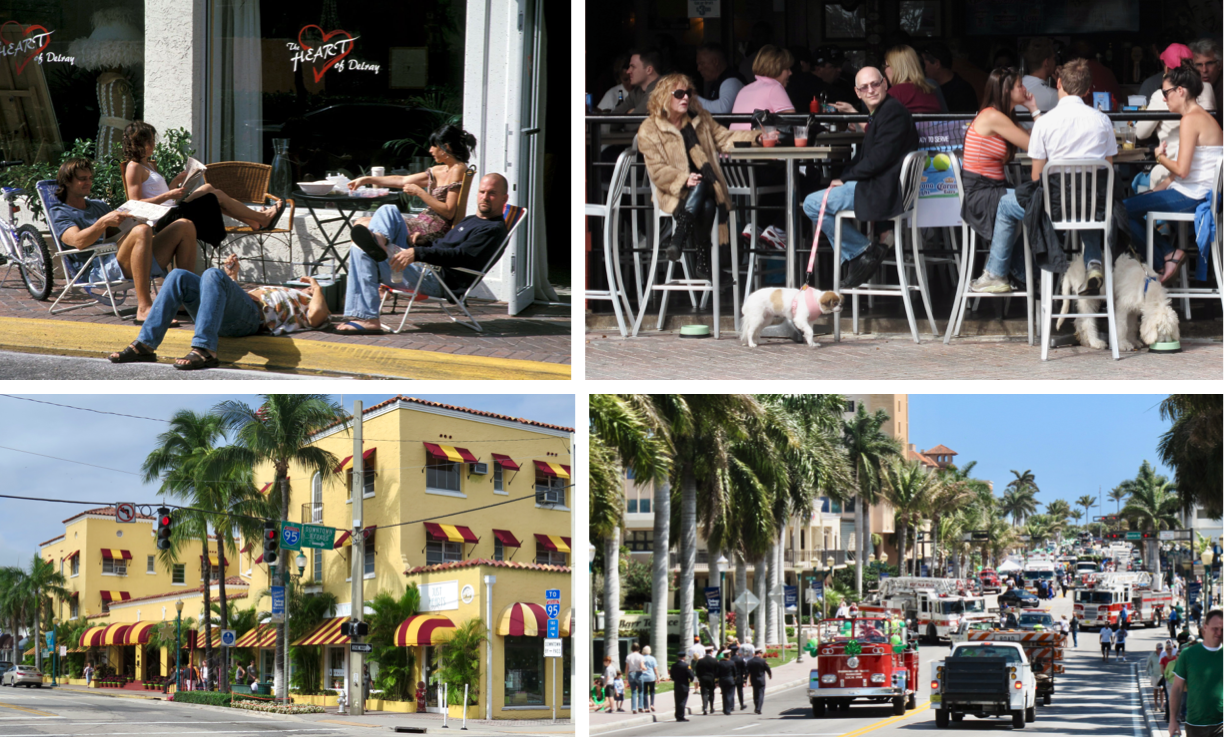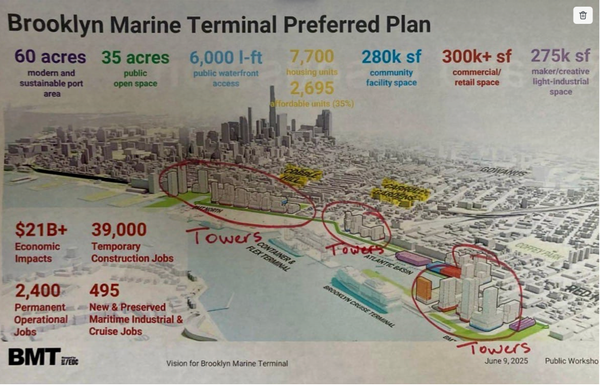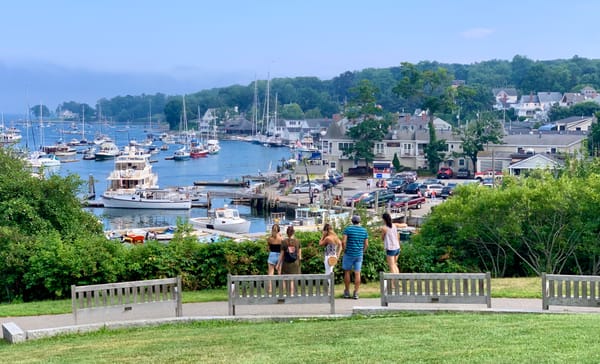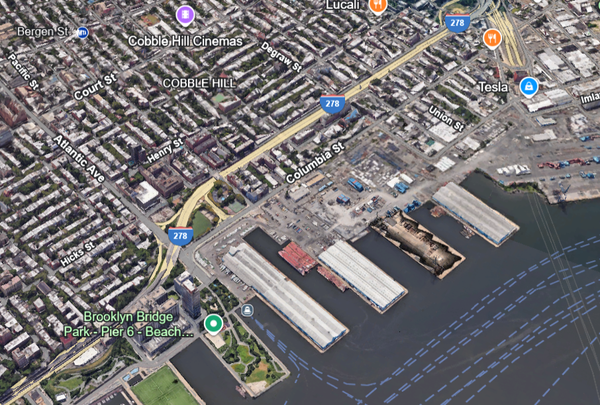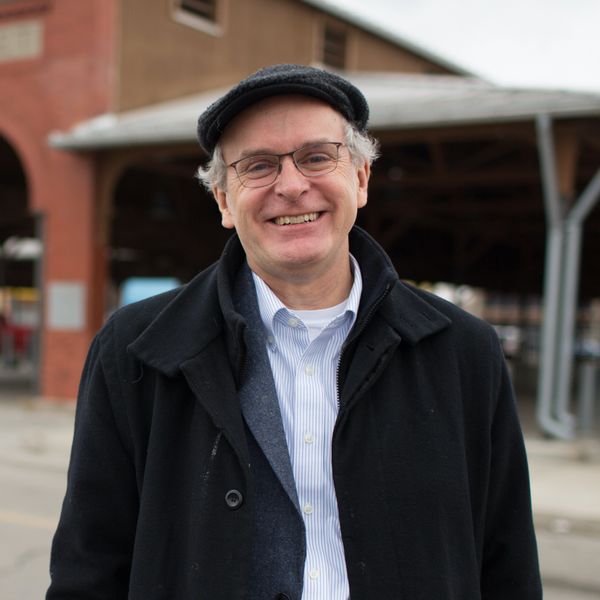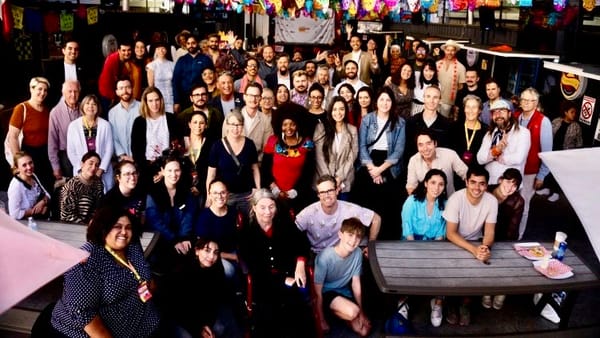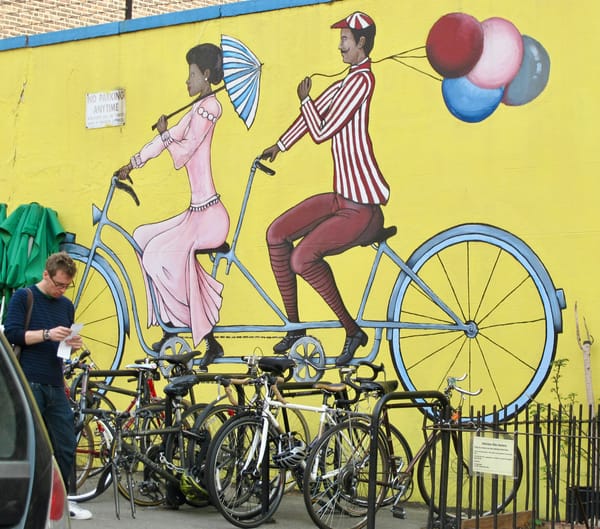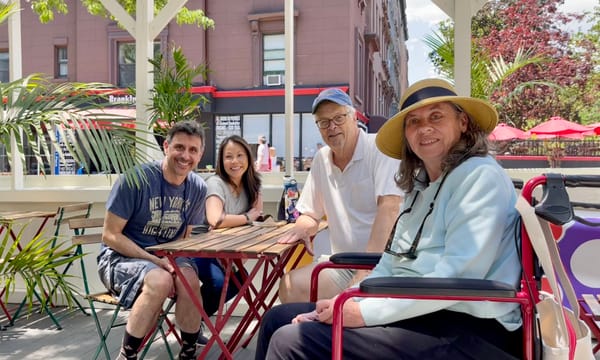Delray is a city in transition between a charming "village" feel and a growing car presence and culture. It sits on a fence that many cities and towns in the US do, making it a perfect case study to dive into when discussing these two facets of modern American life and how to move forward in the best way.
However, before we can make changes of any kind, we must first reflect on what we cherish about a particular place. What is there to protect? What has been lost that should be brought back? What never was but should be?
We think this is an exercise that everyone living in a city in transition or trying to define its future should do in order to identify challenges and opportunities moving forward. This is an approach through which we can preserve the places we love and build more of them.
Where Delray Beach thrives and what we like most about it
We think there is still a lot that is great in Delray and so we want to start with what we love about it. Each person who has a special feeling toward Delray that led them to make a home here or to keep coming back here over the years could be asked to do the same assessment. That collection of what people like and what they feel they've lost can be the basis for creating the future we all want.
Biking in historic neighborhoods is how we saw so much change happening. On an annual basis for 25 years, we would bike all around Delray Beach from A1A to I-95, discovering different neighborhoods. We saw a lot and found much to be proud of in communities with members of all incomes, races, and cultures.
Historically, Delray Beach, like many towns and cities, grew neighborhoods defined by porches and neighborhood public places with small stores and gathering spaces at crossroads. There are so many lessons from that period that we need to bring "back to the future" and restore the village feel that brought people here in the first place.
Some of the best neighborhood streets we have seen in the United States
The narrow residential streets in Delray's historic neighborhoods are what we liked most. They were wonderful for walking, biking and playing. Vehicles practically "walked" their car through these neighborhoods. We have biked on most of them and we feel like we are in heaven when we do so. Recently, we were on one such street in a car. It was easy to stop and talk to people when we had a question, almost like when we were riding a bike. It felt like a truly shared space where everyone was welcome.
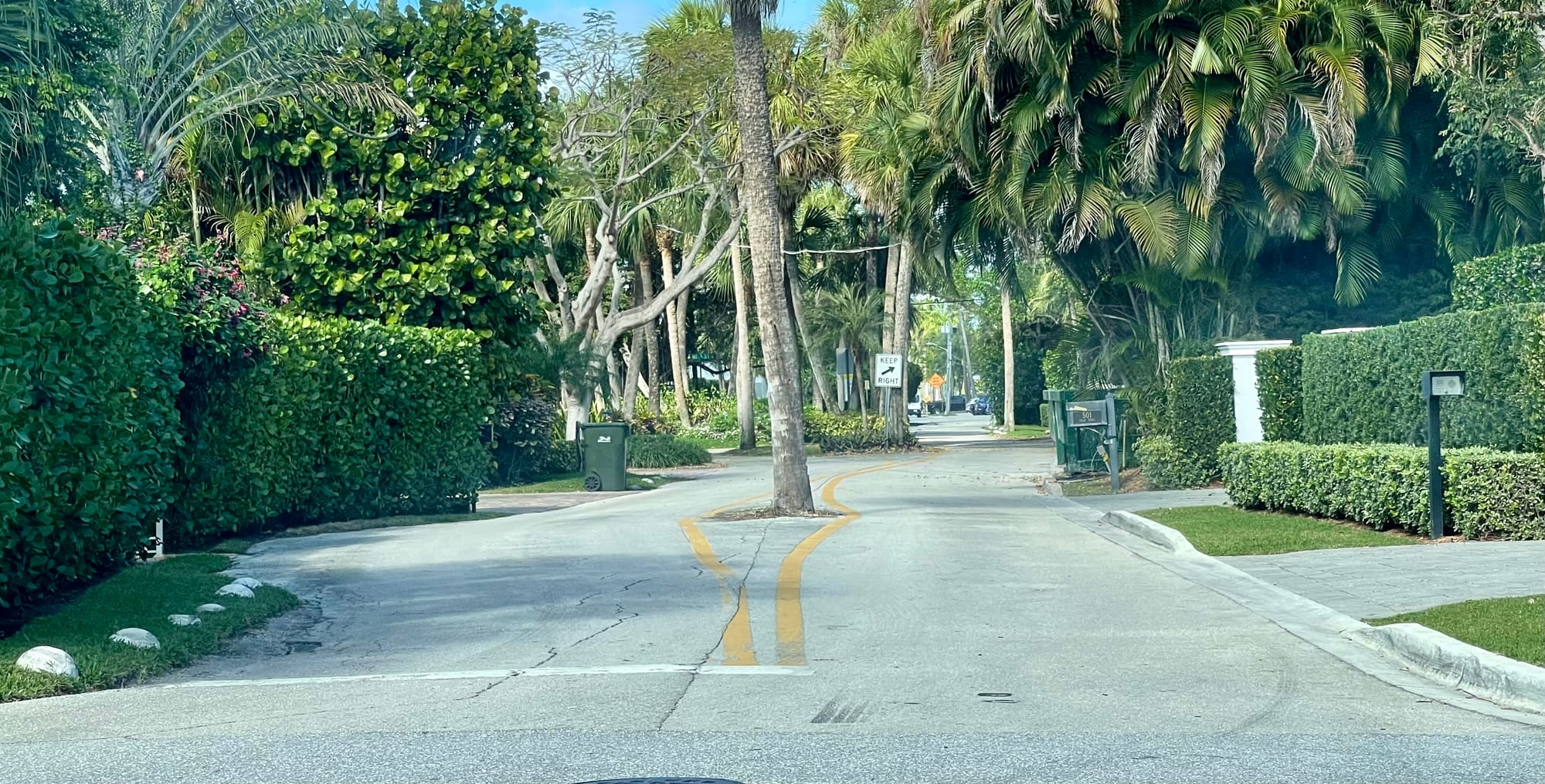
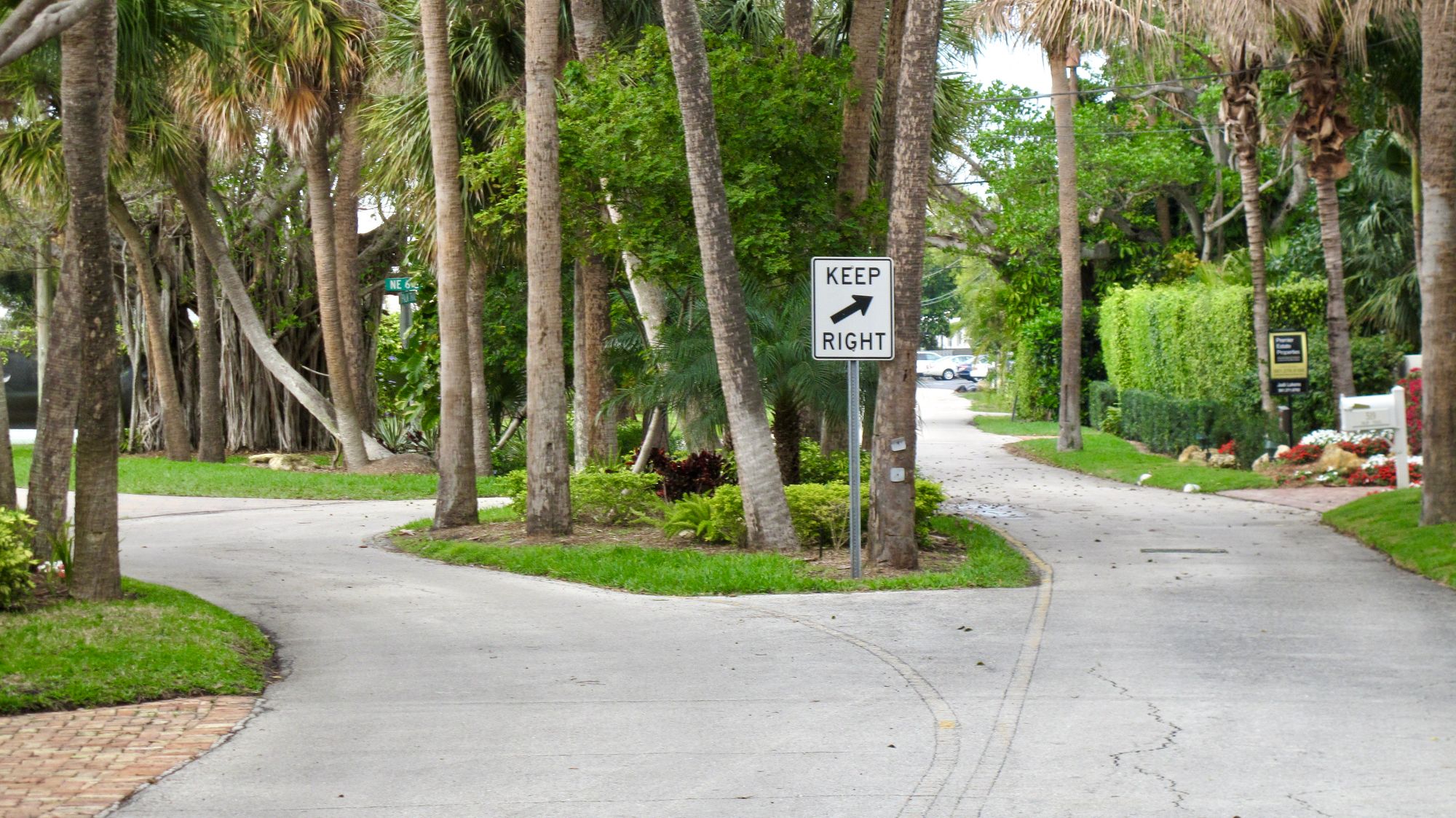
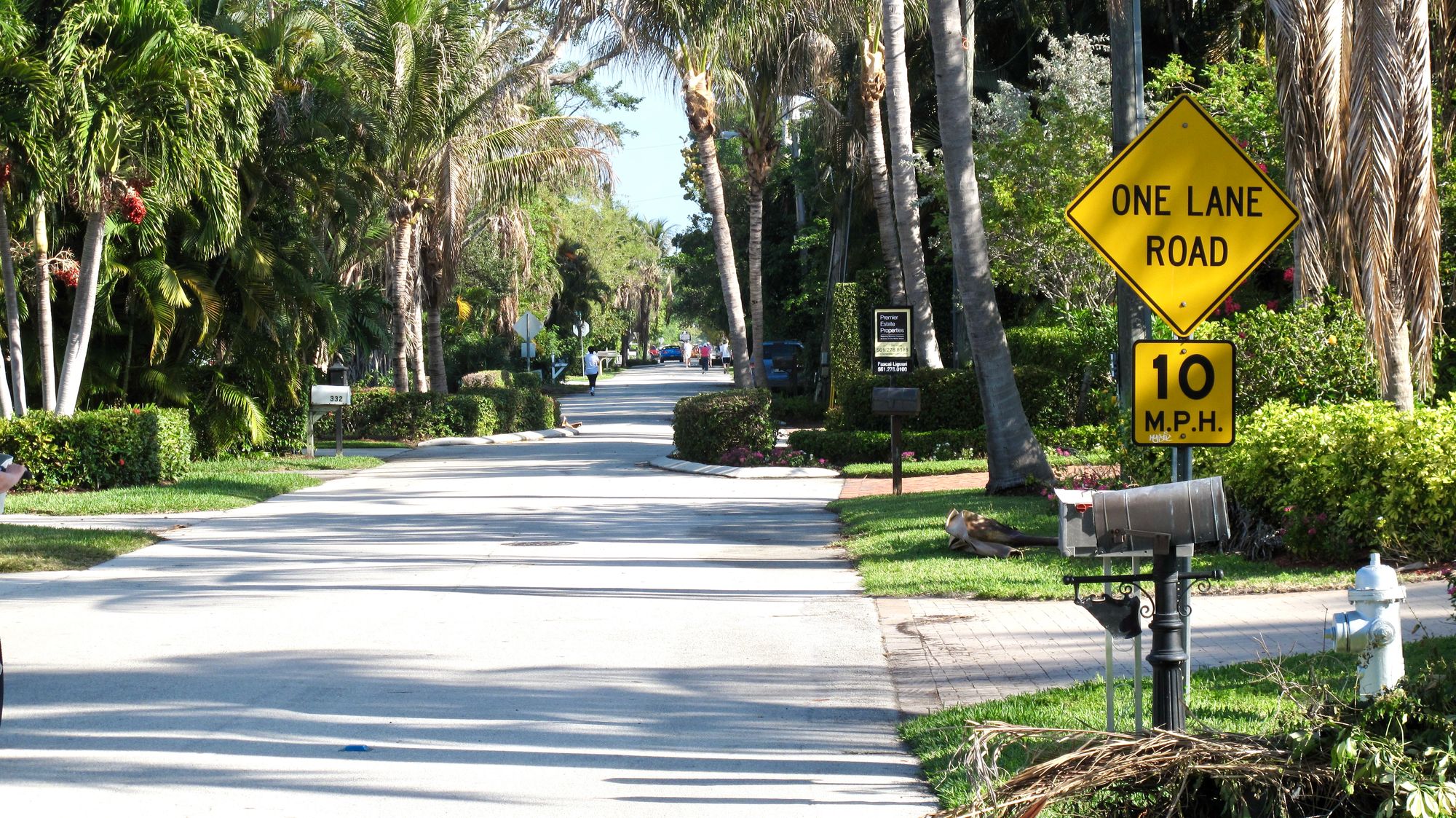
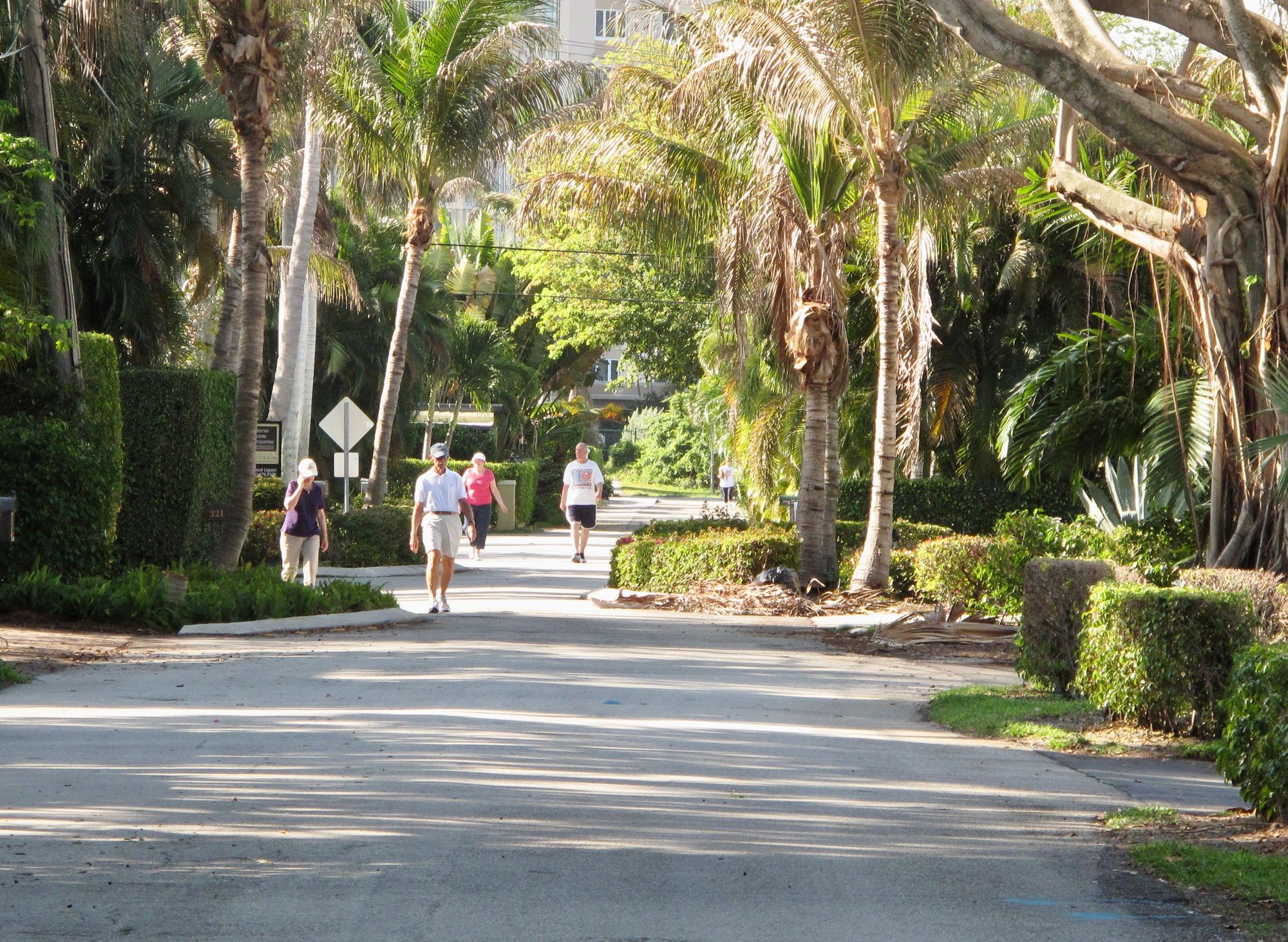
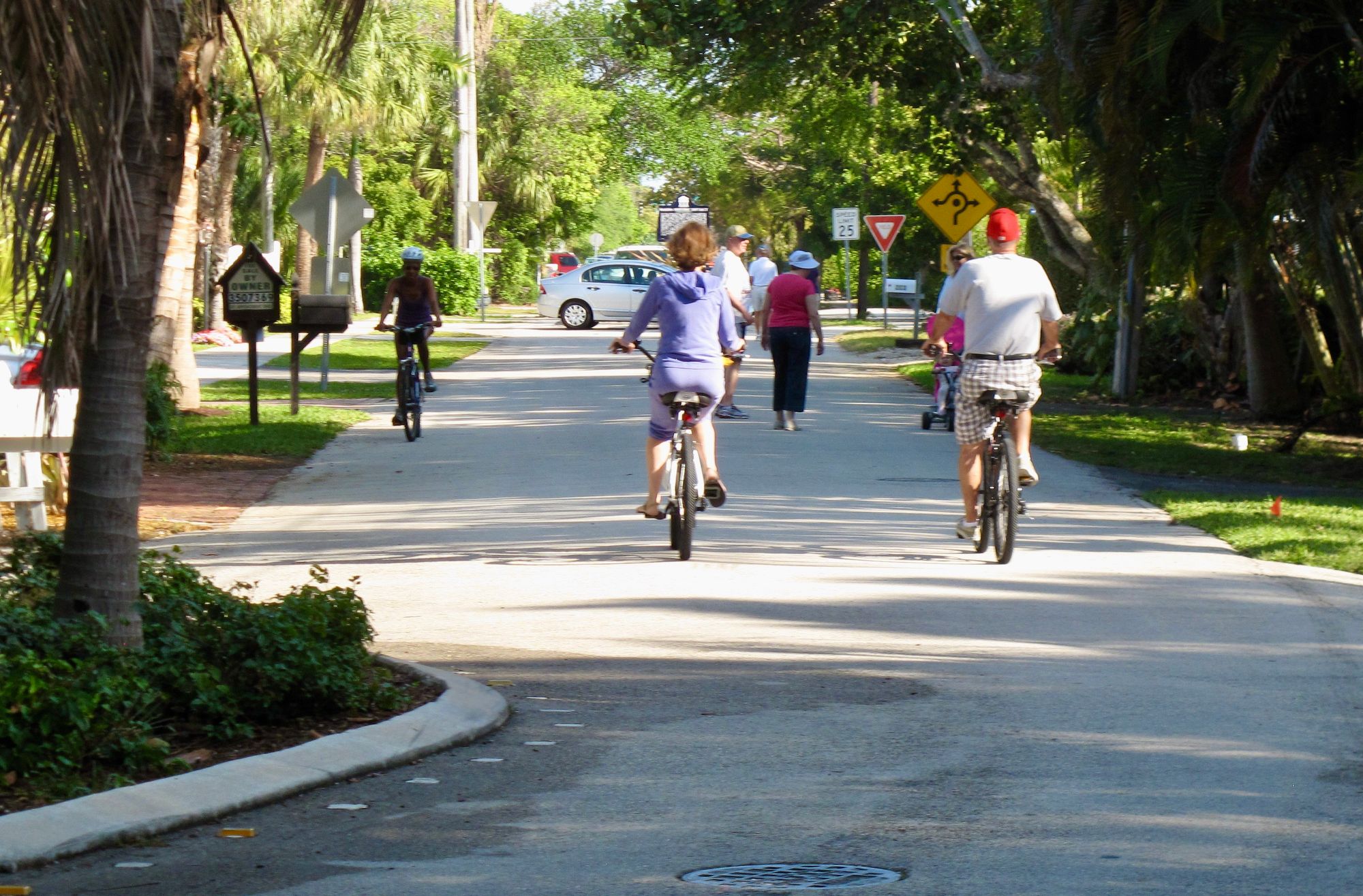
Neighborhood intersections, roundabouts, and local streets
Now that we are trying to understand what the future of Delray could be, we drive through various neighborhoods where we see all kinds of people that clearly love and care for their home. There is a strong village feel to most of these places.
These special neighborhoods start with the intersections, which act as gateways into them from the main streets. As one eases into each neighborhood street they immediately get a feel that they are easy to walk along and speeds are low. Some yards have swings, ornaments and seating that invite people to look more closely. In many places, people are strolling with their pets. There is a feeling of relaxation among residents and respect for the neighborhood.
One can imagine that, if they lived here, they would enjoy a strong sense of community. This seems even more true in some of the lower income neighborhoods where people spend more time in front of their houses, hanging out with their neighbors, smiling and chatting. We like those areas the most.
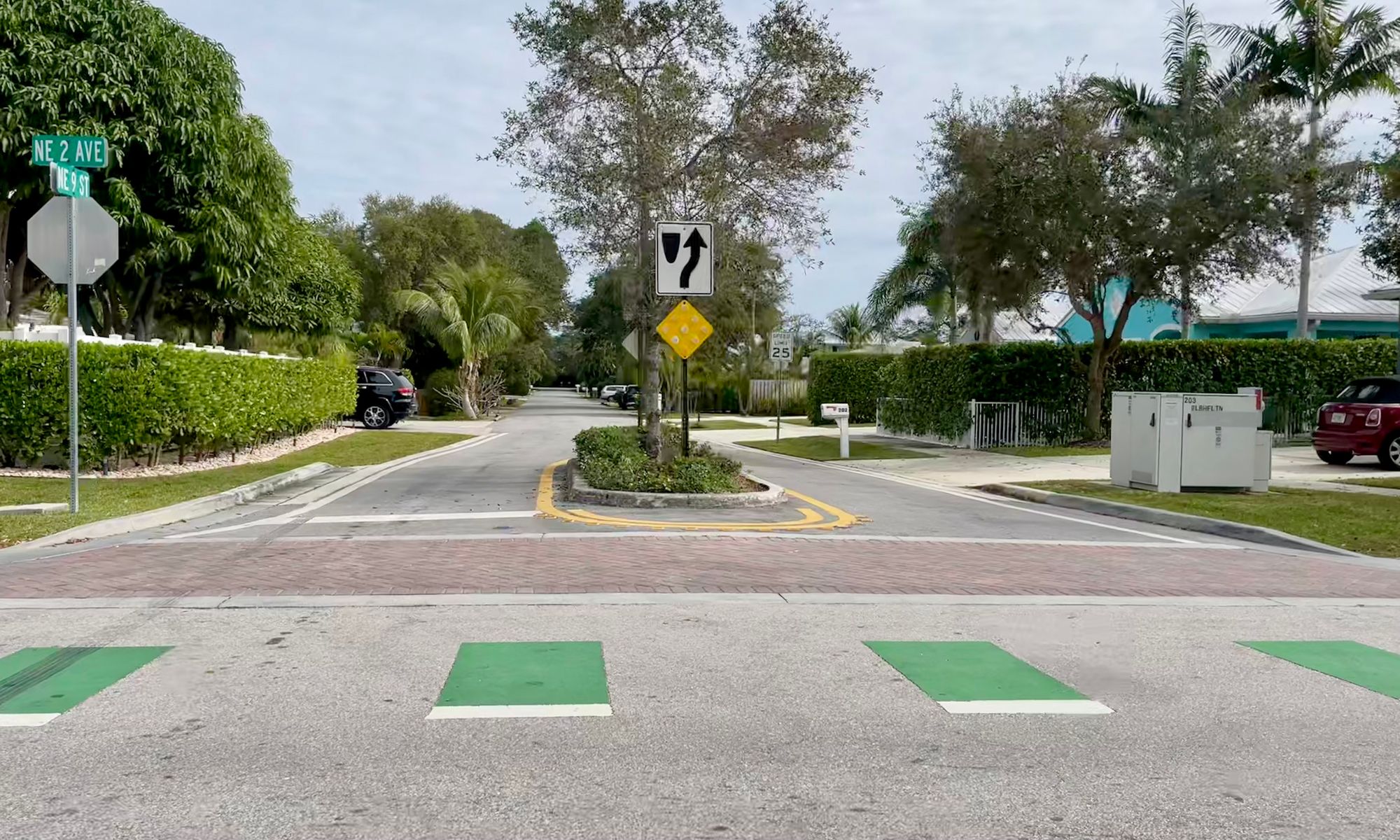
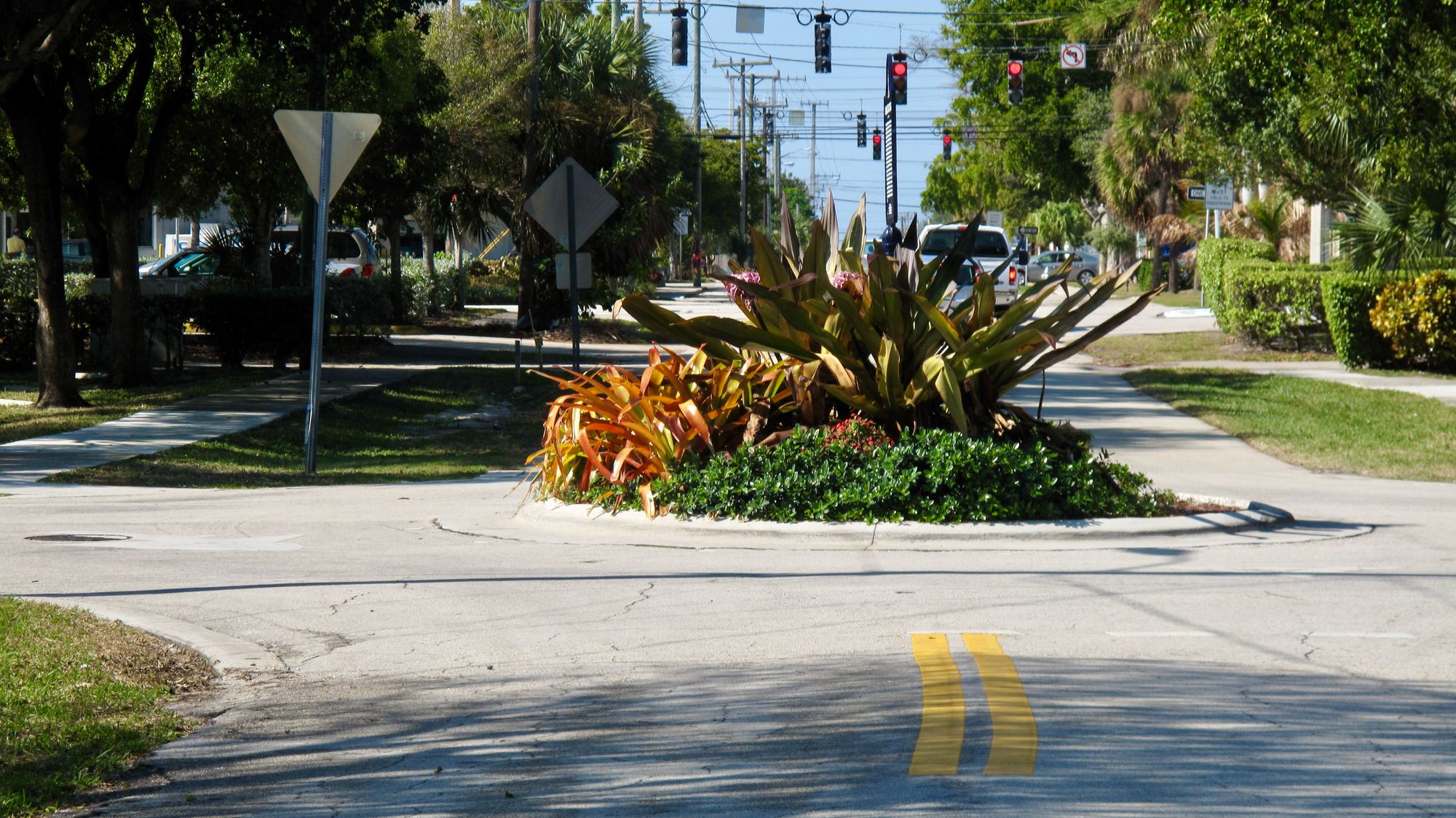
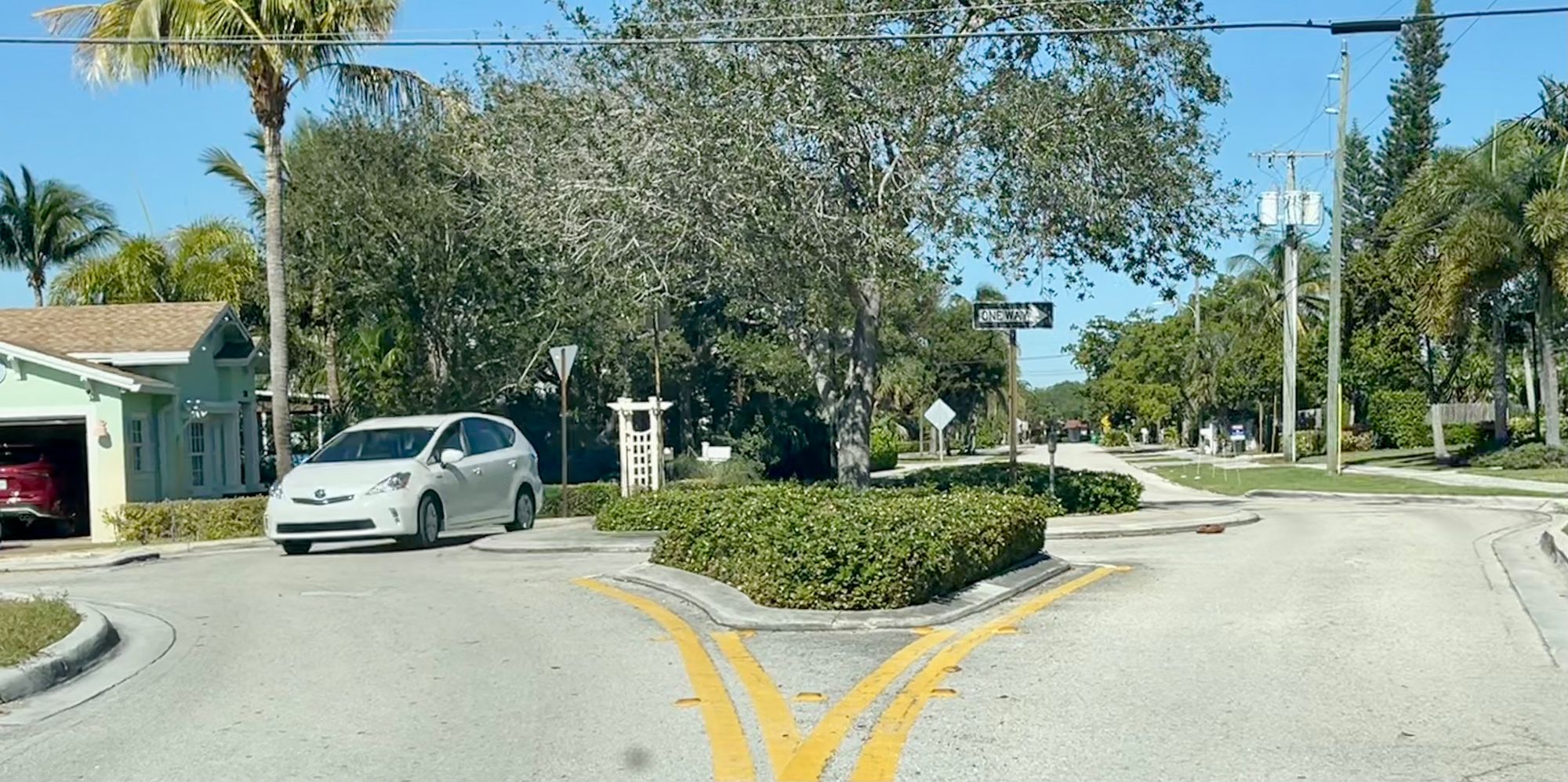
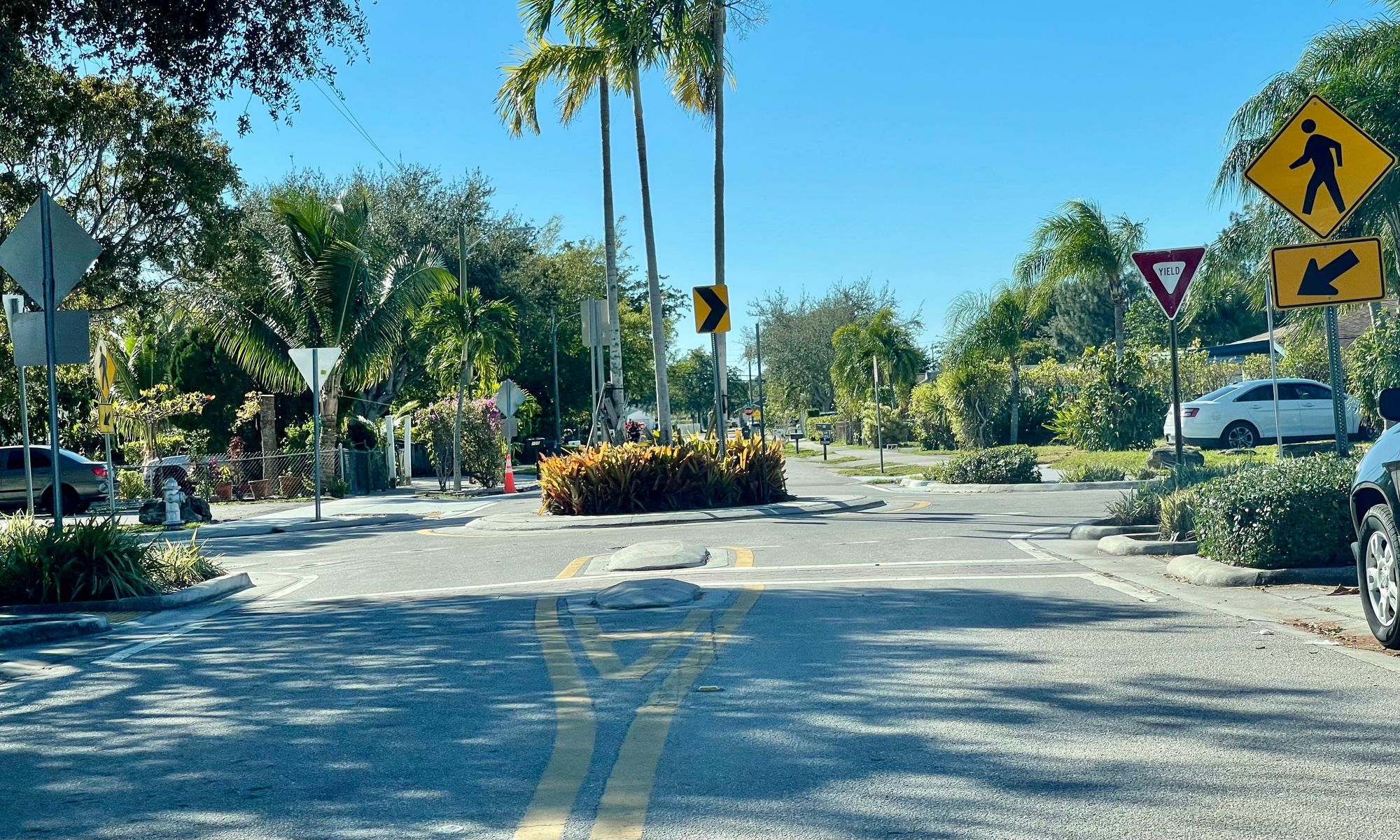
Beautiful North/South Roads in Delray Beach
Pineapple Grove NE 2nd section
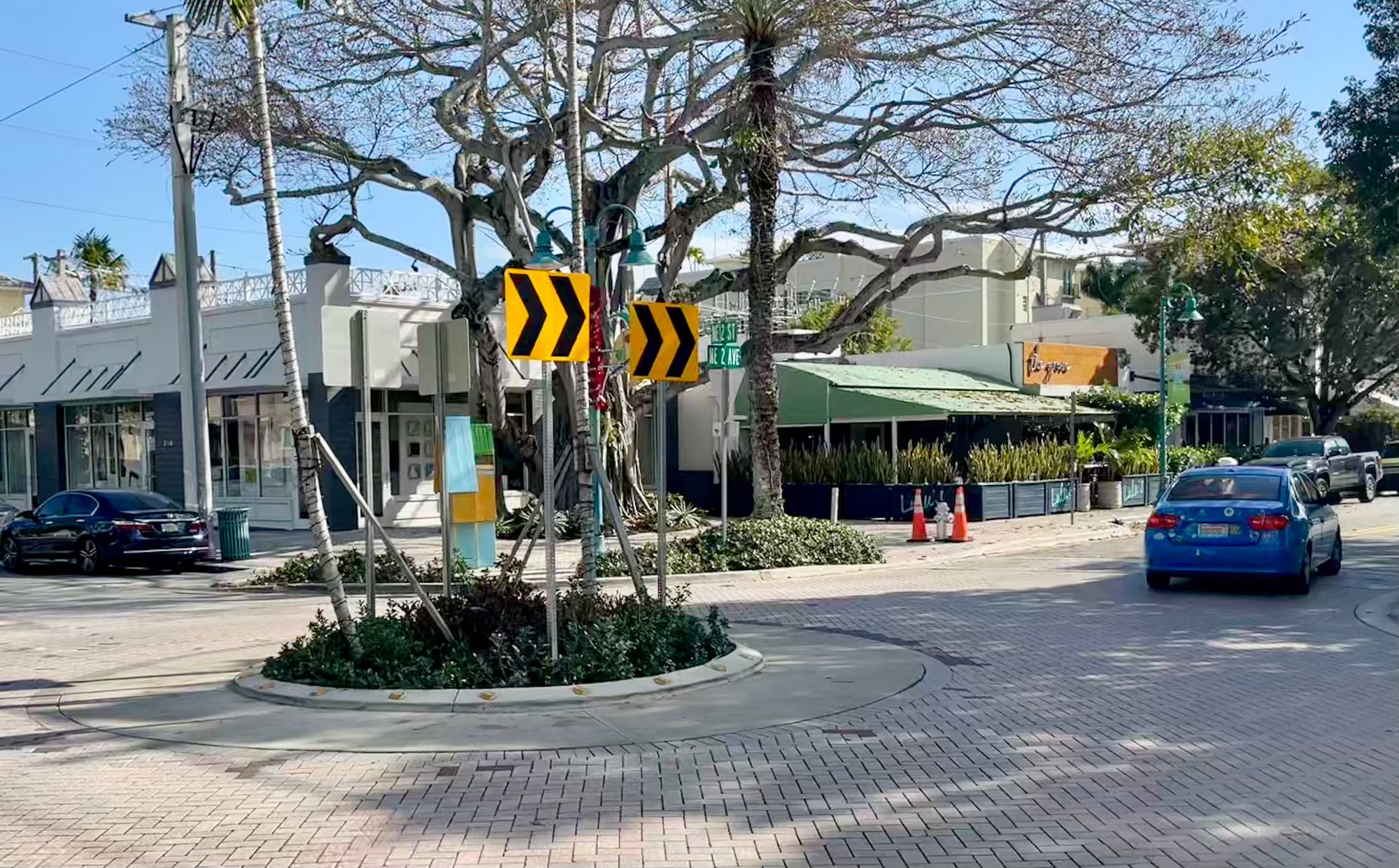
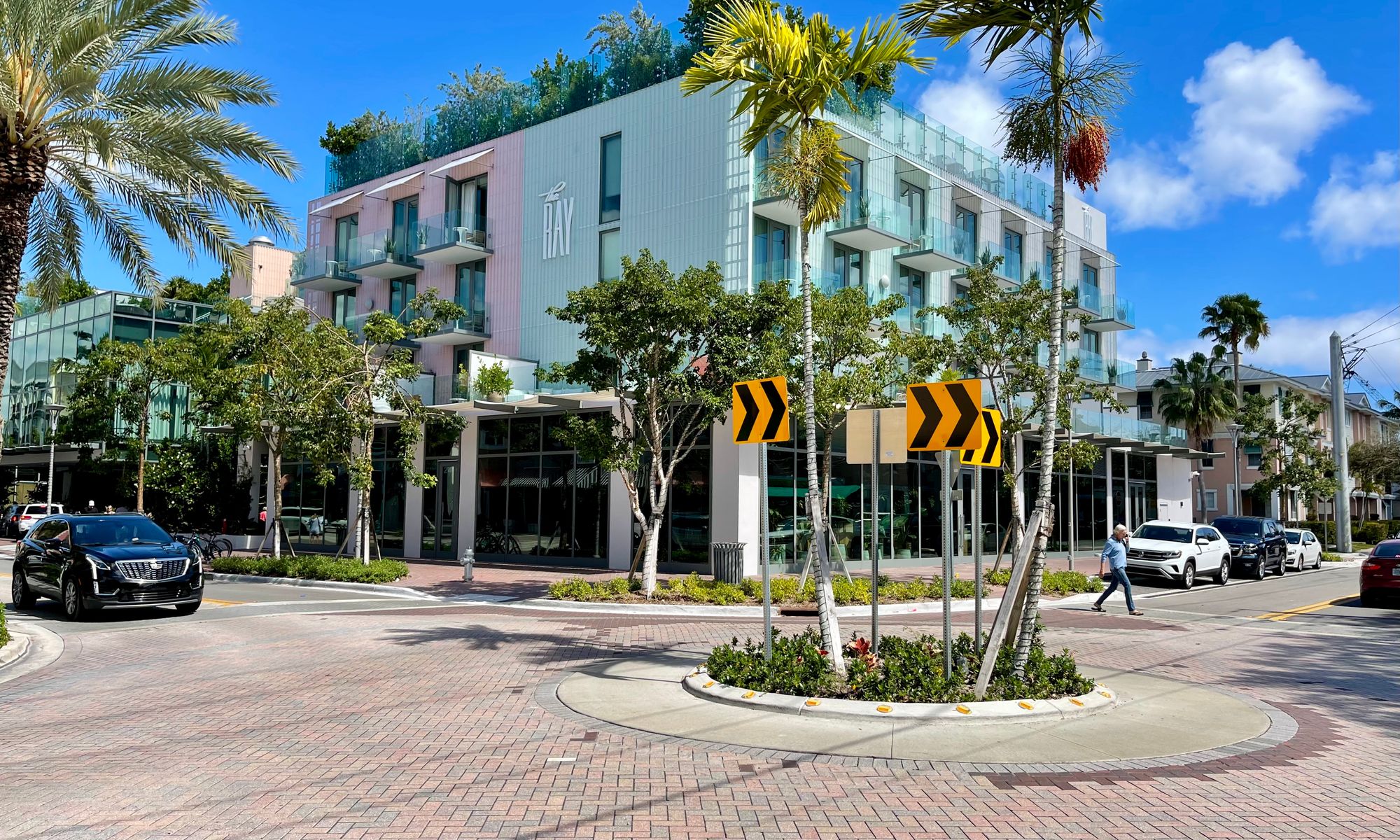
NE Second which becomes Seacrest going north
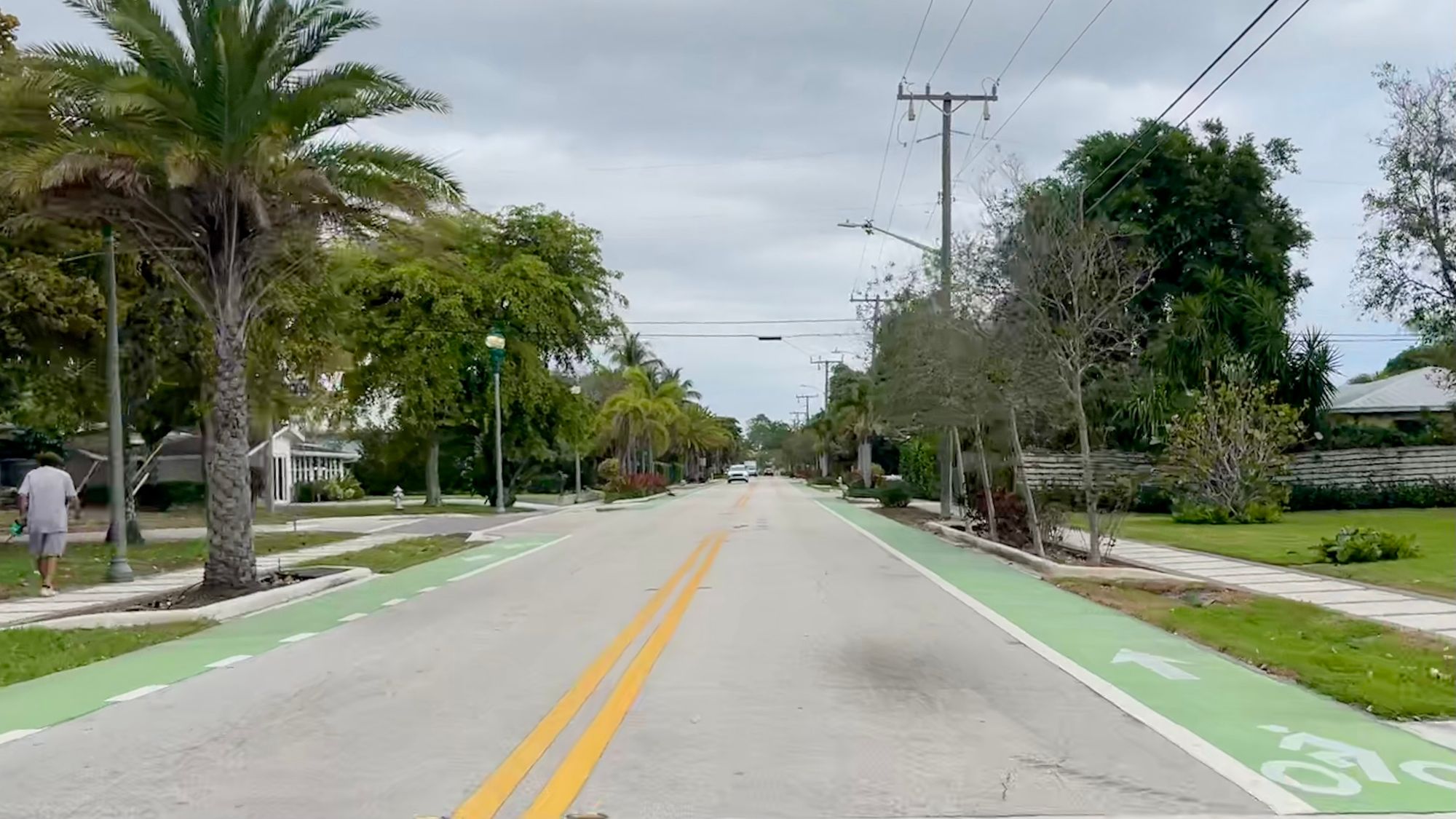
Swinton Avenue, north and south of the Atlantic intersection
This intersection has sidewalks on both sides with bicycles sharing the road. The speed limit is 25 mph. There is no conflict between bikes and cars. One feels like driving slow and enjoying the experience when here.
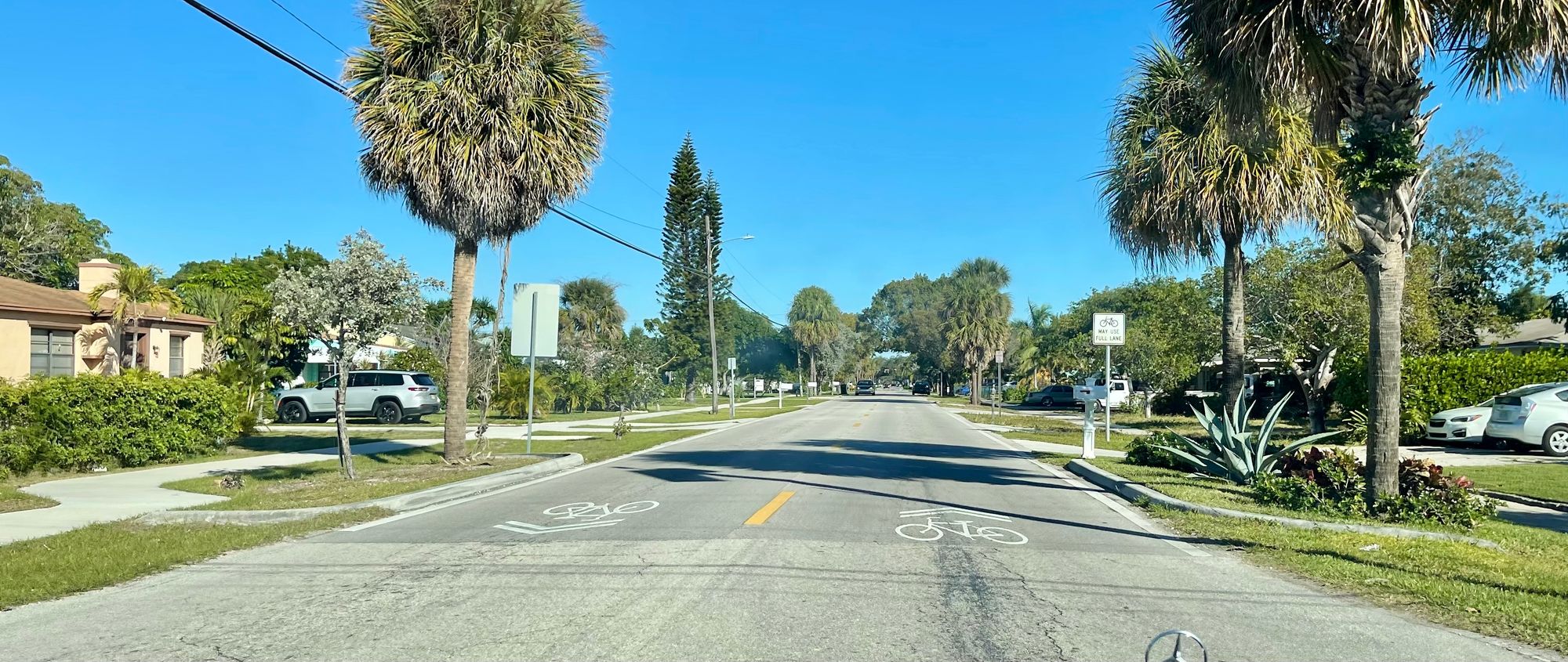
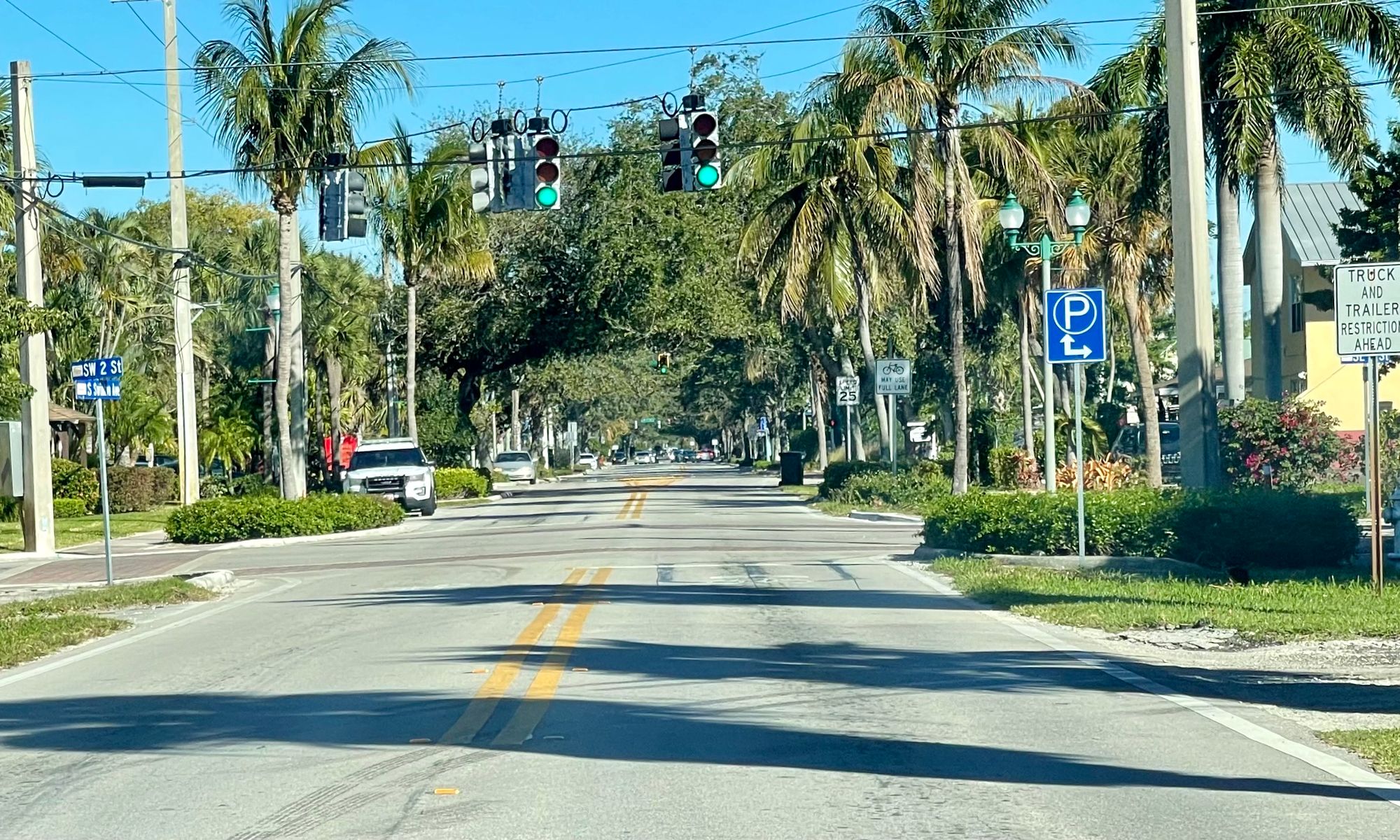
Atlantic's Core Blocks
Corners...even entire blocks here are wonderful
These five core blocks of Atlantic, Delray's main street, embrace everyone and anyone. They showcase humanity in such a wonderful way. These corners and blocks are some of the best we've seen and there are way too few places like this around.
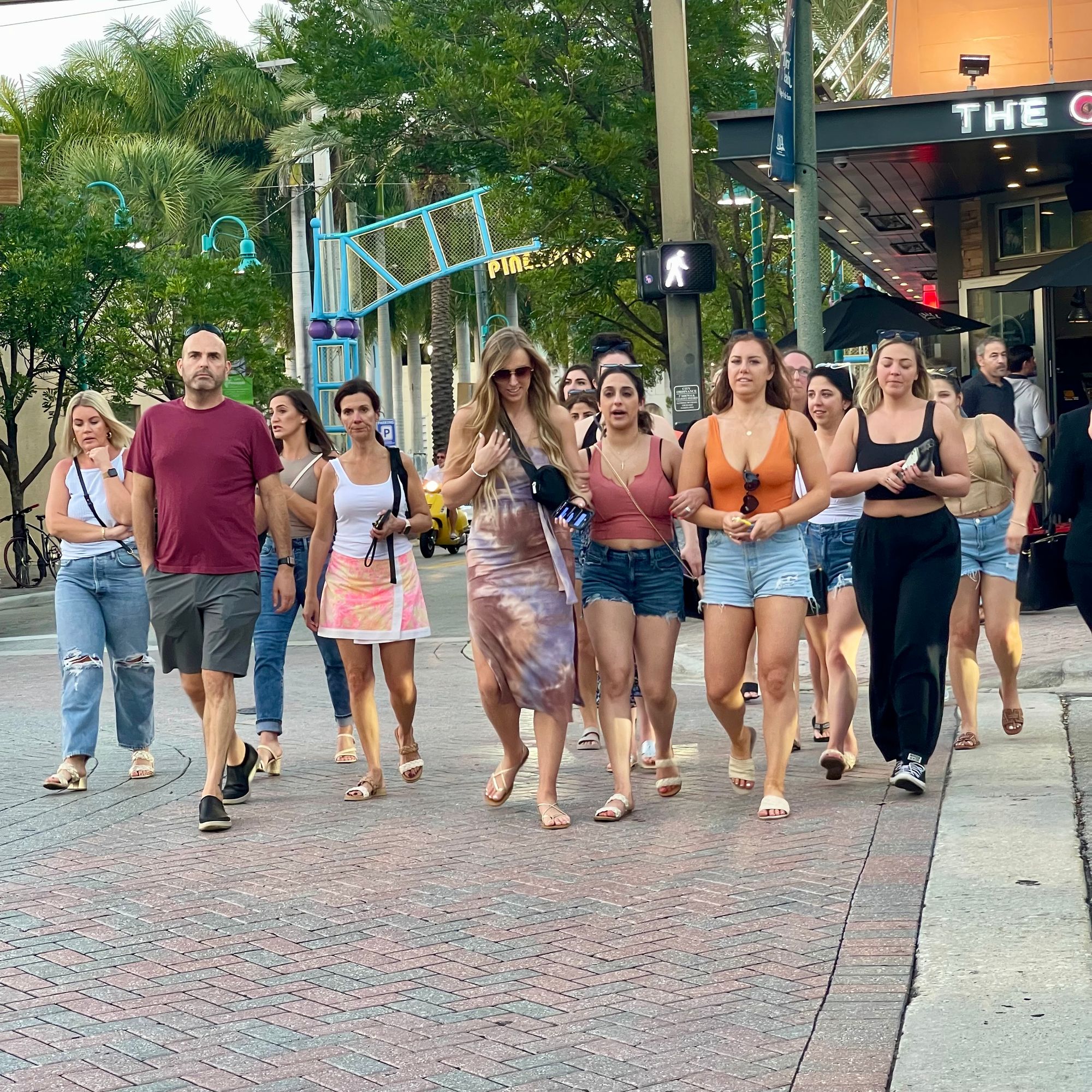
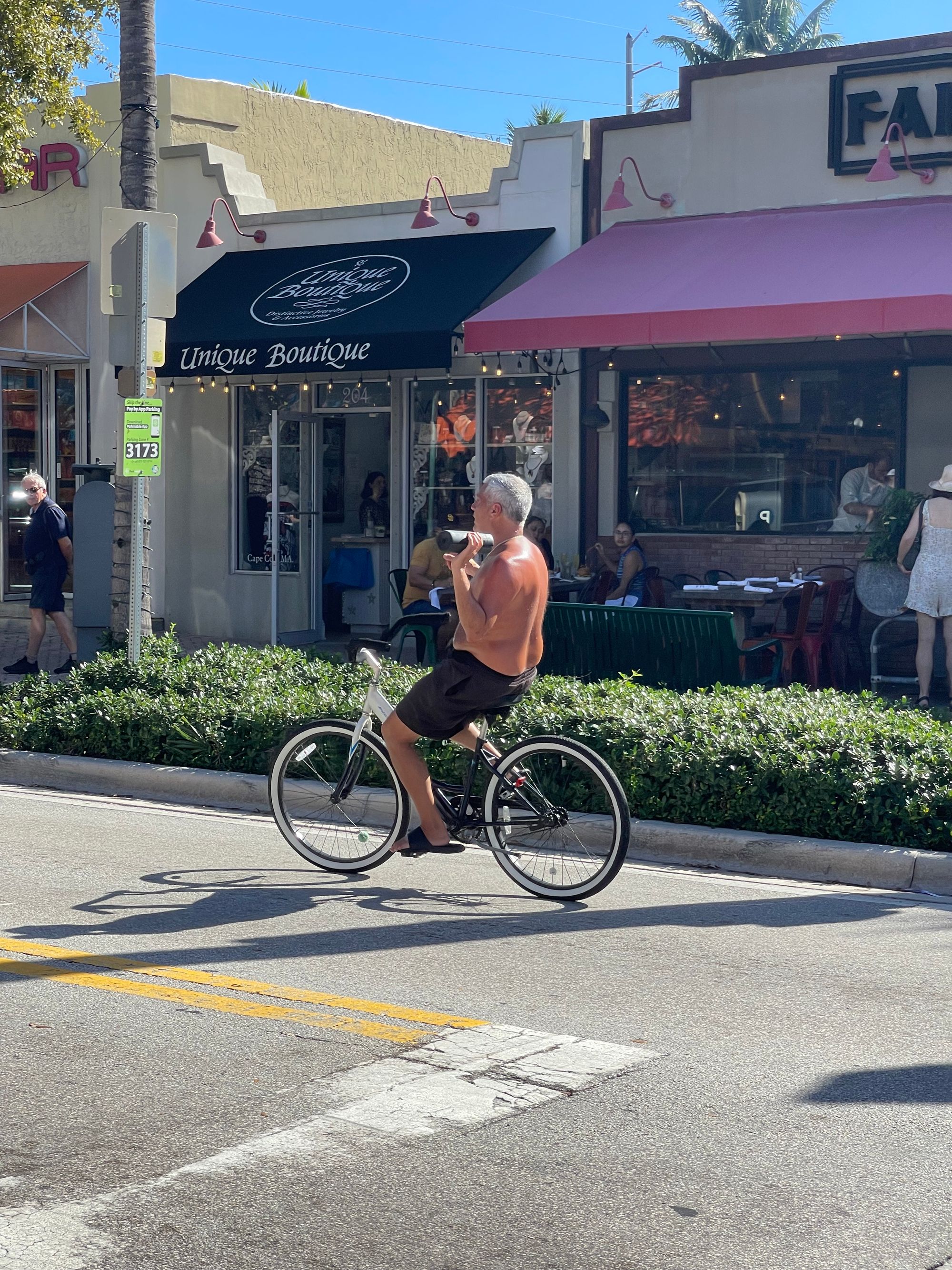
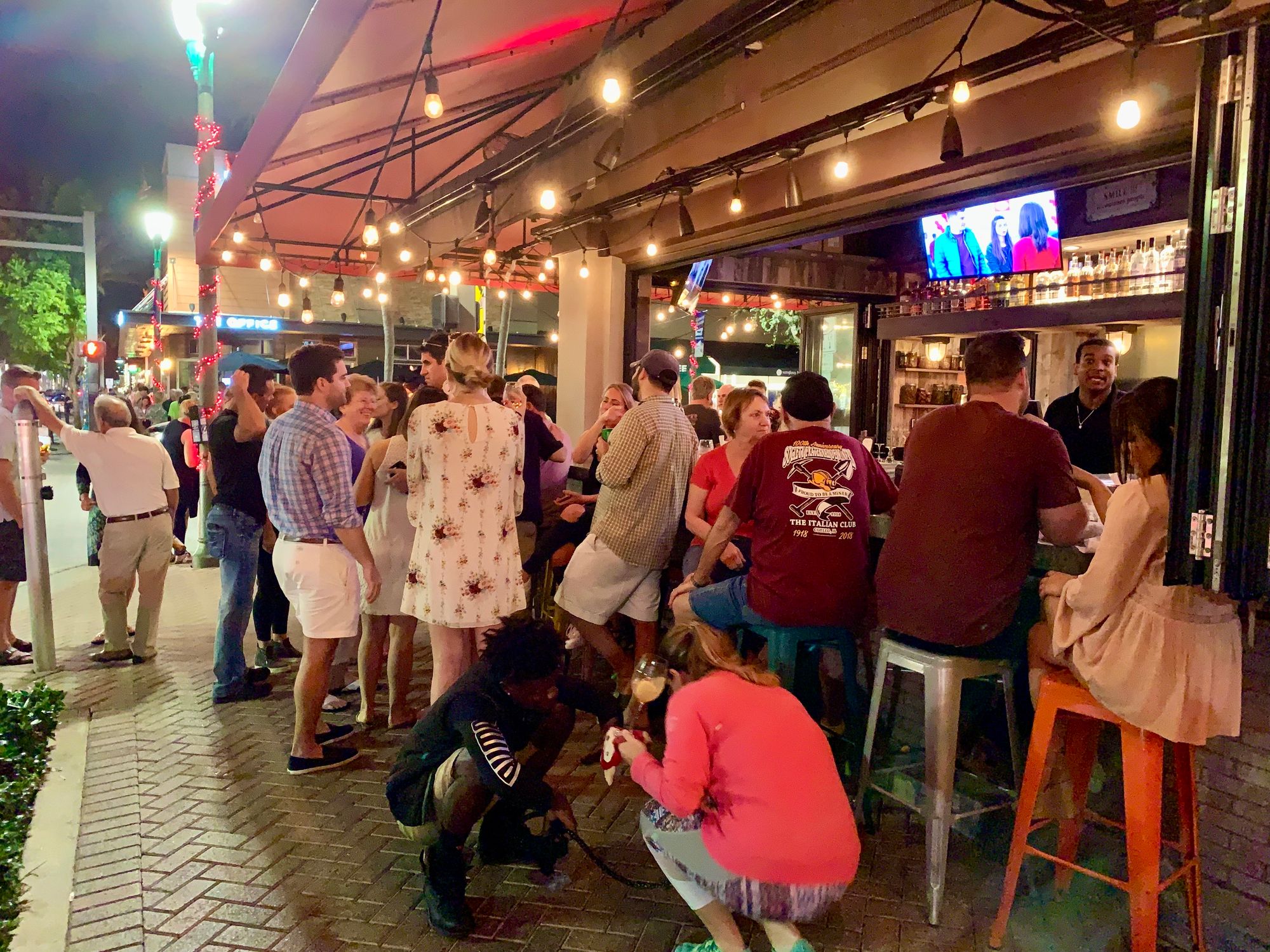
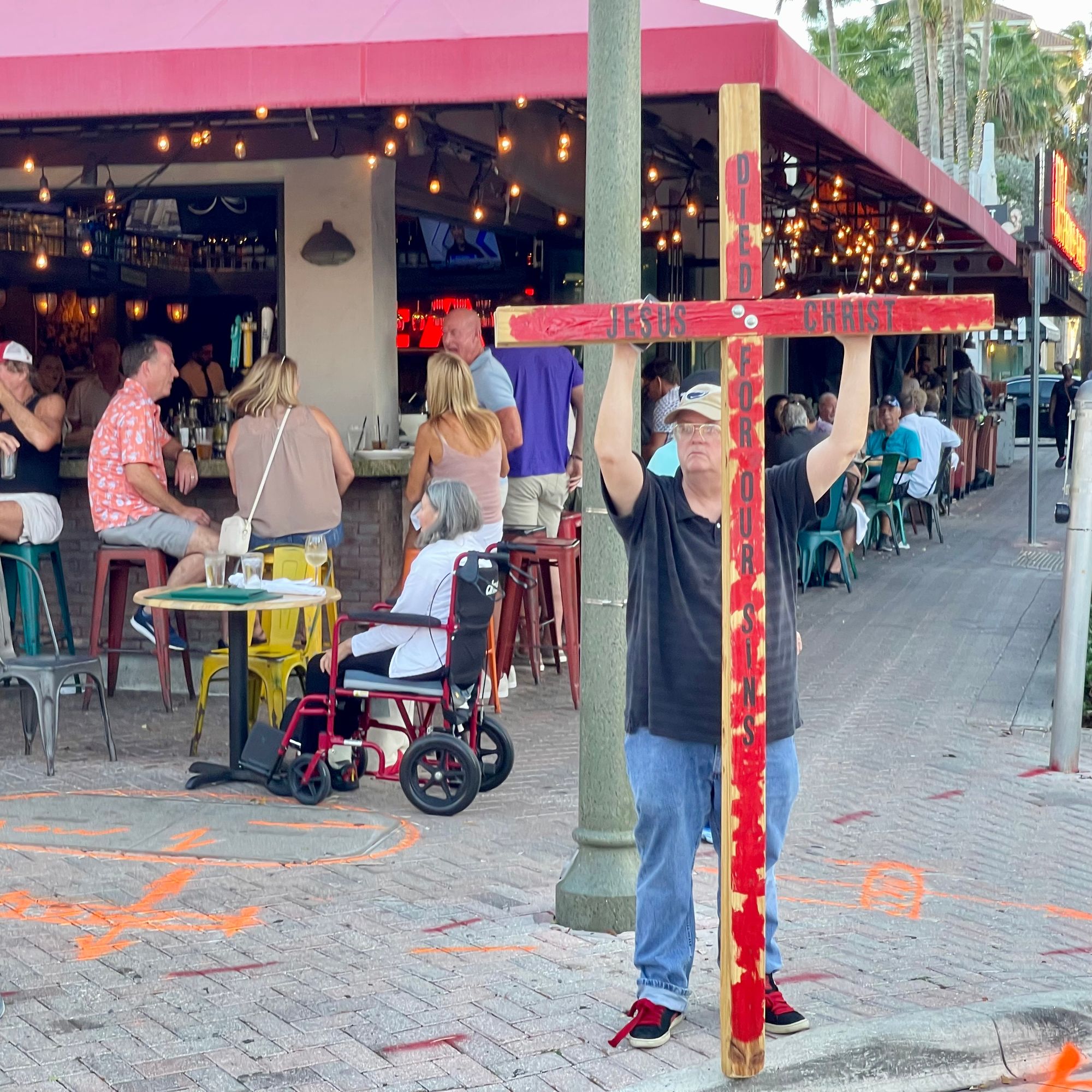
For more on these blocks:
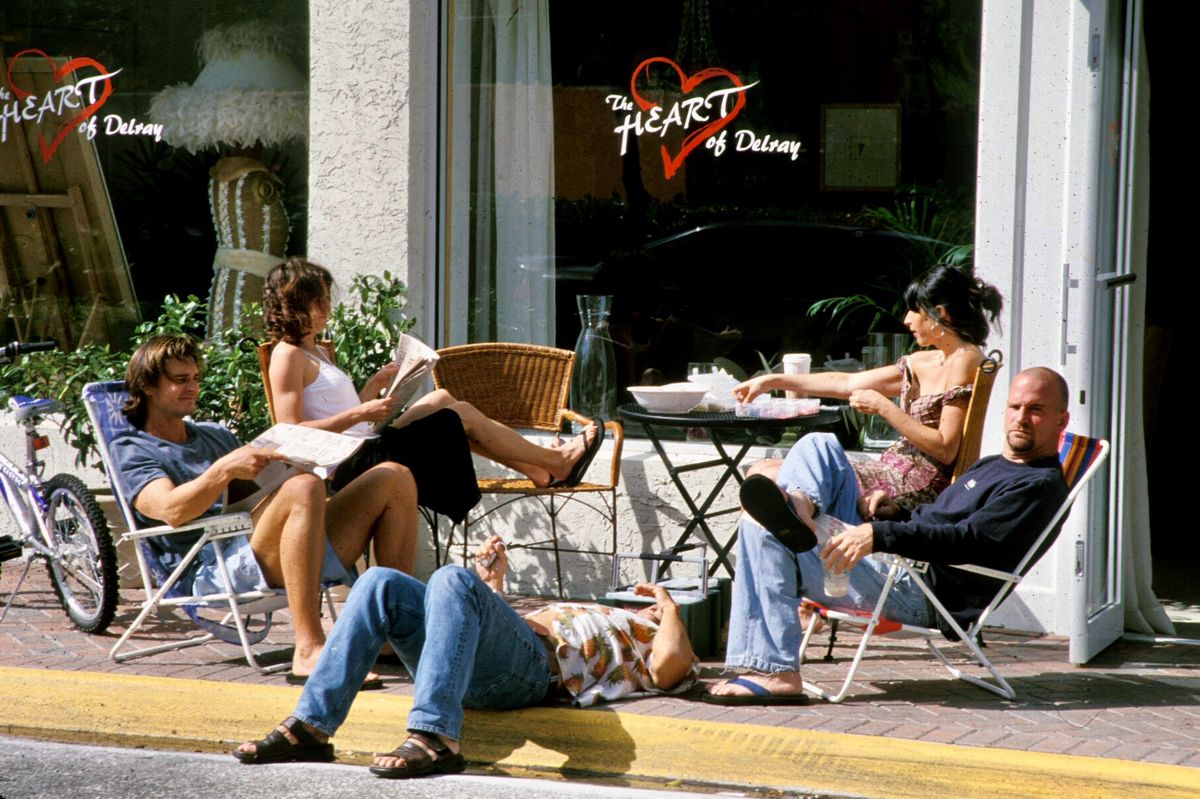
For more on Atlantic Avenue:
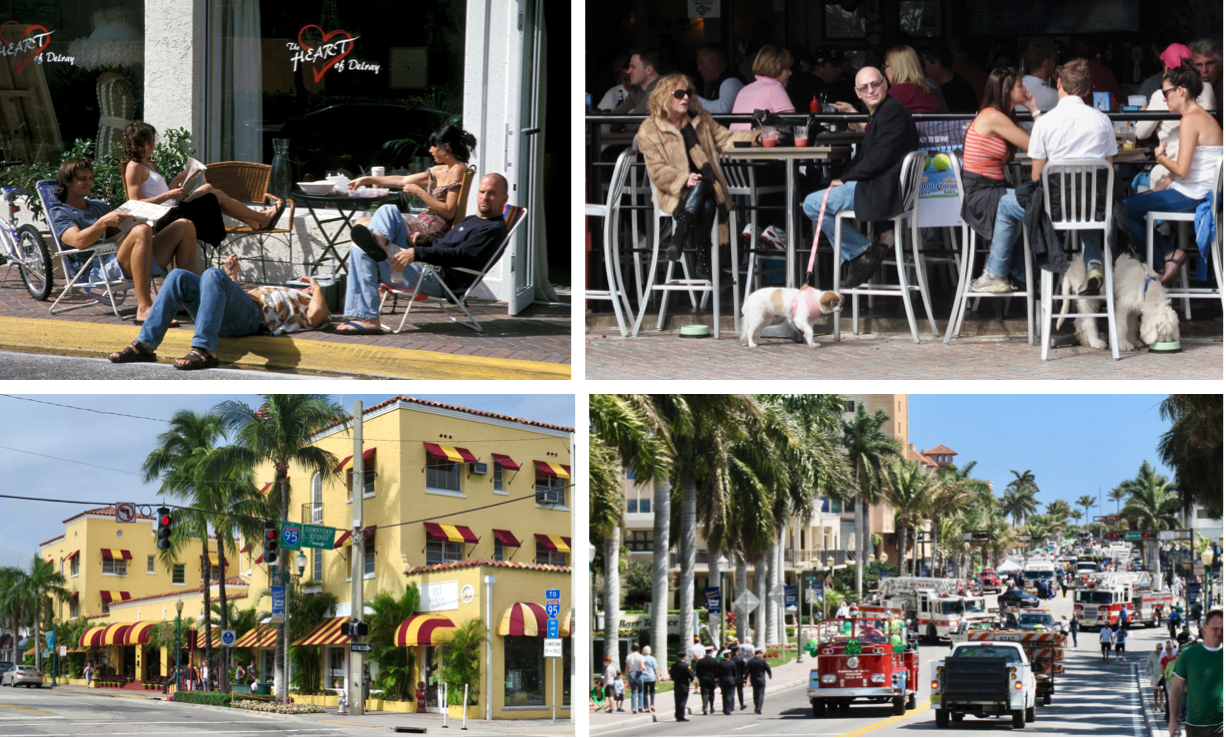
Historic neighborhoods
The historic neighborhoods in Delray are some of the best in the US post World War II. They are defined by porches and spacious front yards that spill out onto the sidewalk.

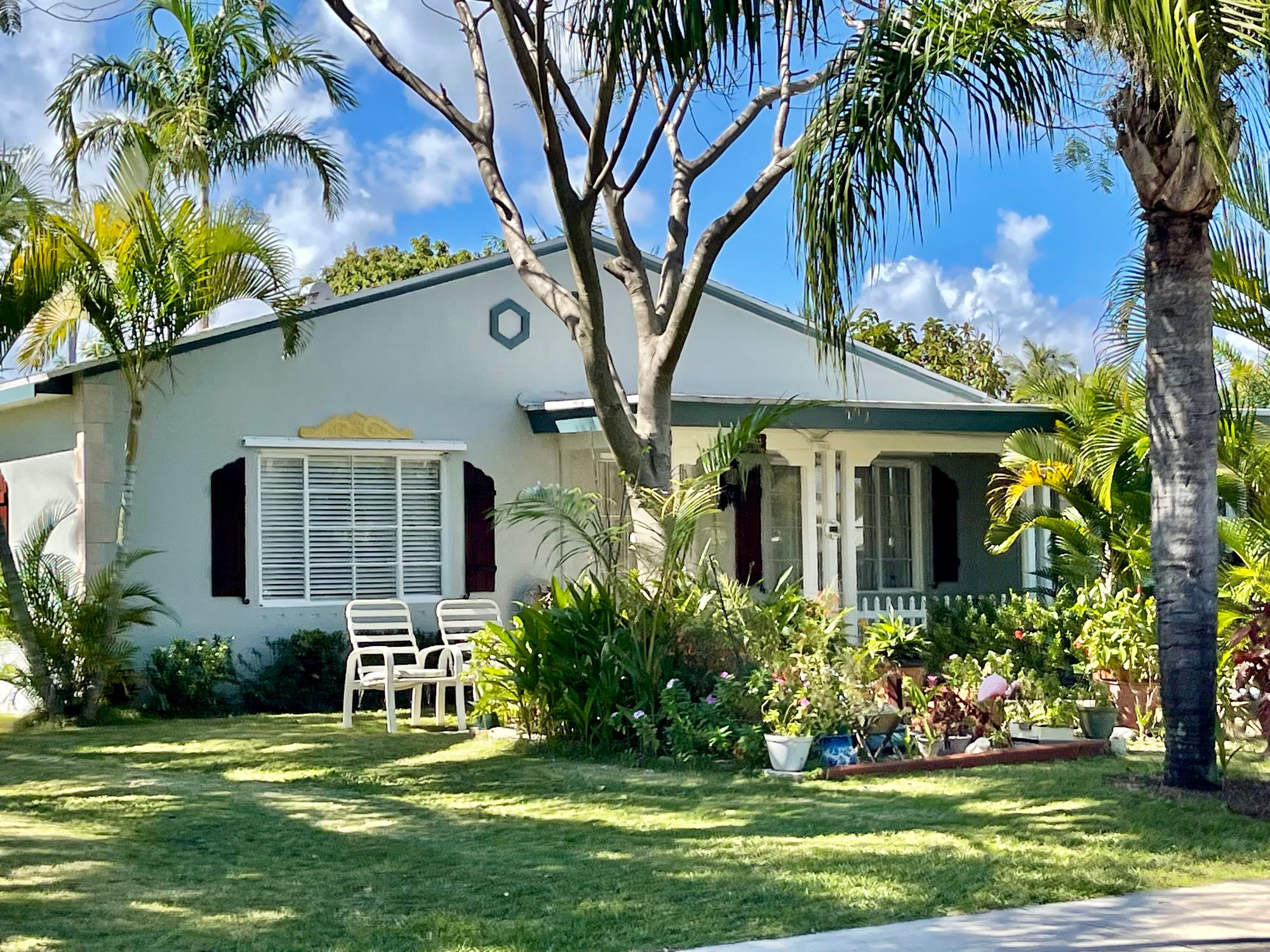
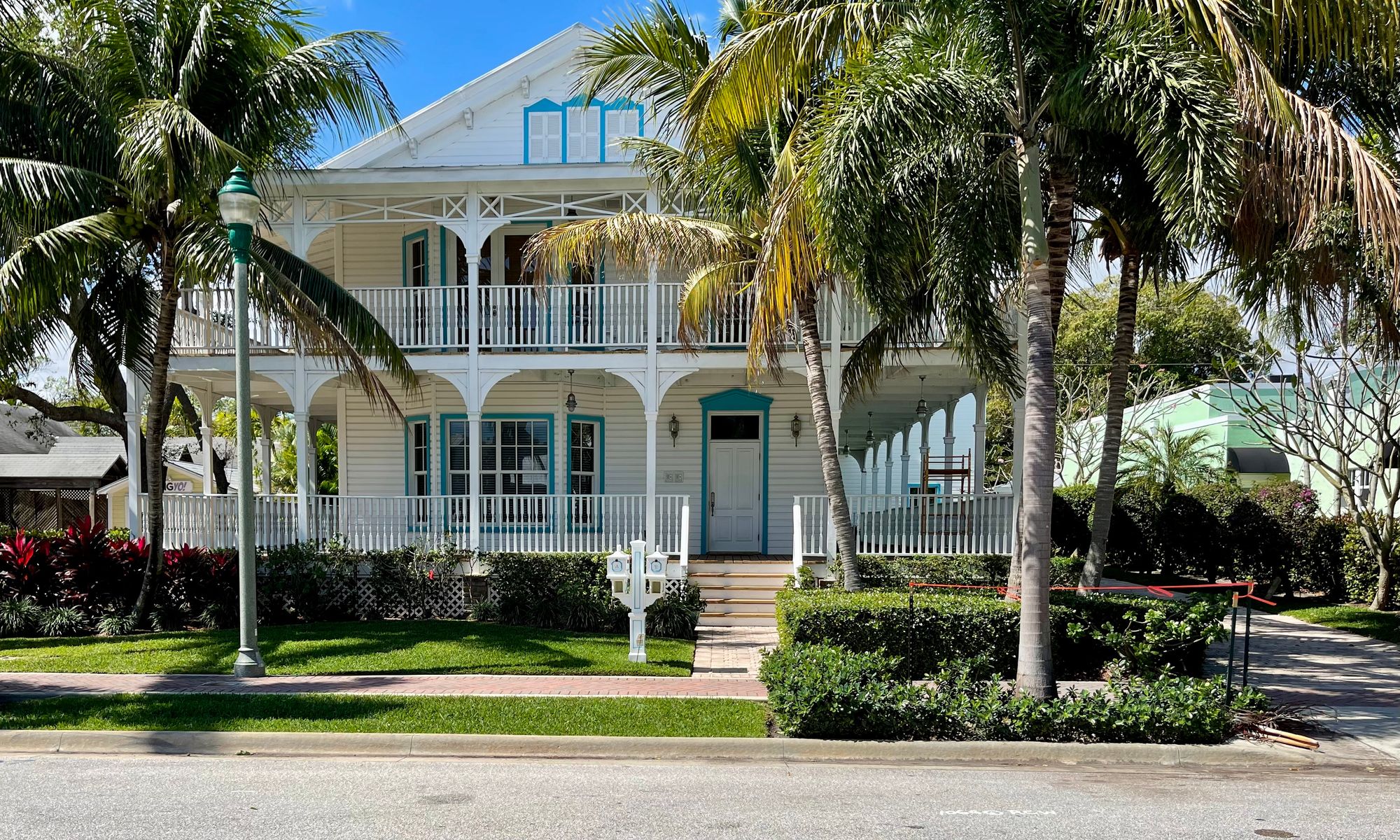
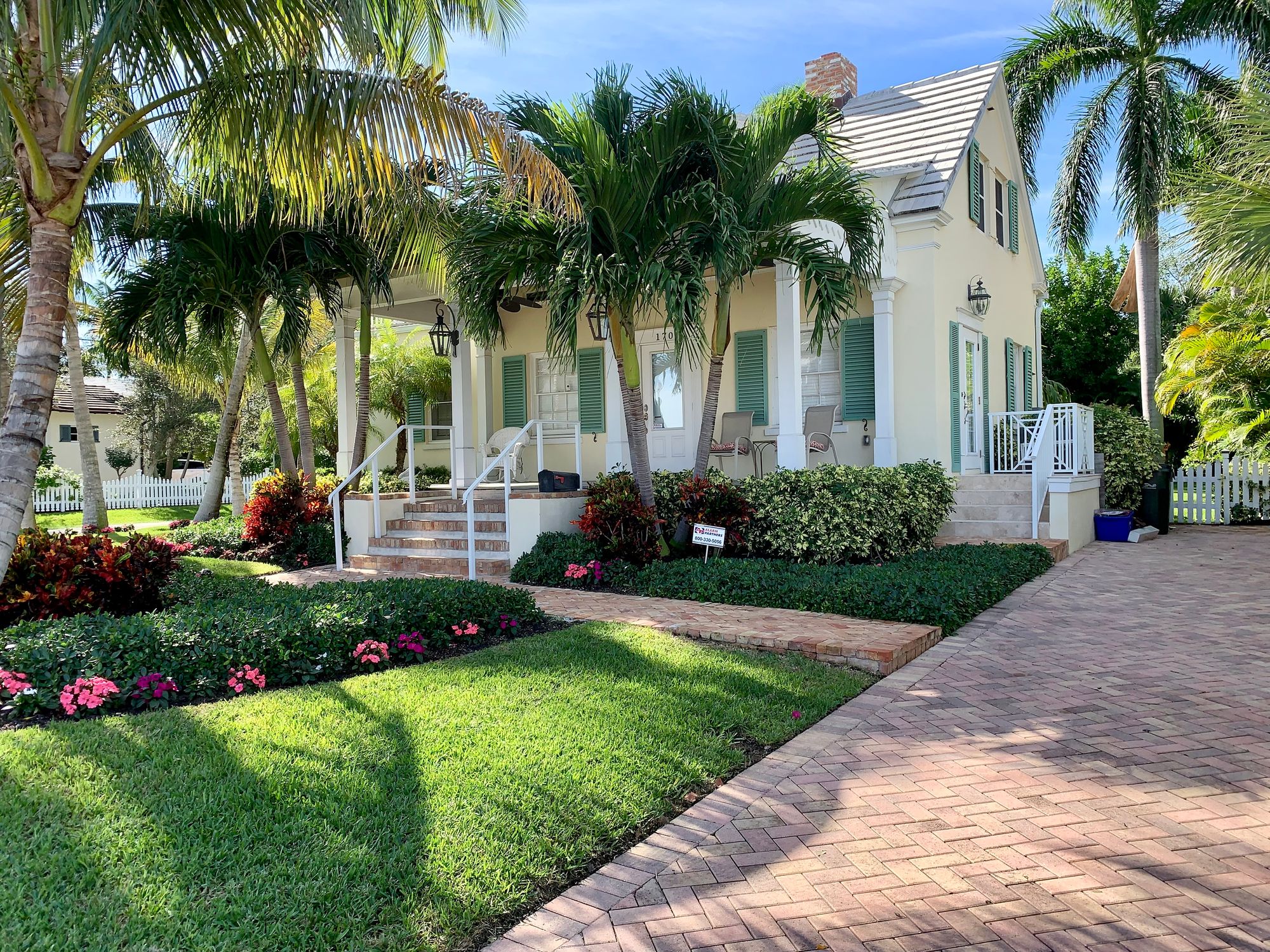
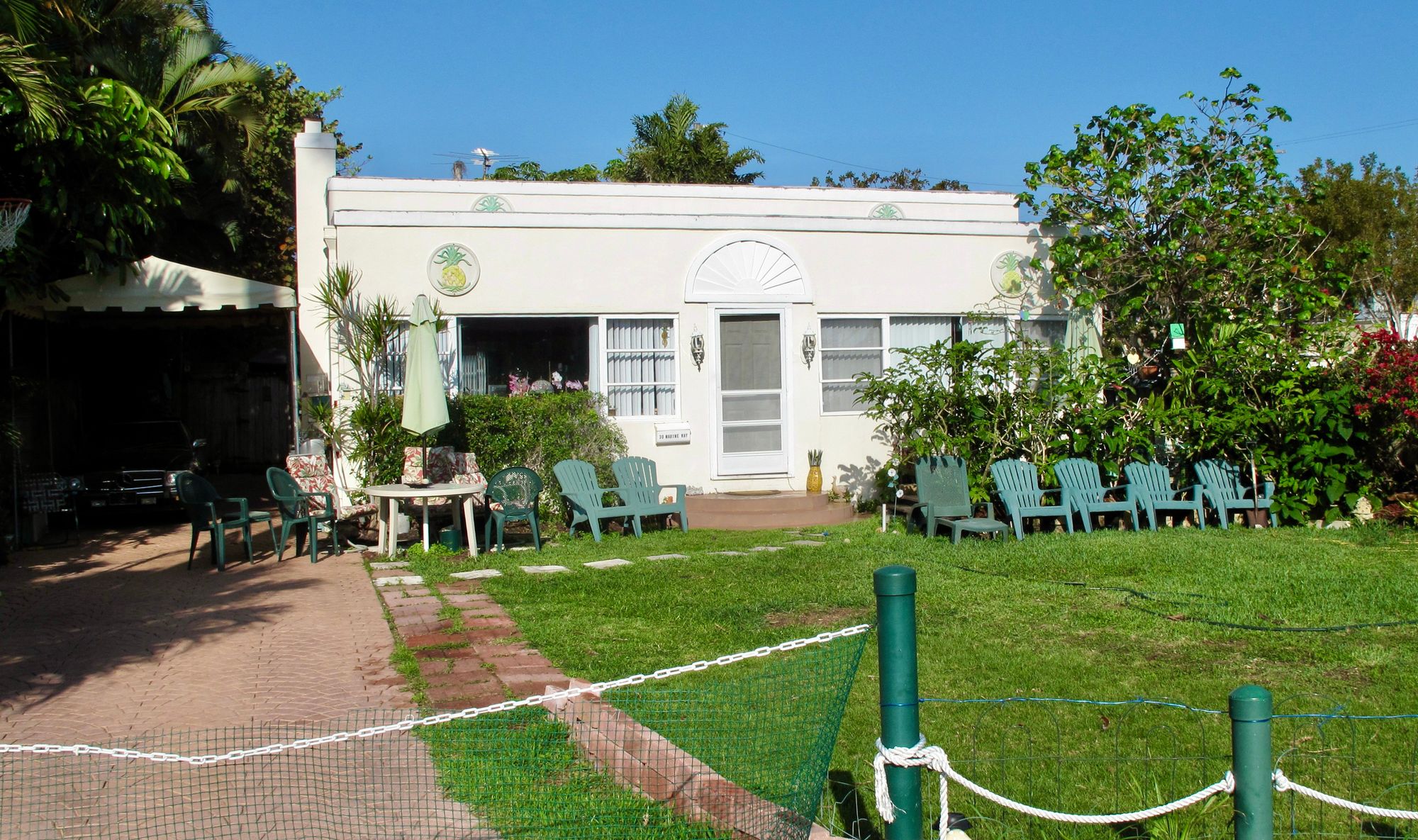
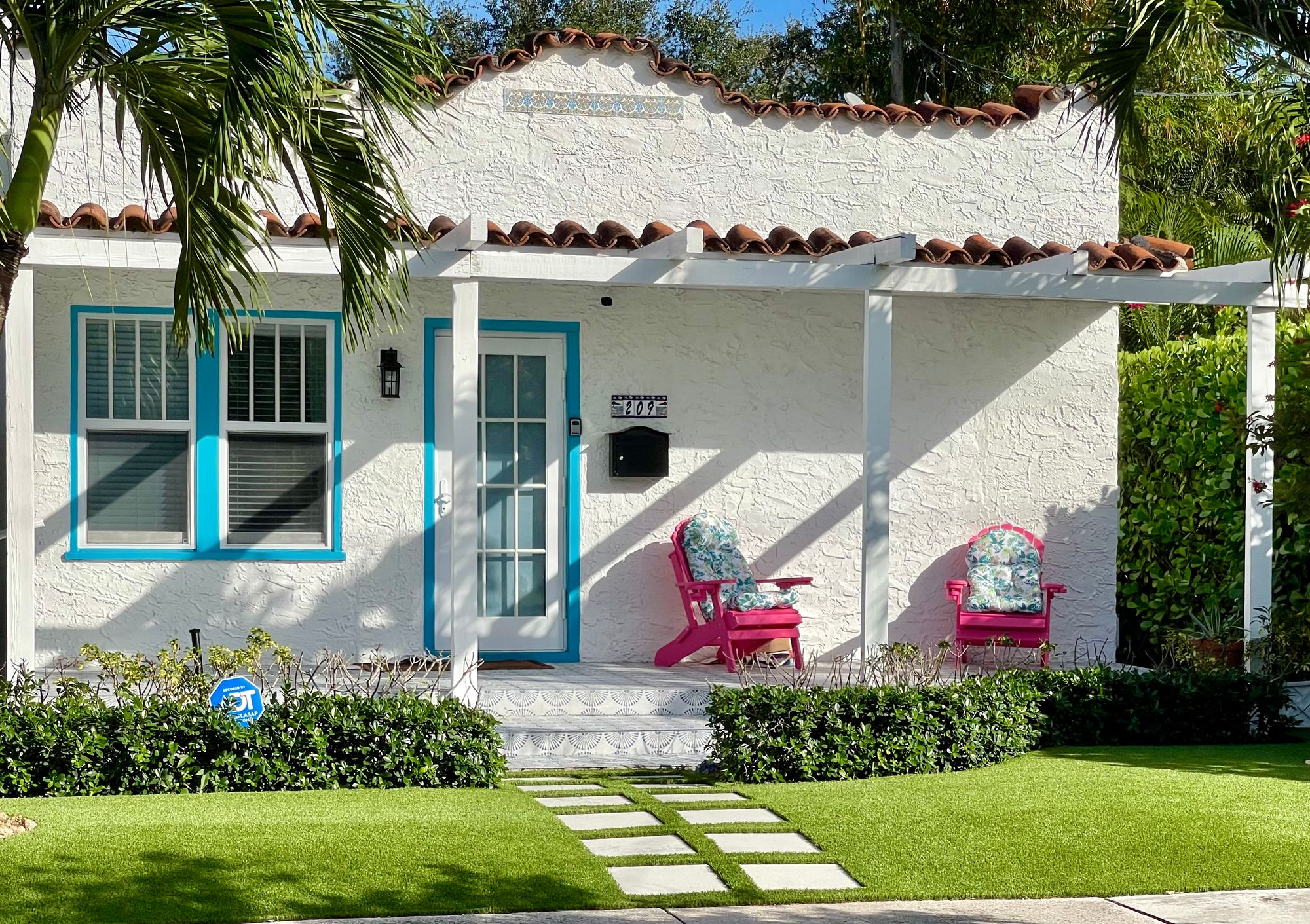
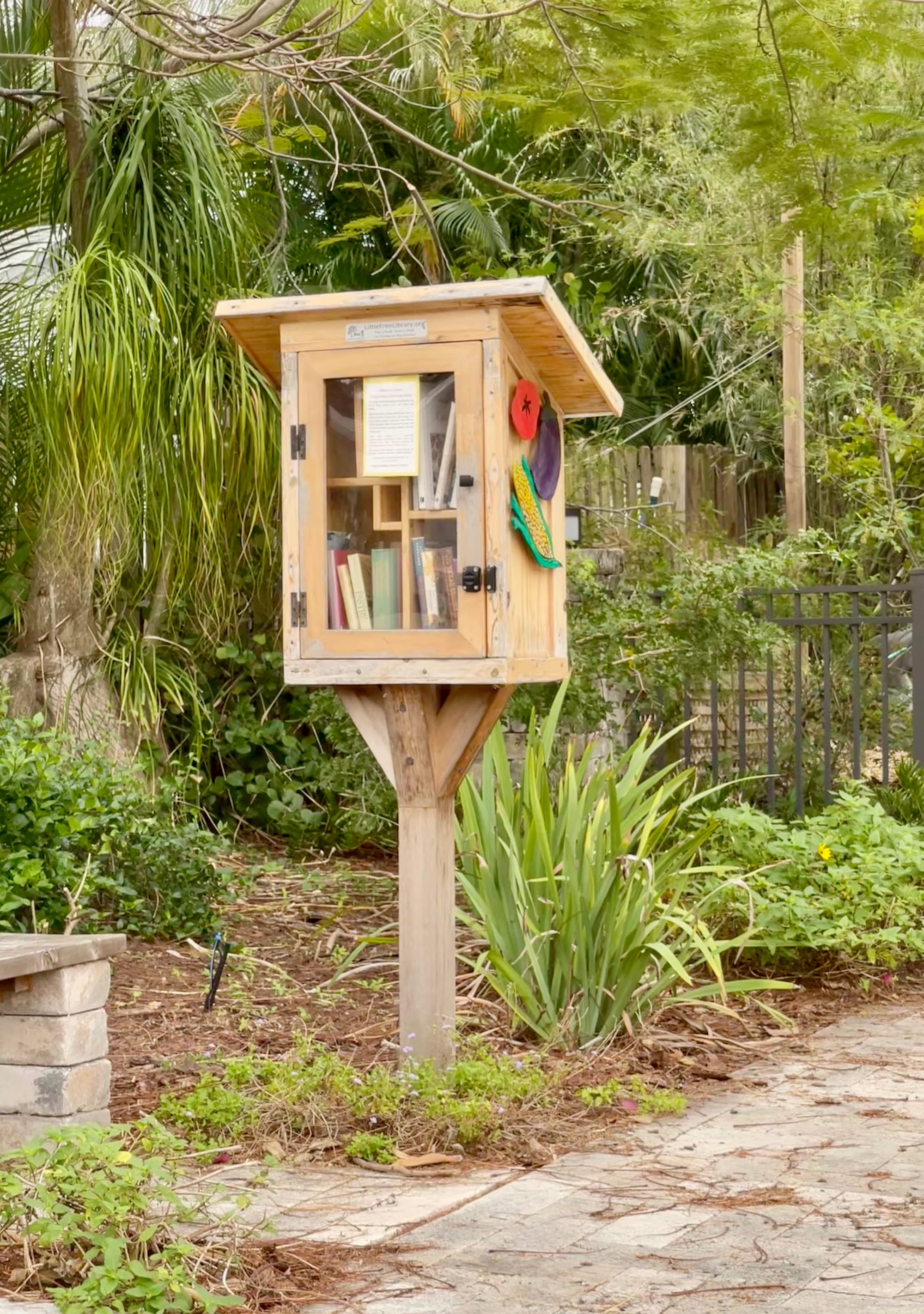
Front Yards
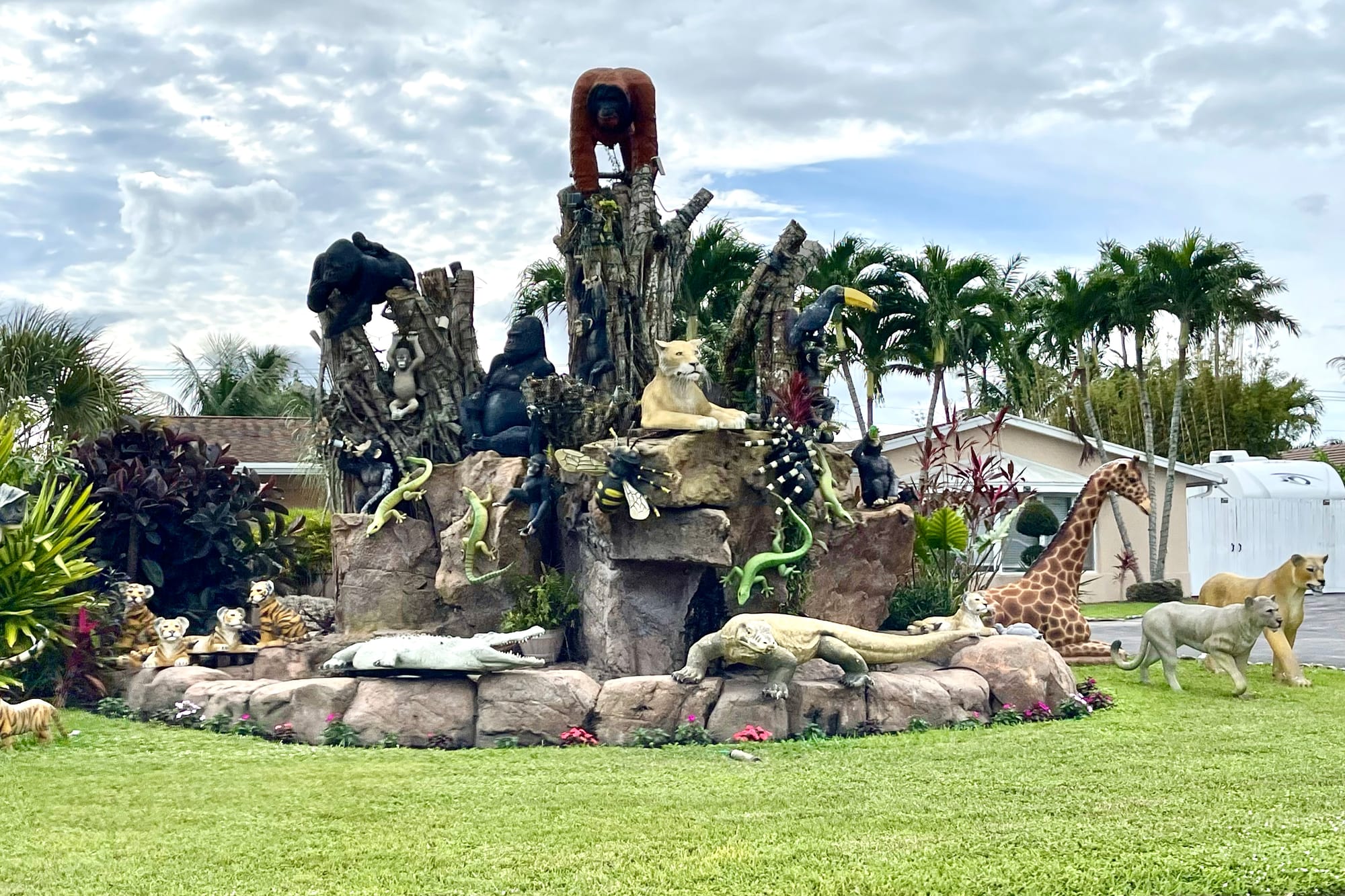
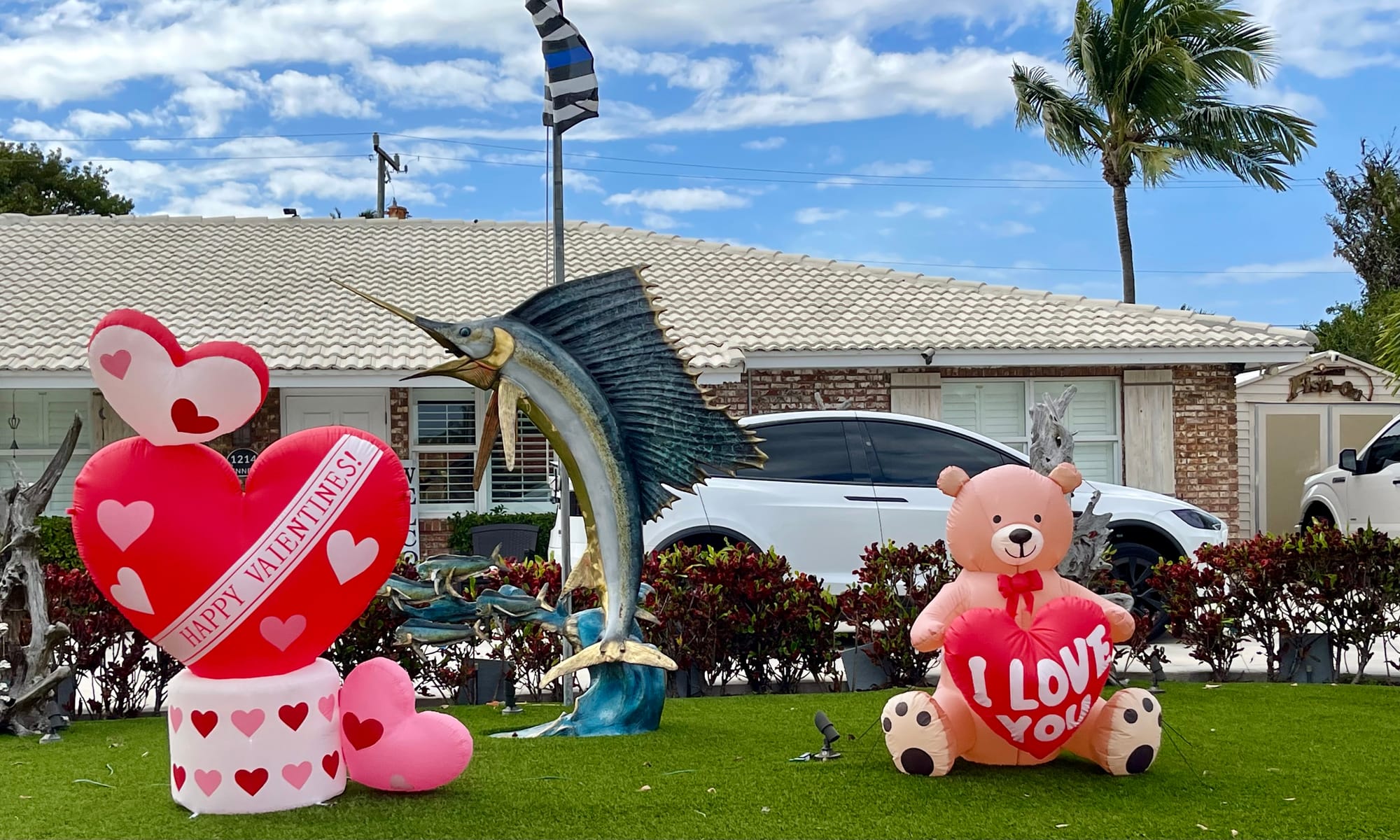

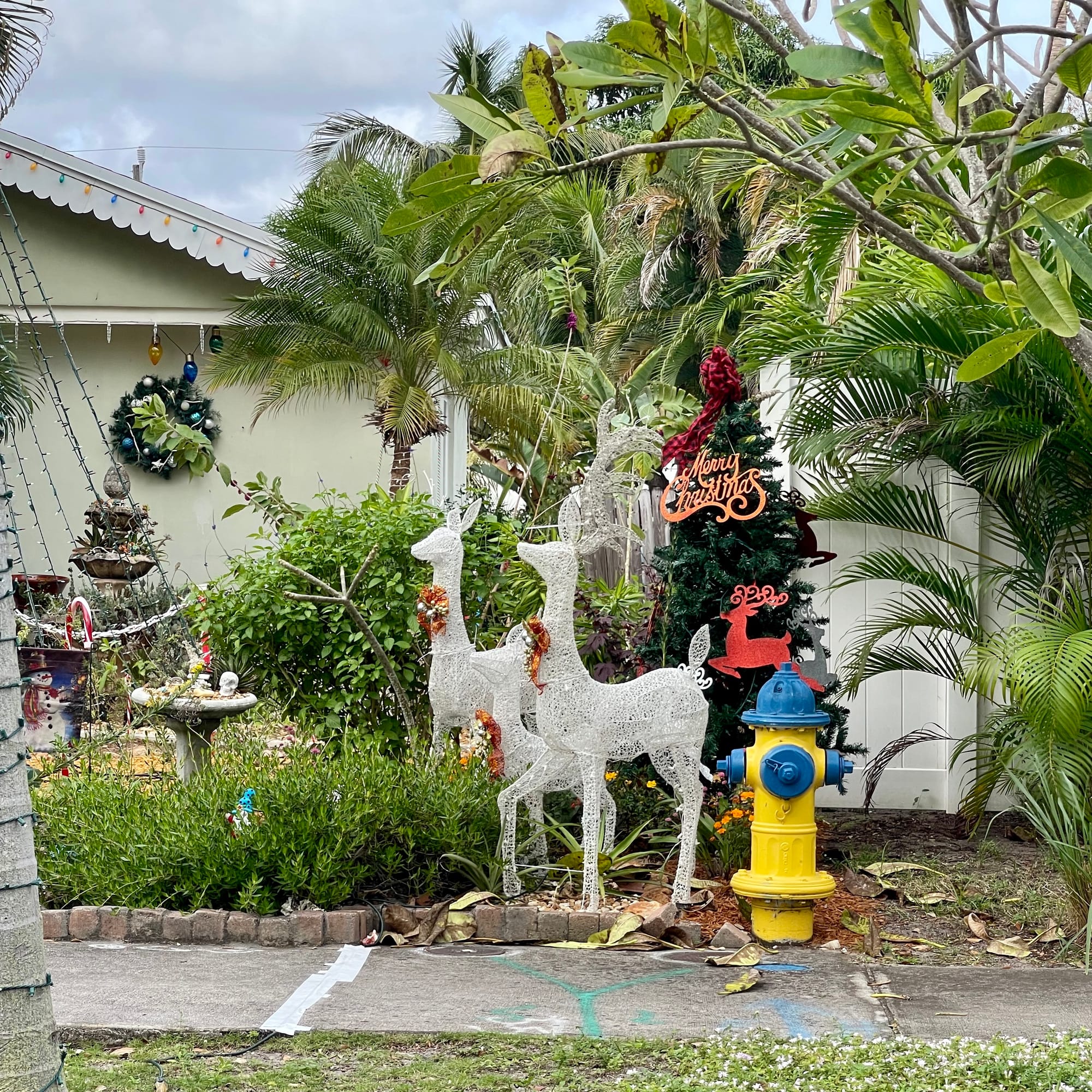
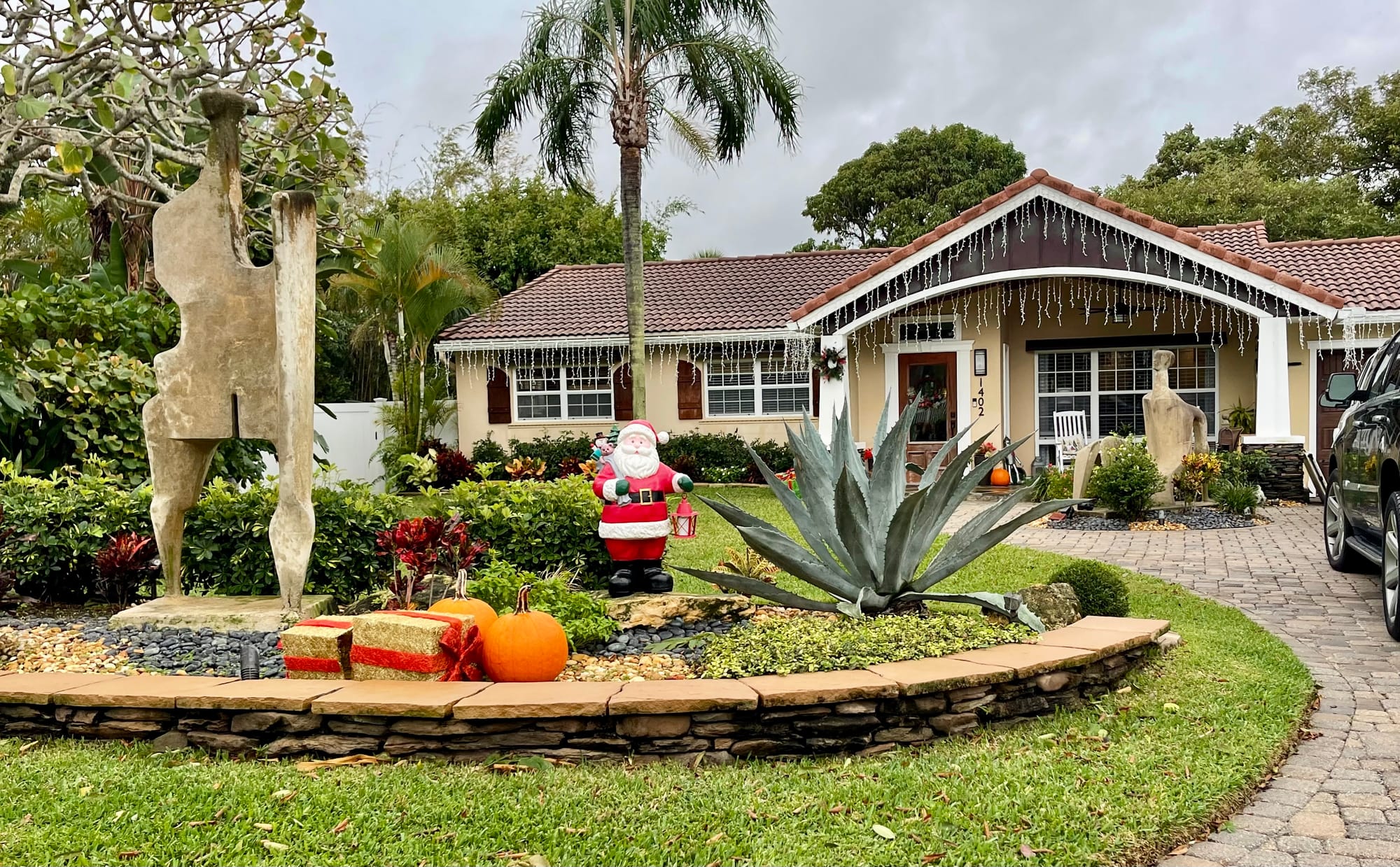

Pocket neighborhoods in historic neighborhoods in Delray Beach
Many of Delray's neighborhoods are what are called "pocket neighborhoods," a wonderful way to create a community within the larger community of town.
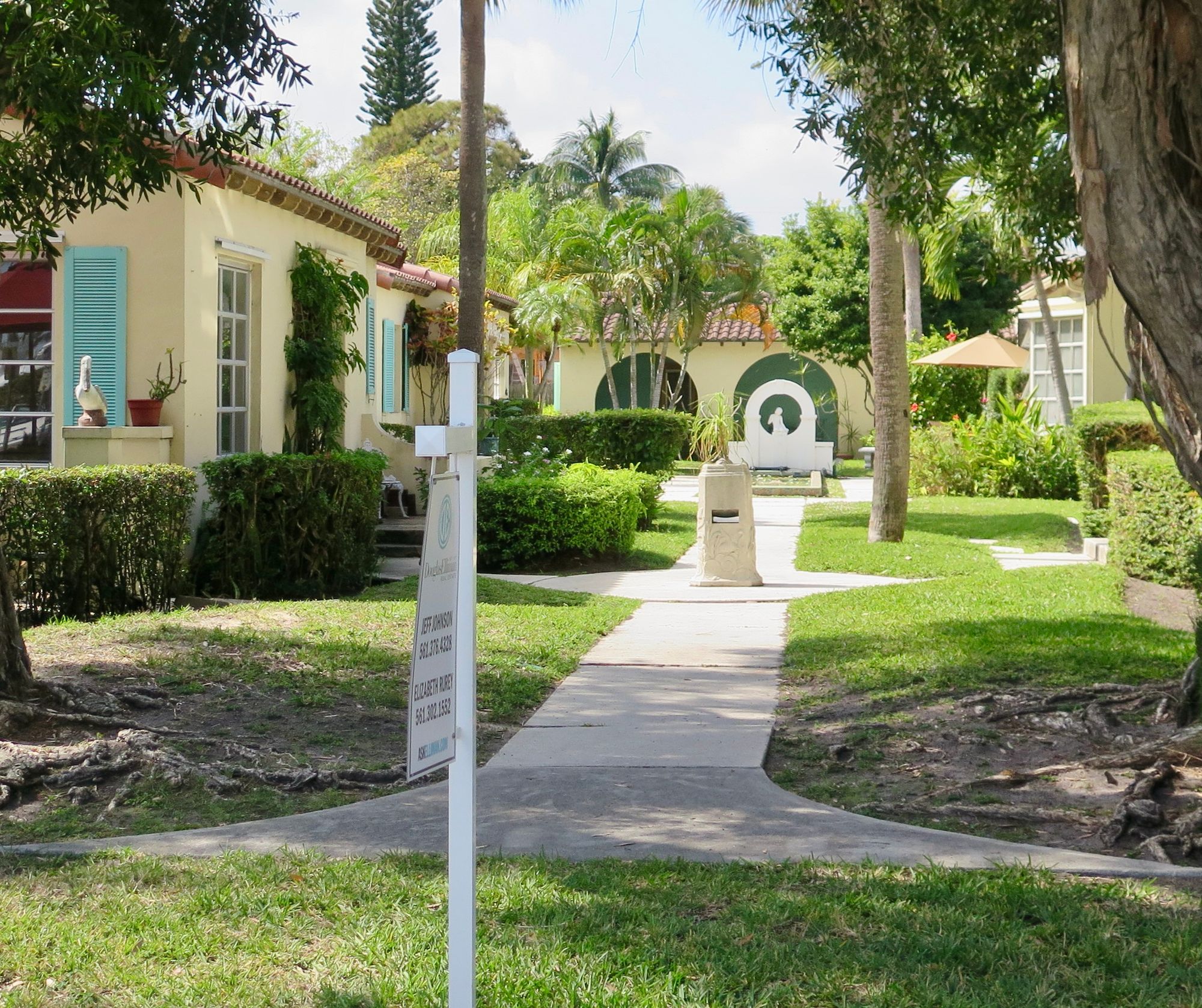
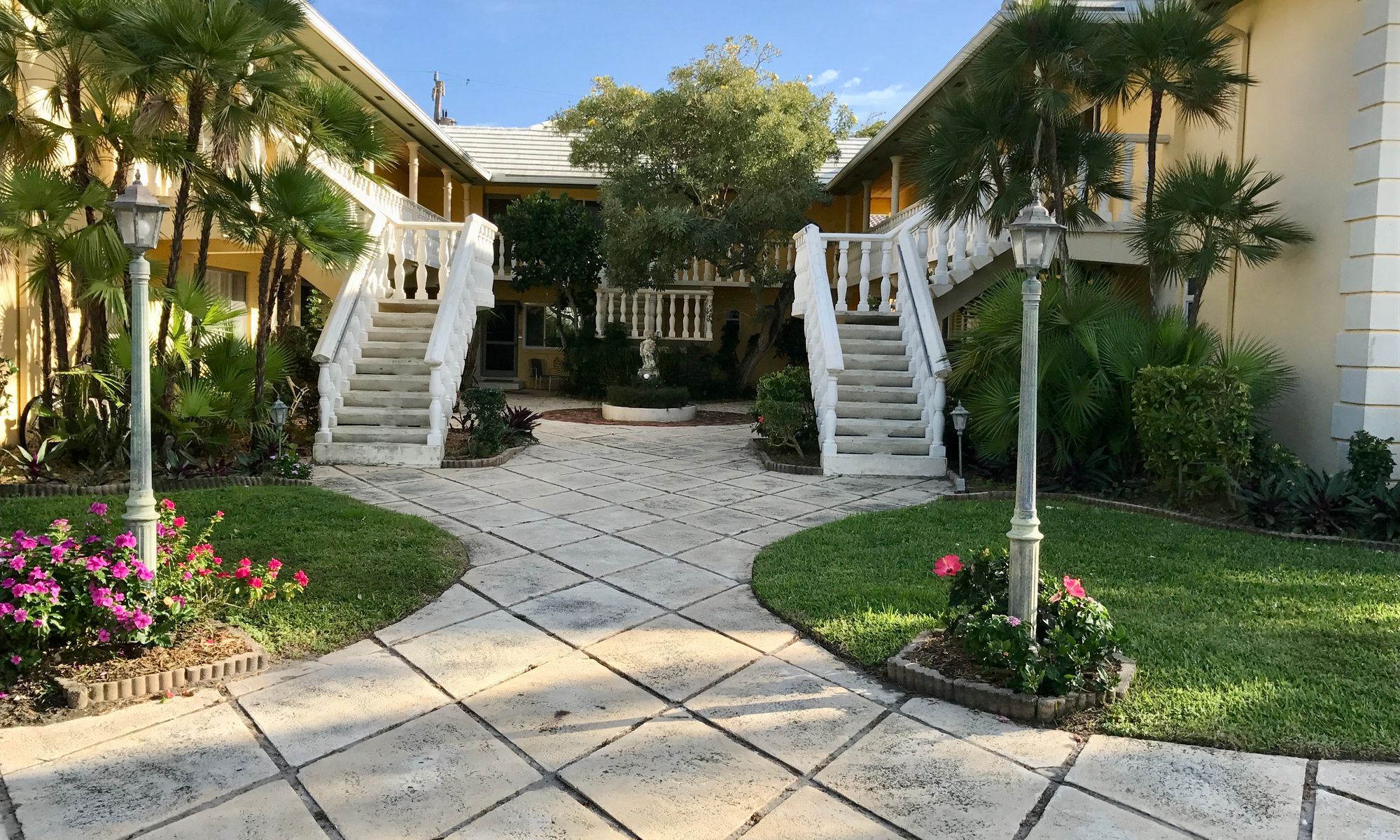
Pocket neighborhoods are clustered groups of neighboring houses or apartments gathered around a shared open space — a garden courtyard, a pedestrian street, a series of joined backyards, or a reclaimed alley — all of which have a clear sense of territory and shared stewardship. They can be in urban, suburban or rural areas.
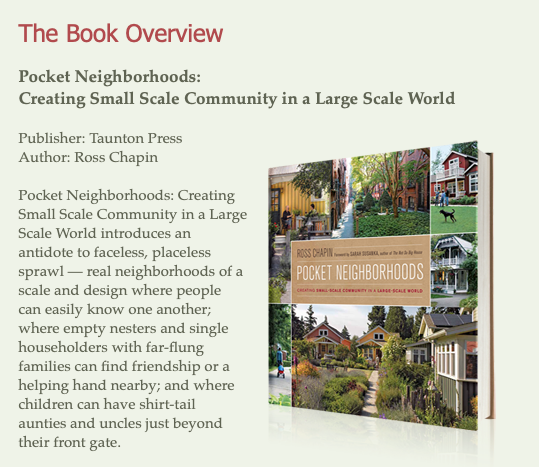
The People
We love the joy and pleasure that people experience in Delray's downtown. The variety is amazing – families of all kinds, people who just want to be seen and others who want to see them, and a variety of colorful characters that thrive in busy places like markets and intersections.
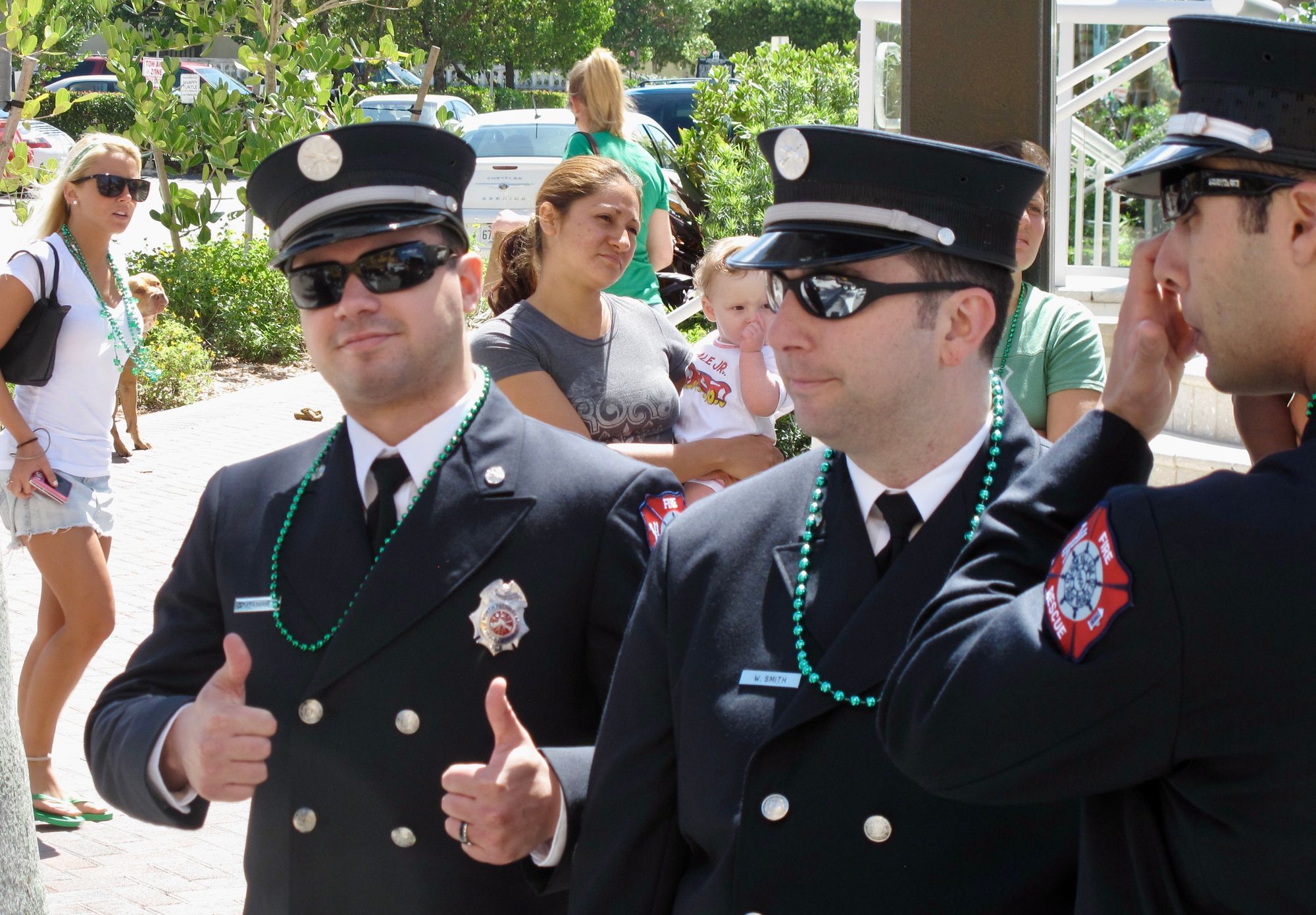
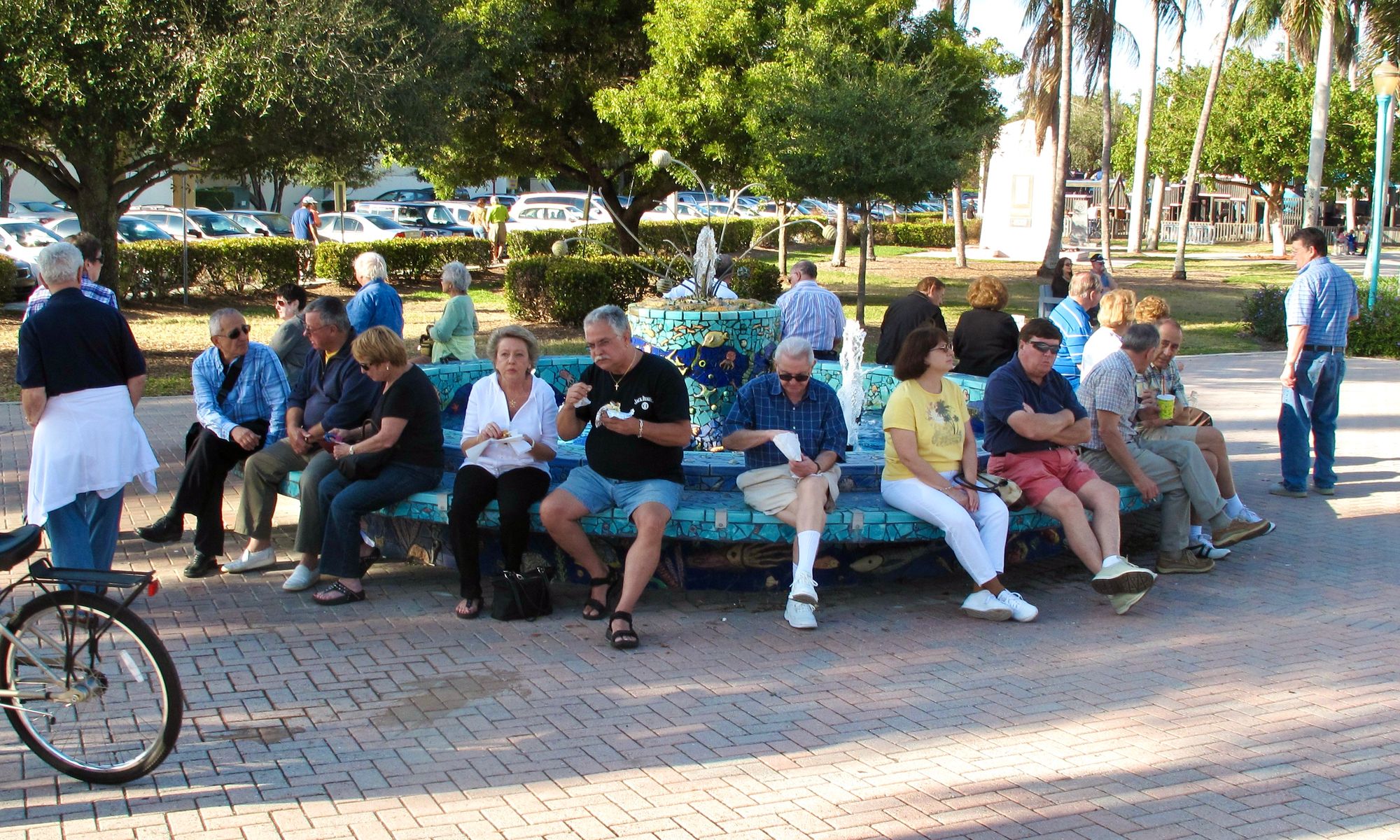
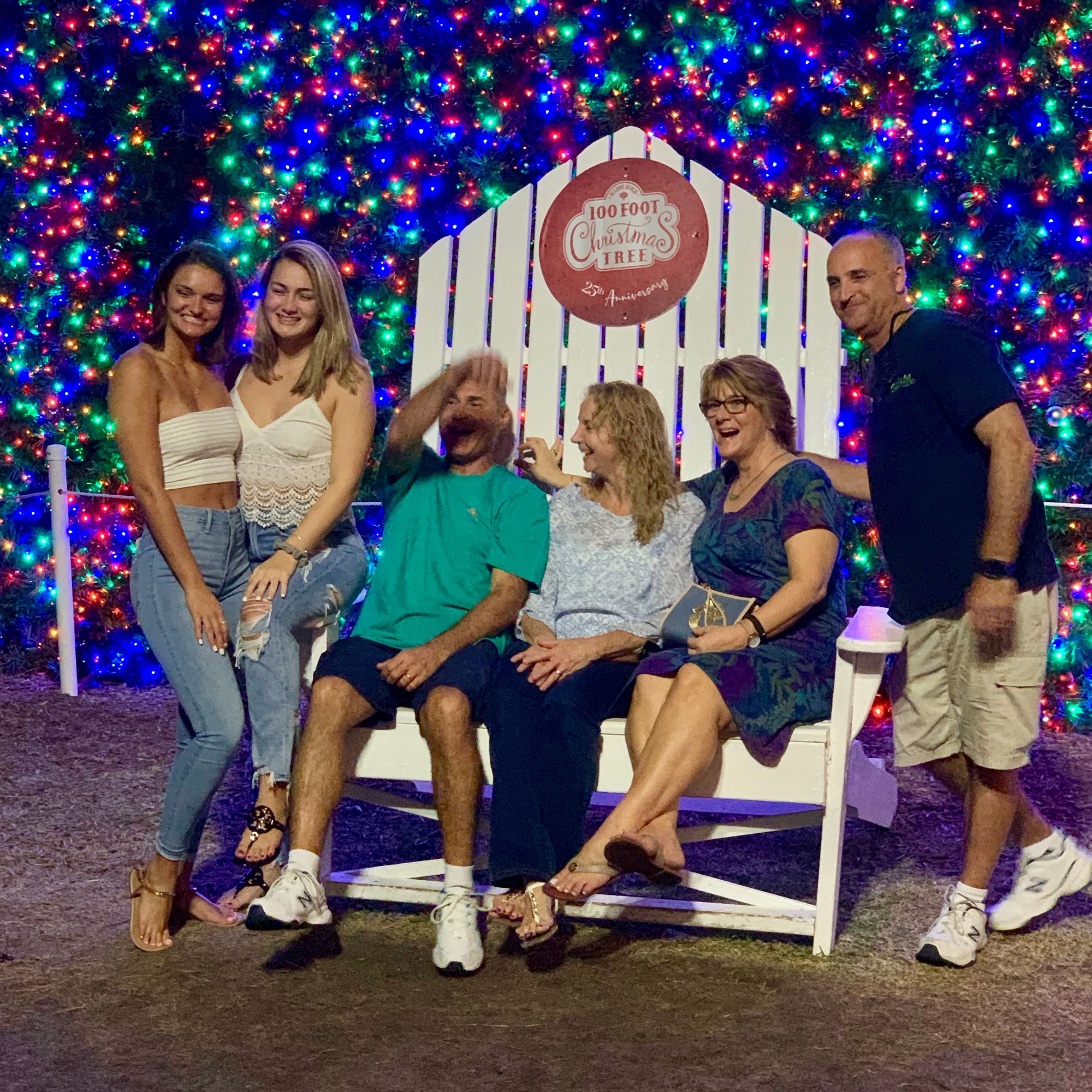
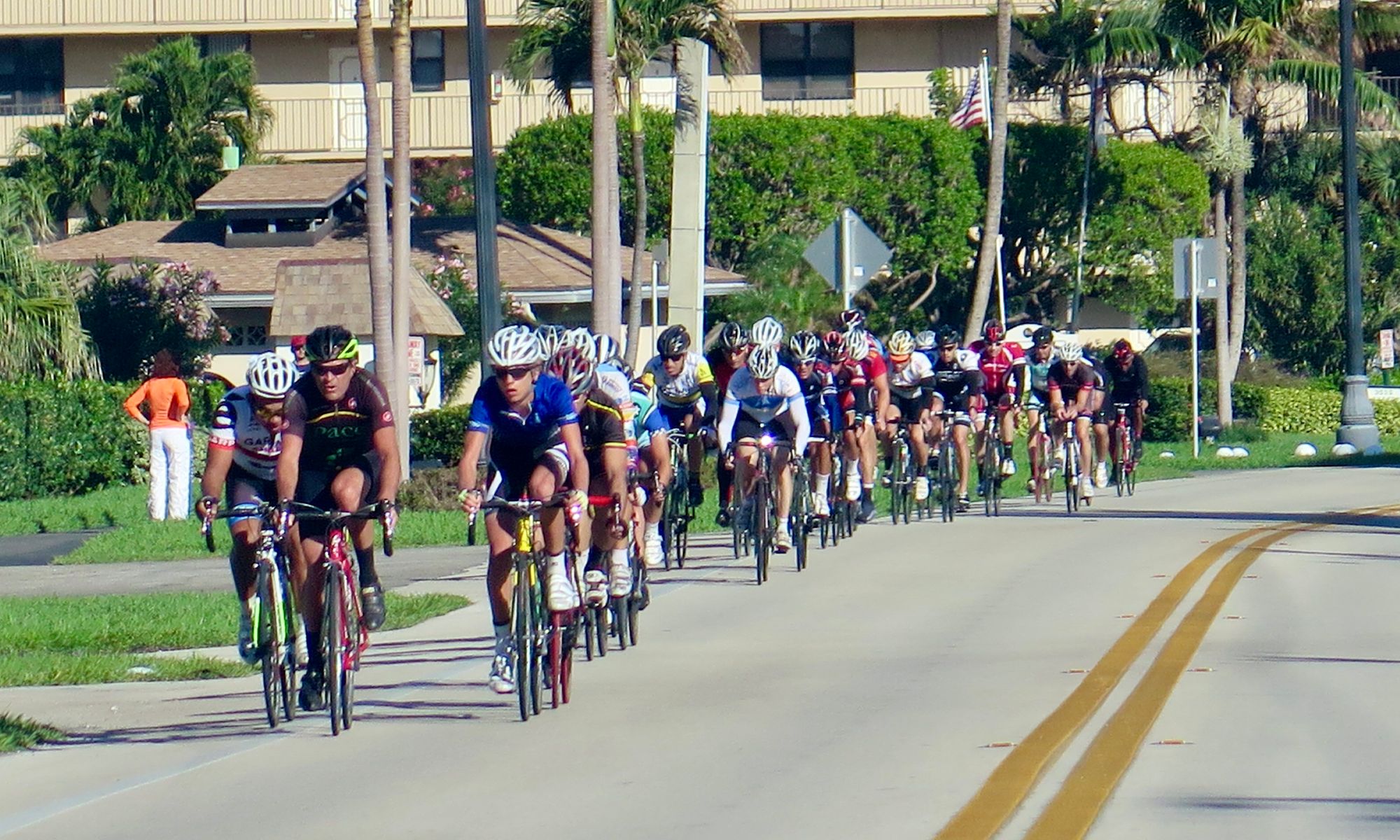
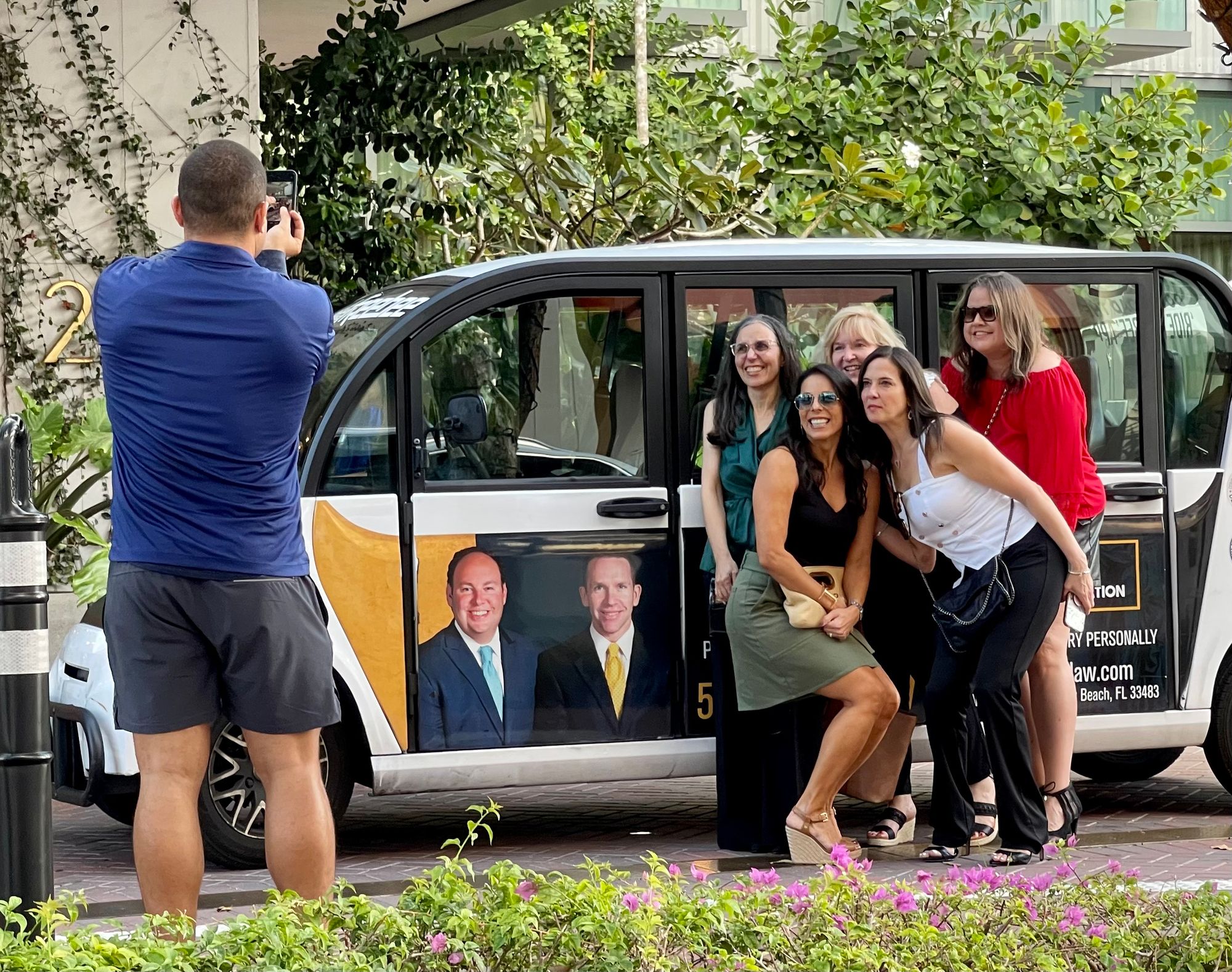
Pets - People Connectors
Delray is a place where pets of all furs and feathers are welcome. They are a glue that connects members of the community and we love to see them "socializing" around town.
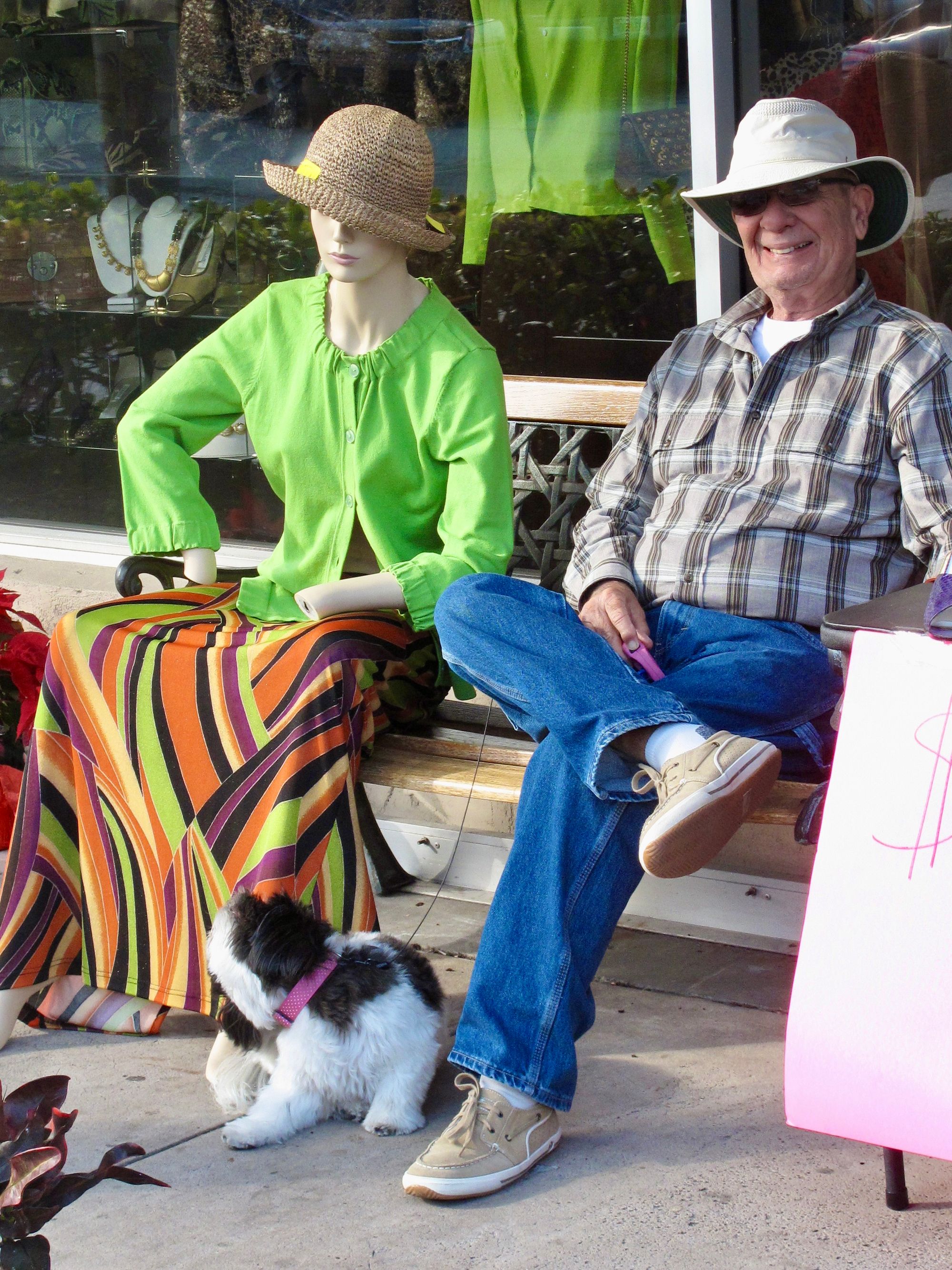
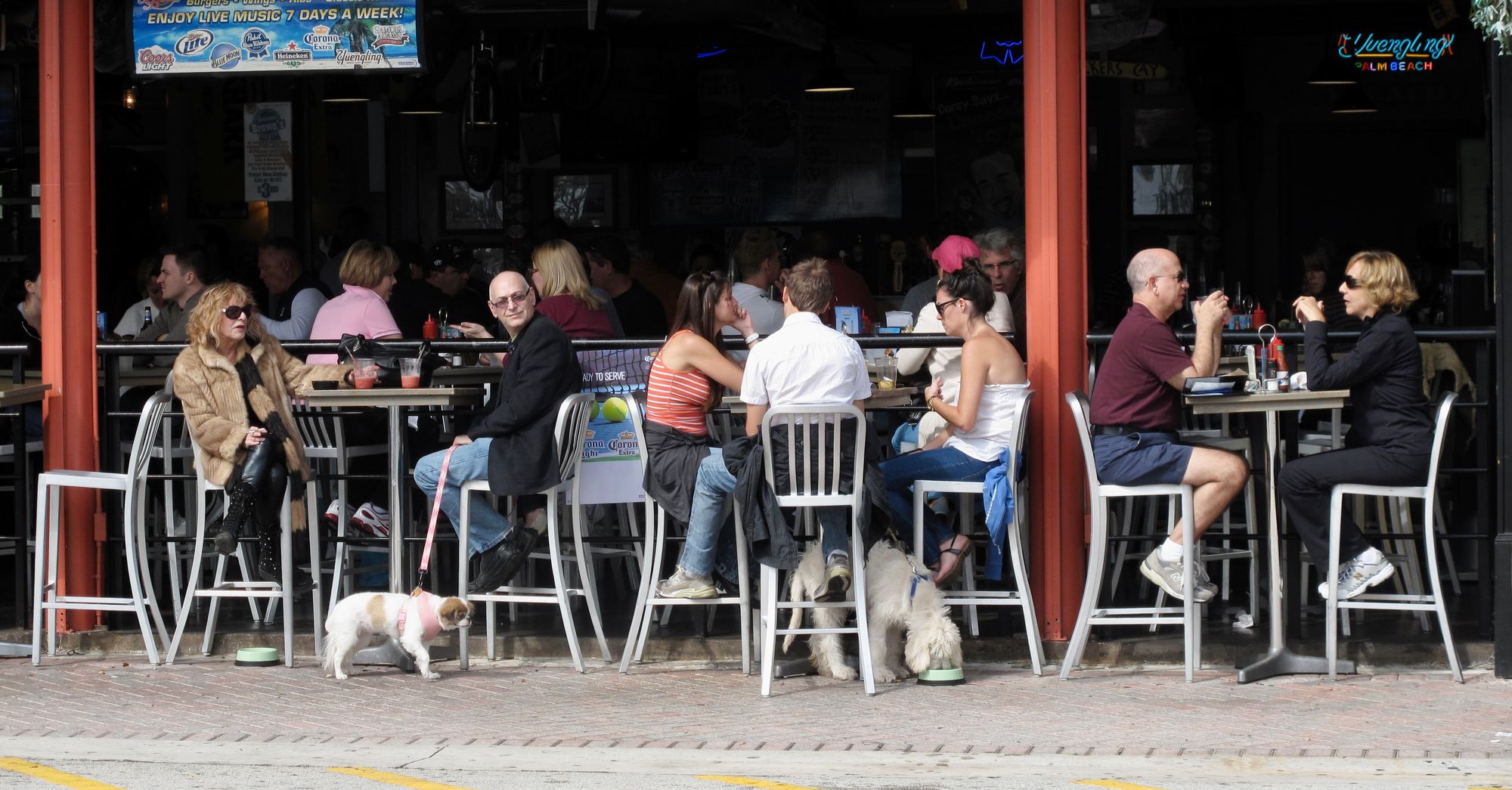
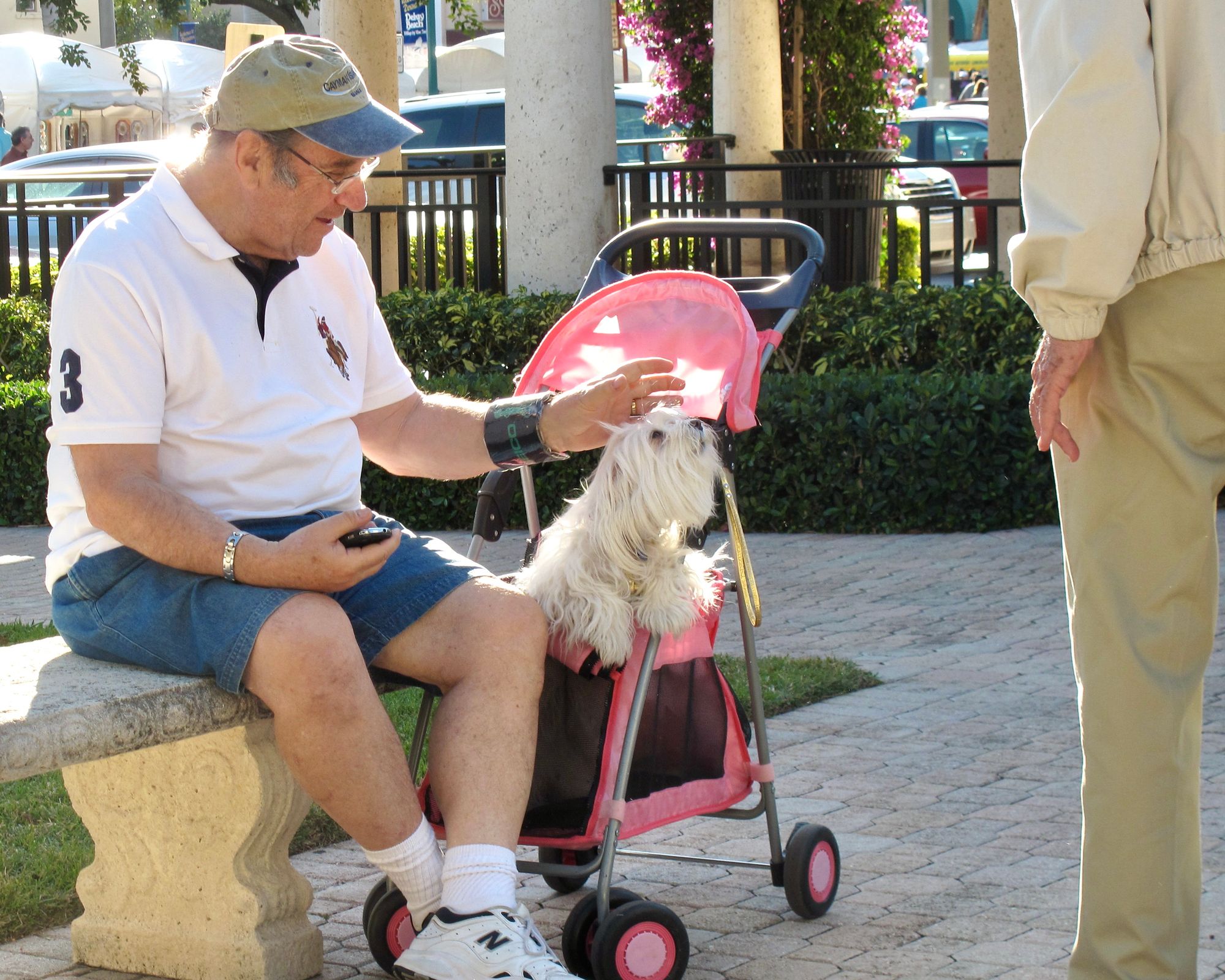
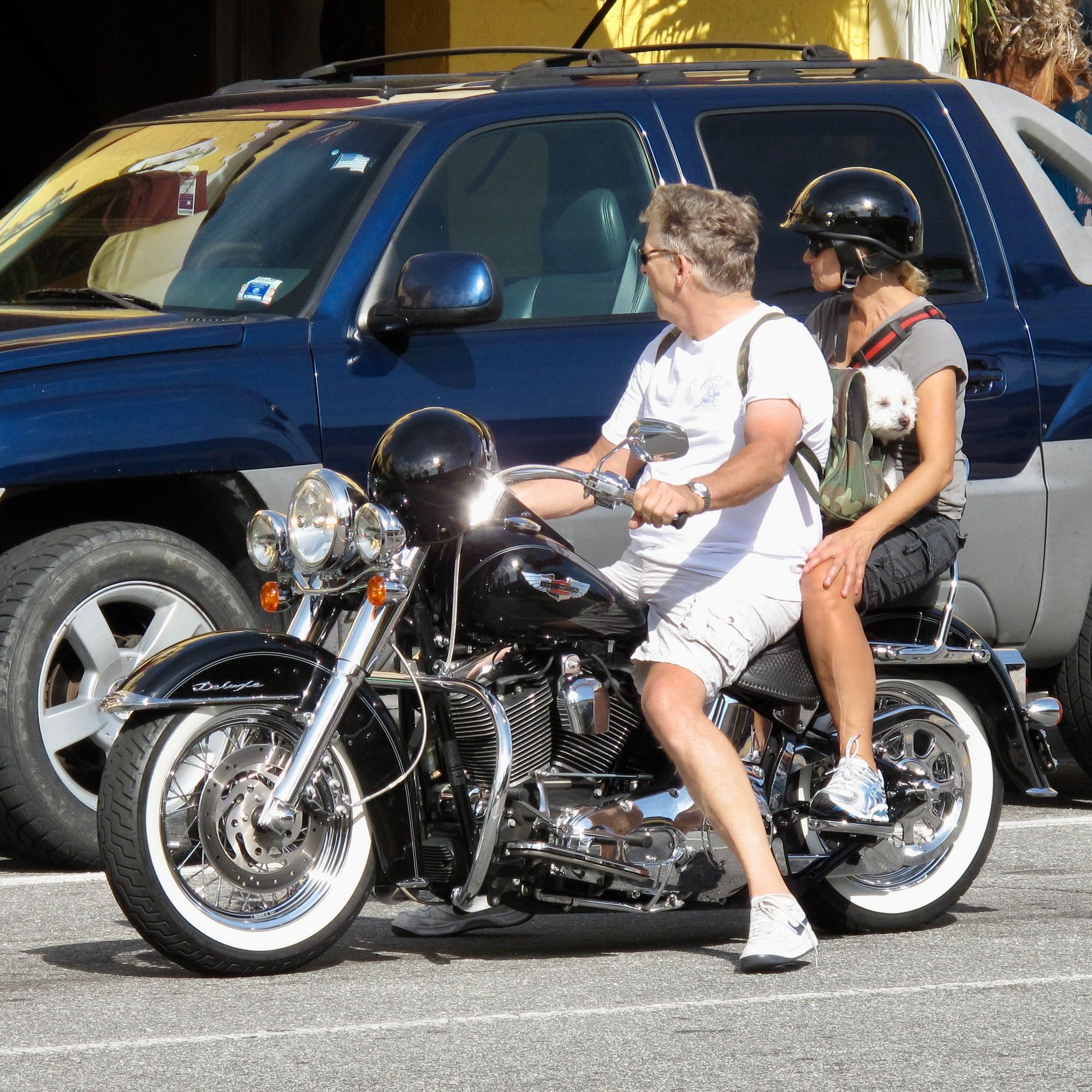
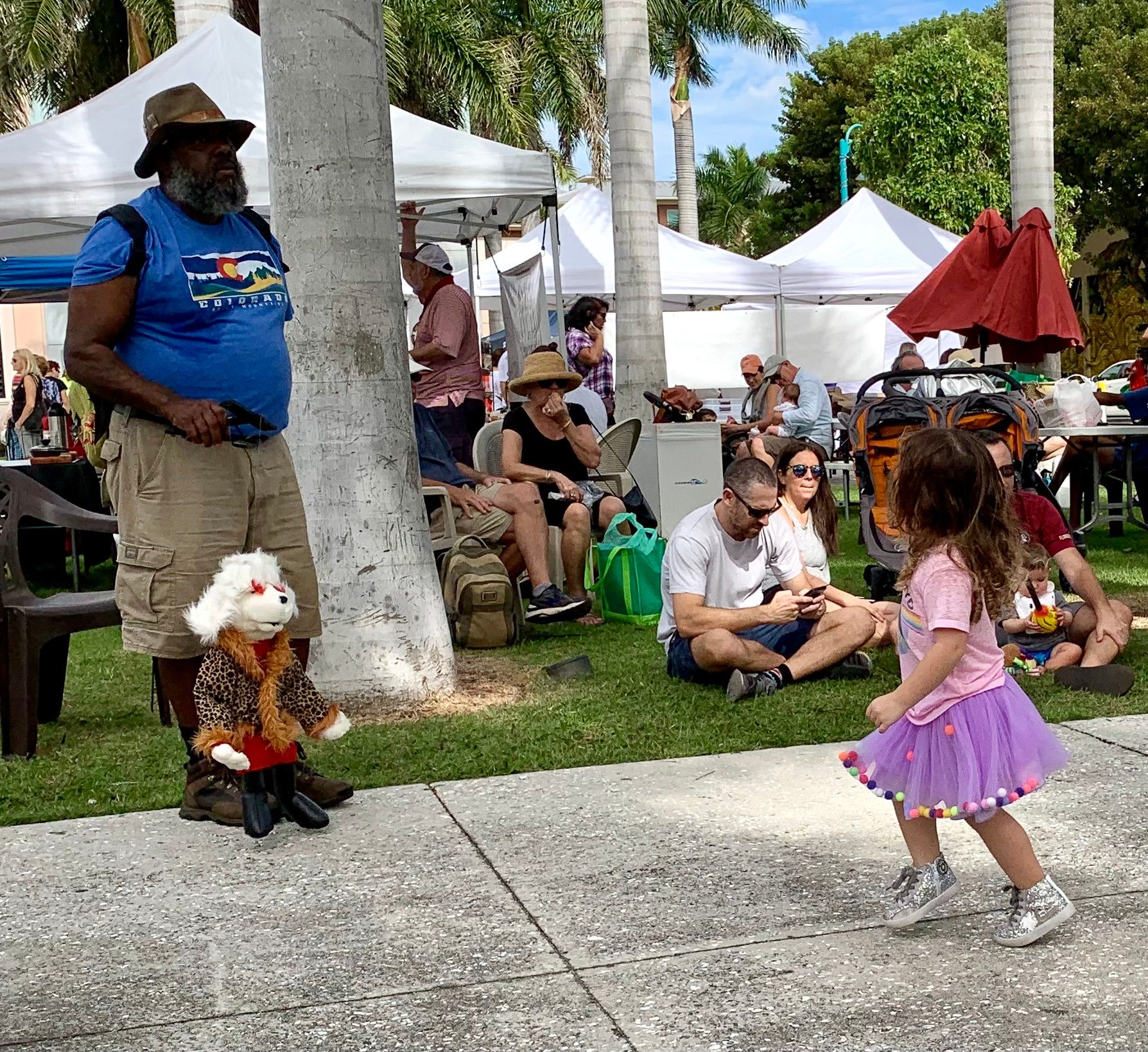
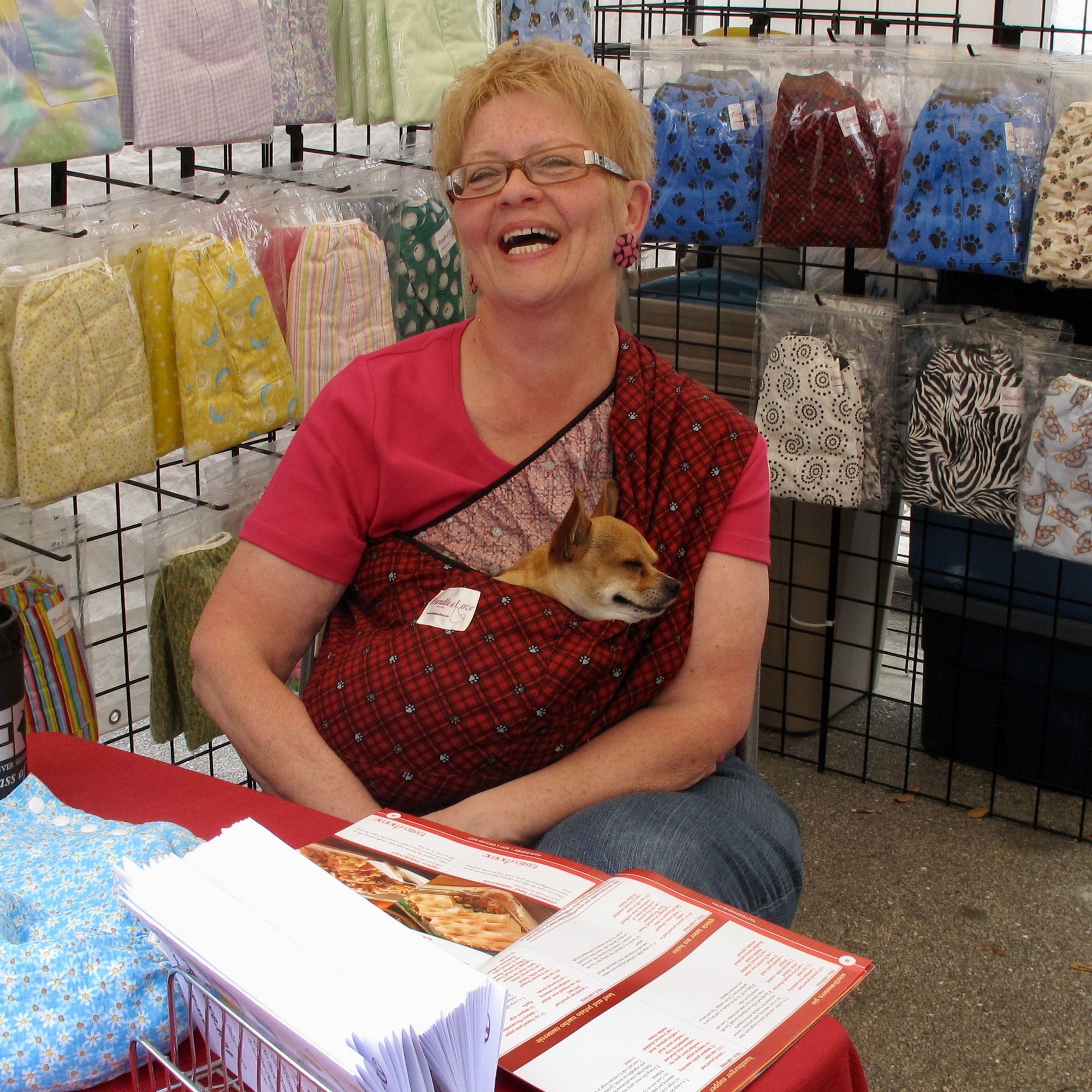
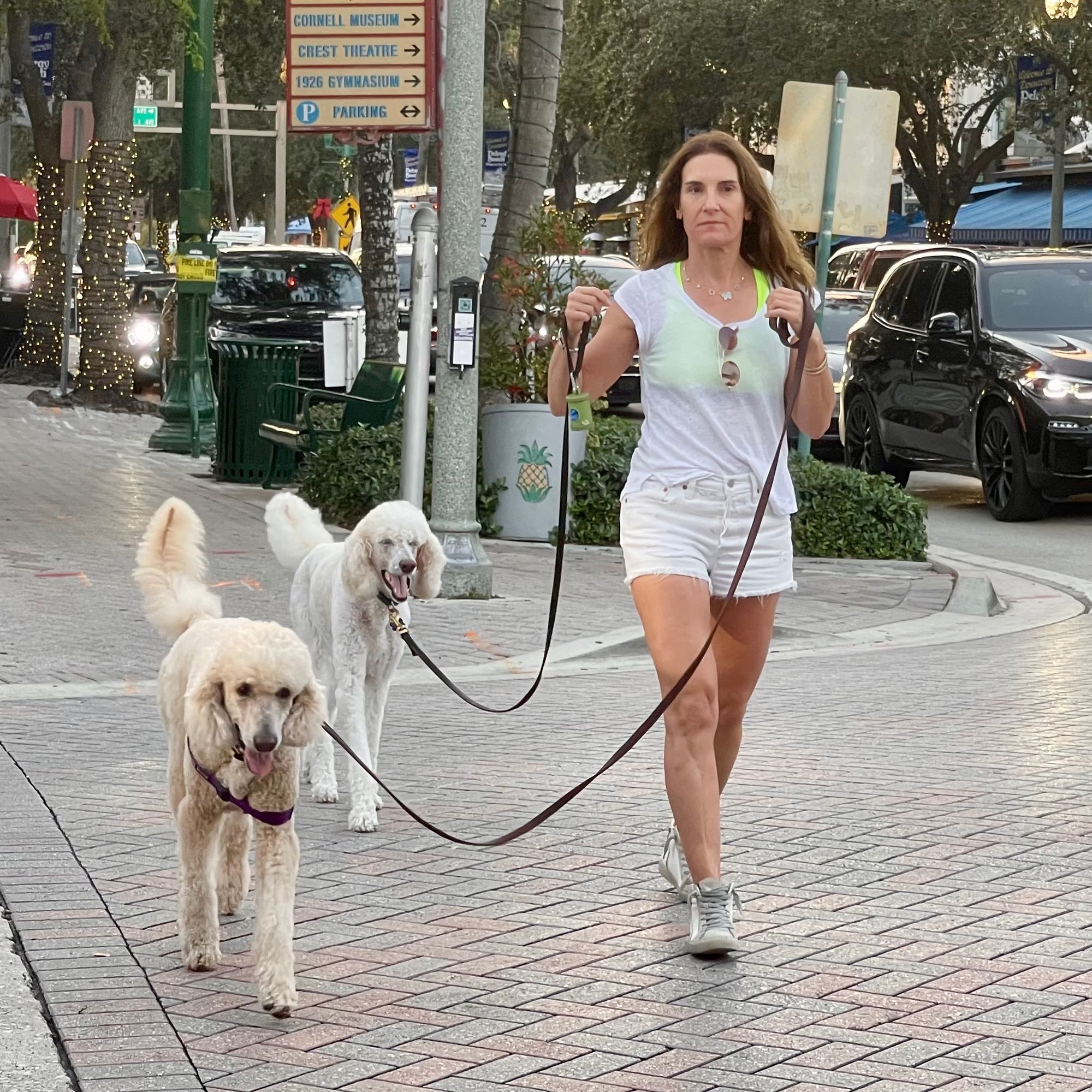

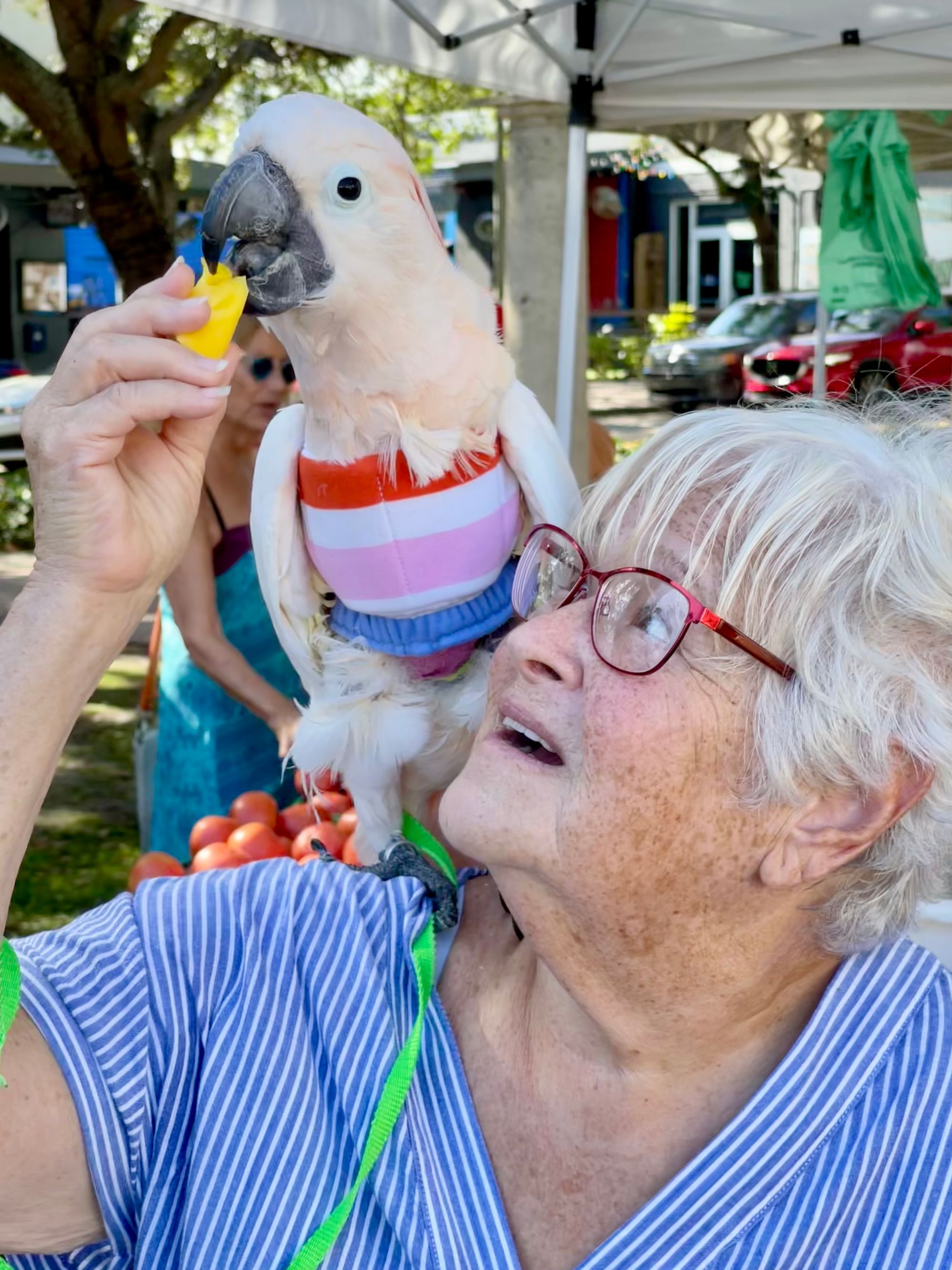
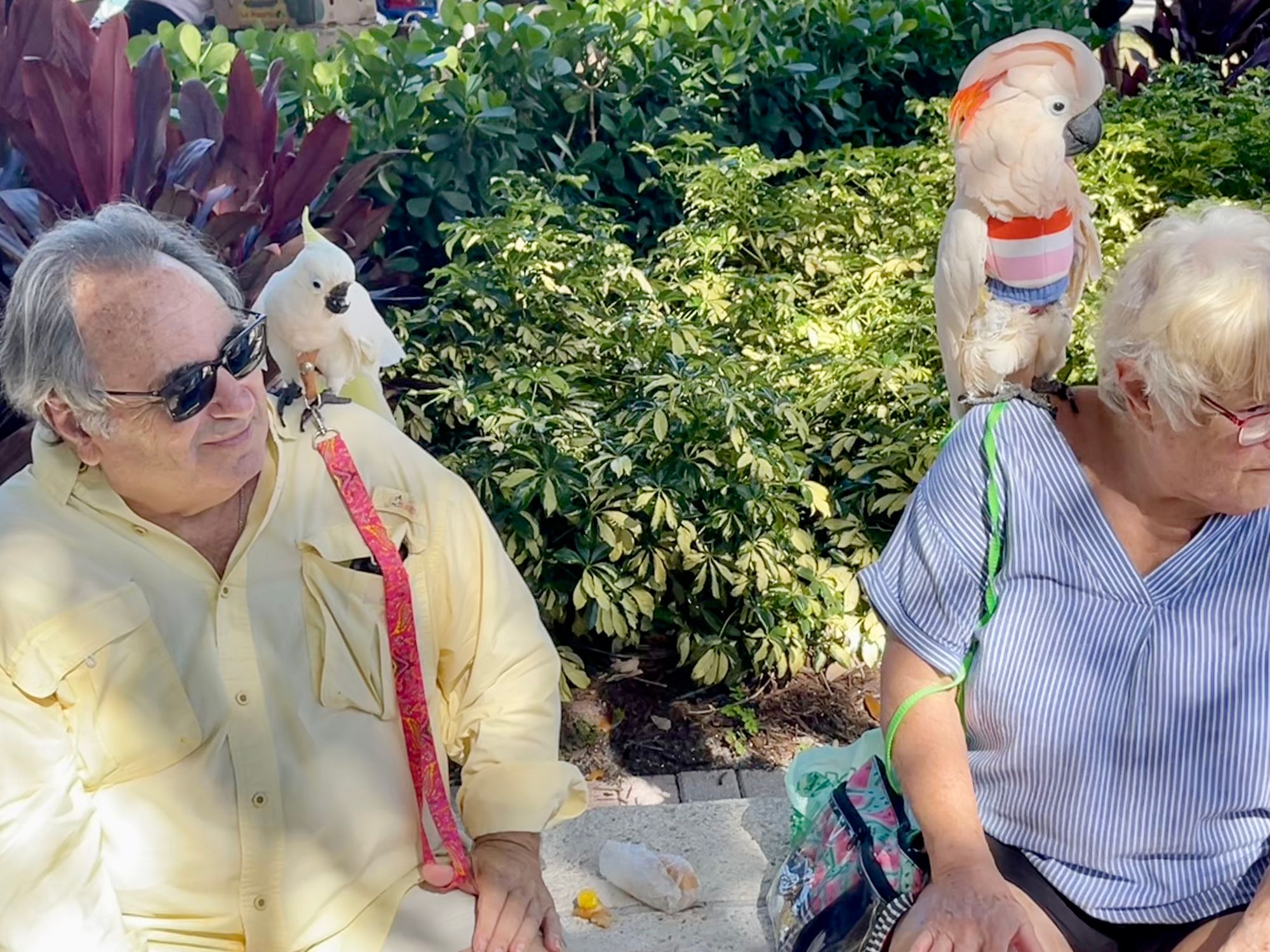
The Markets
The Saturday Farmers Market and the monthly Health Market in Veterans Park are vibrant, social events that bring the community together. The former market site is below. The new site is in front of the museum.
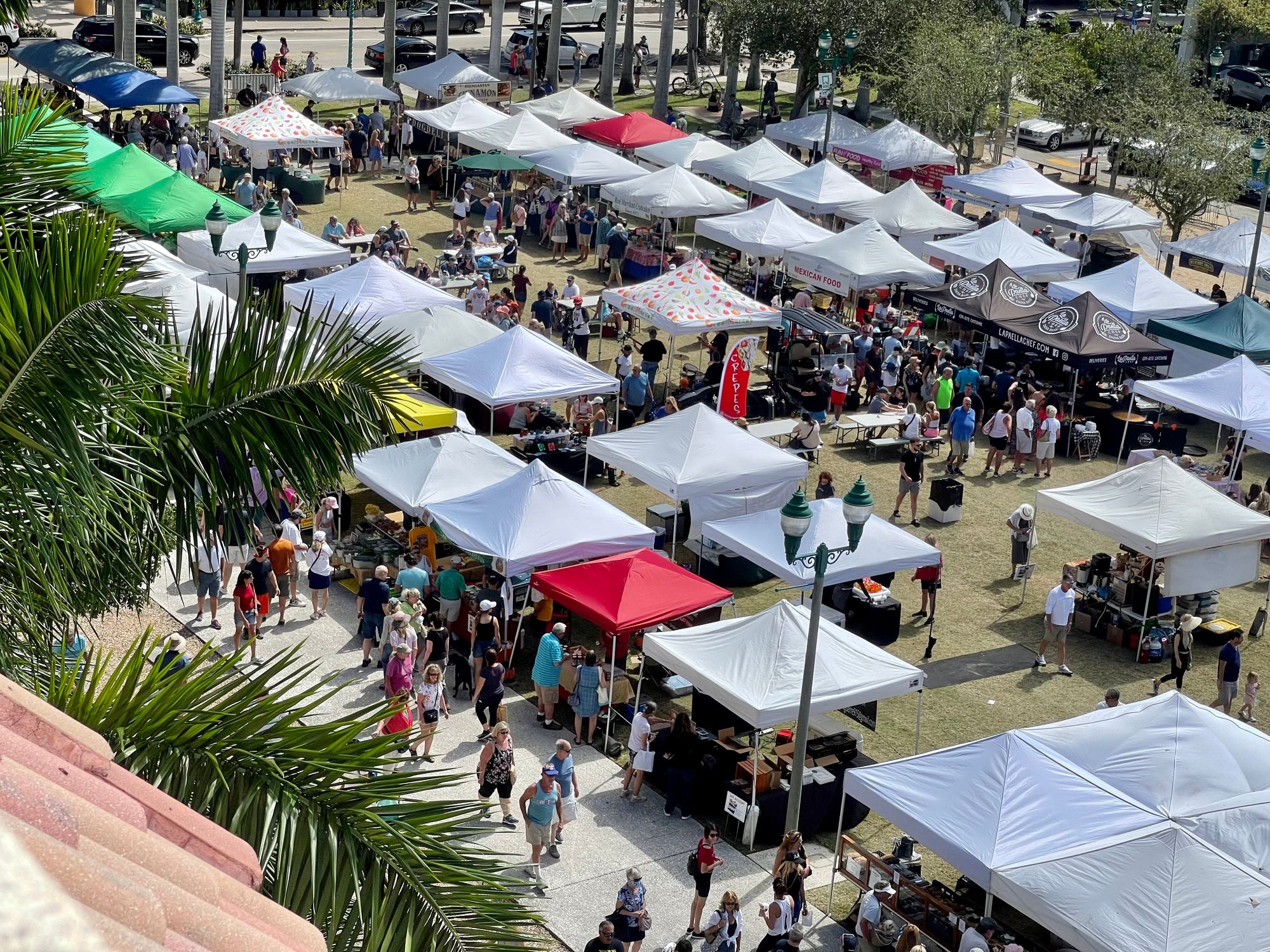
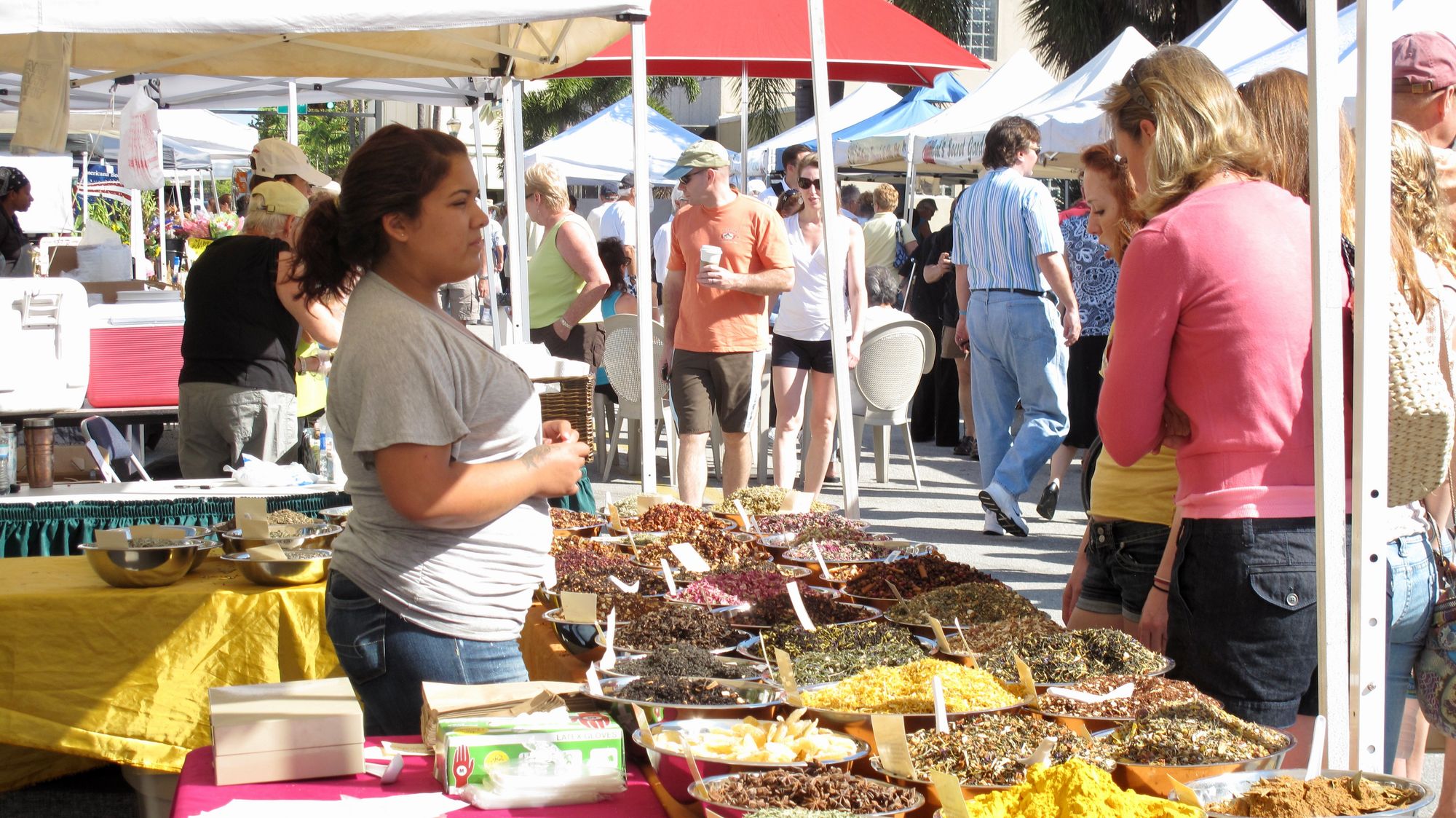
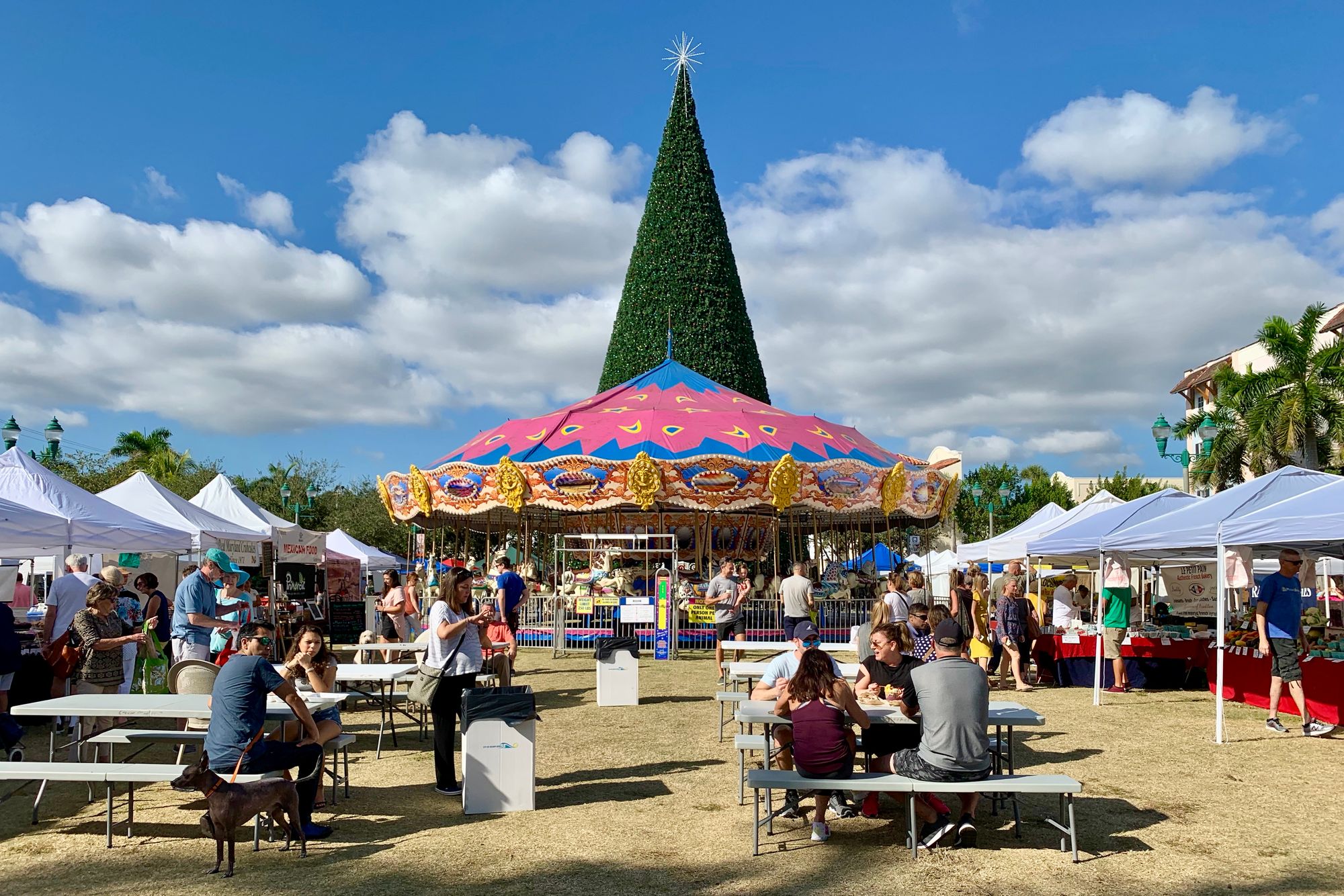
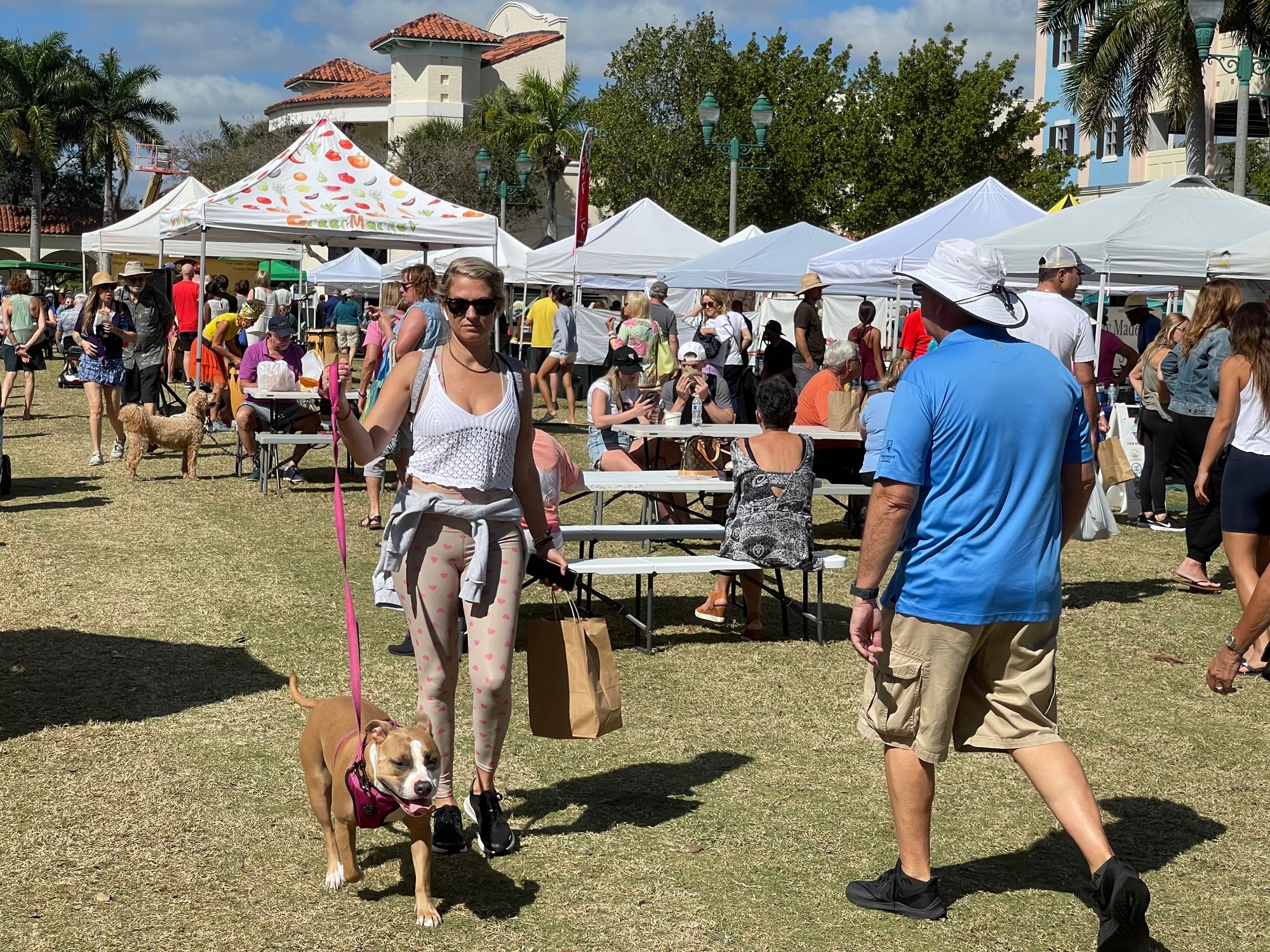
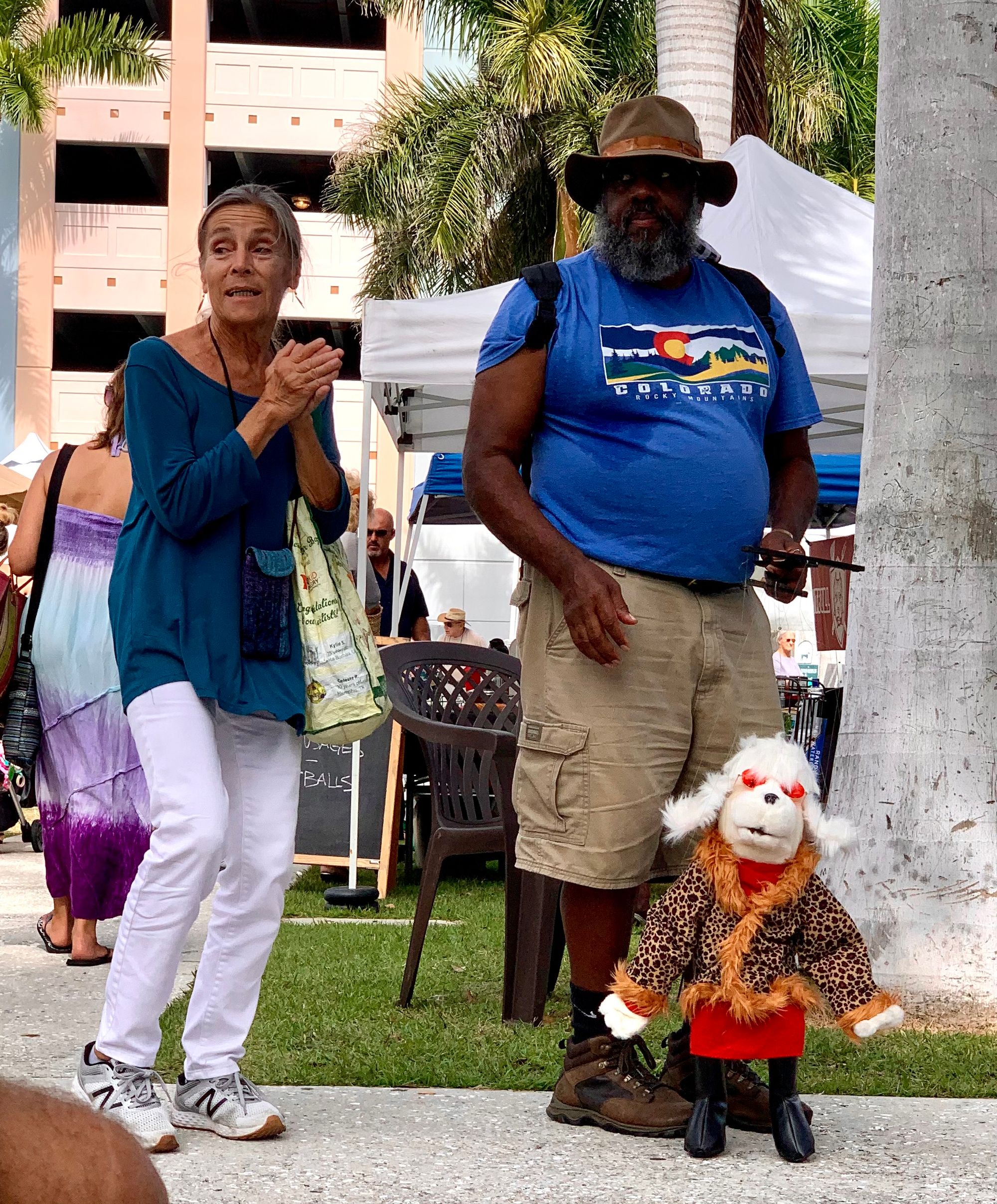
New market location in front of the Cornell art museum
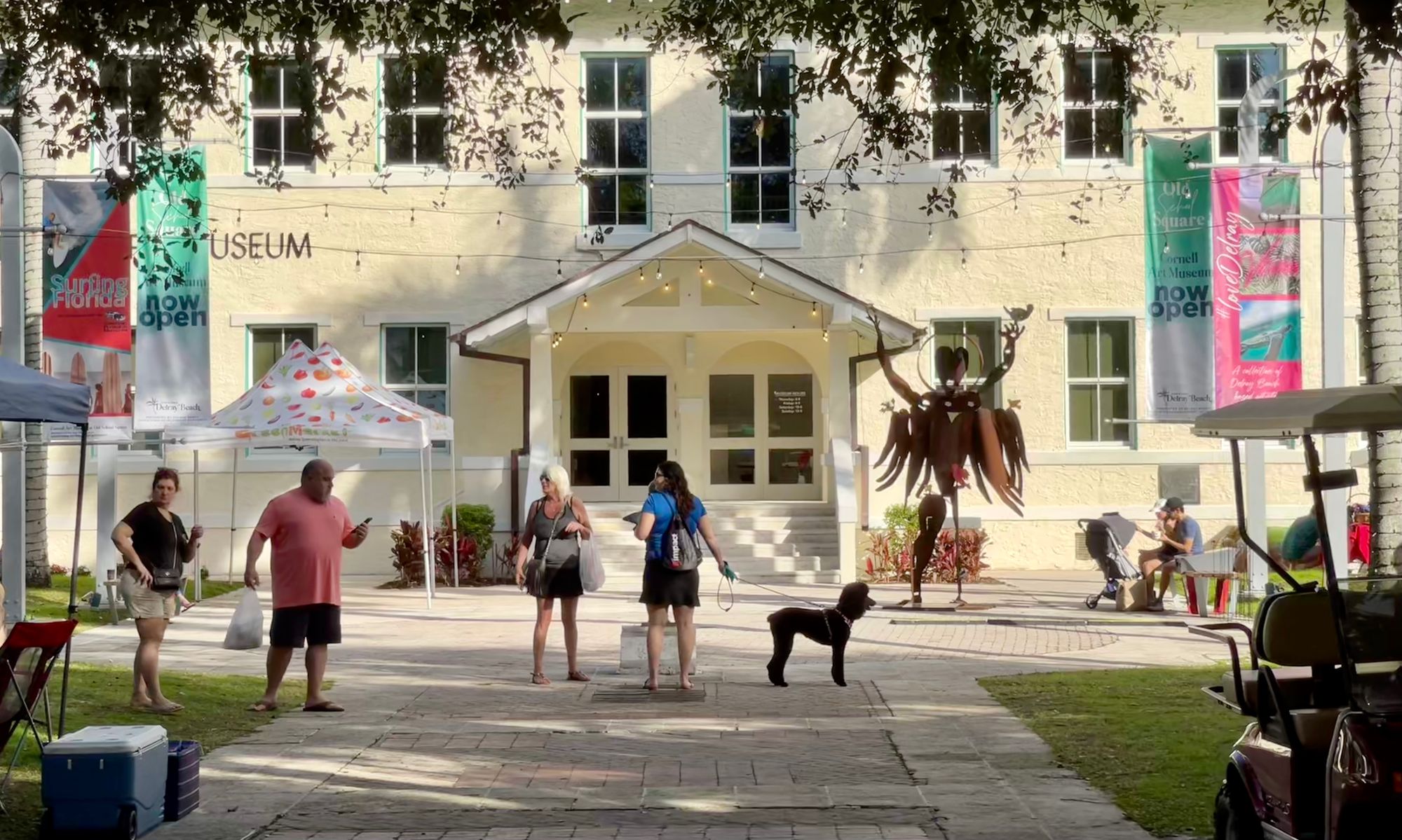
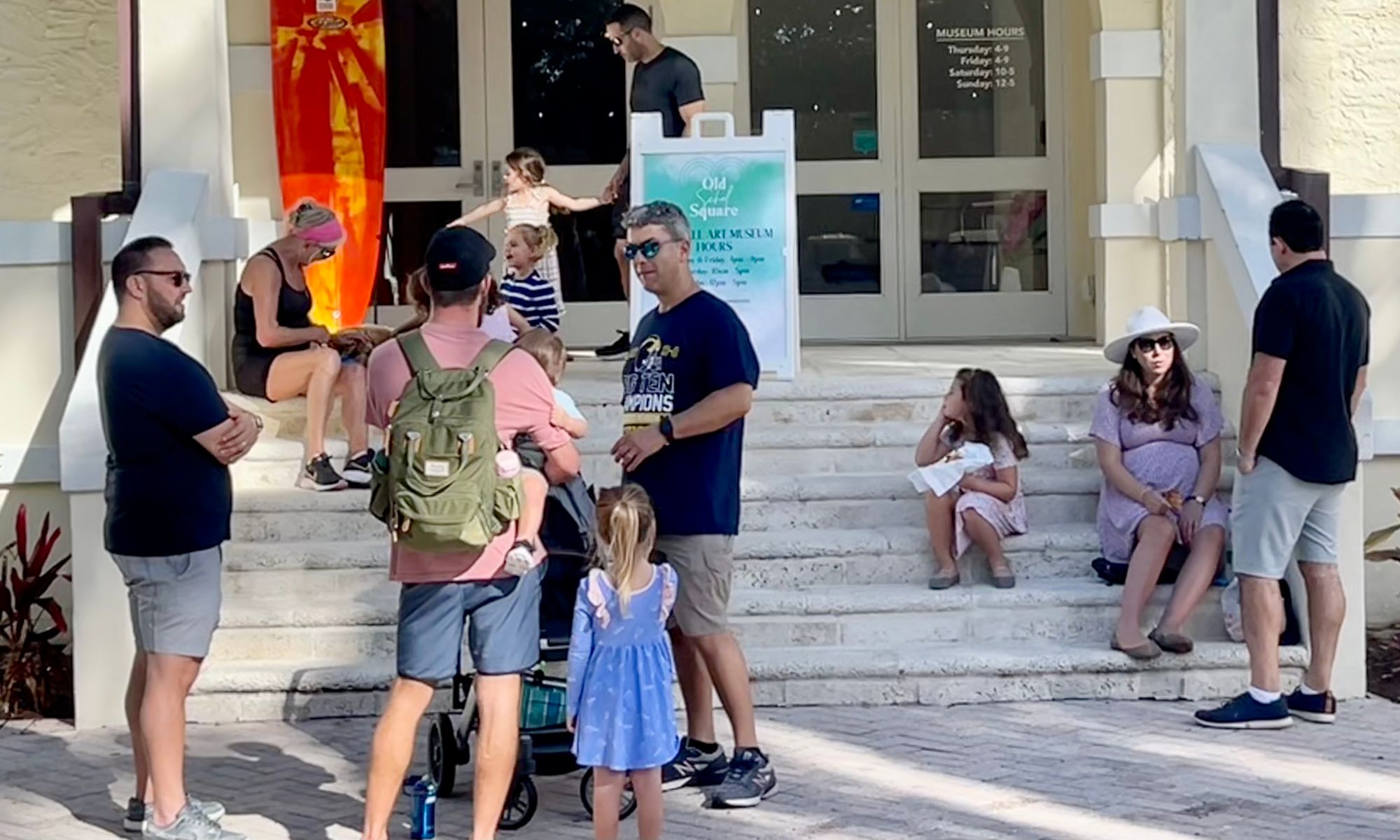
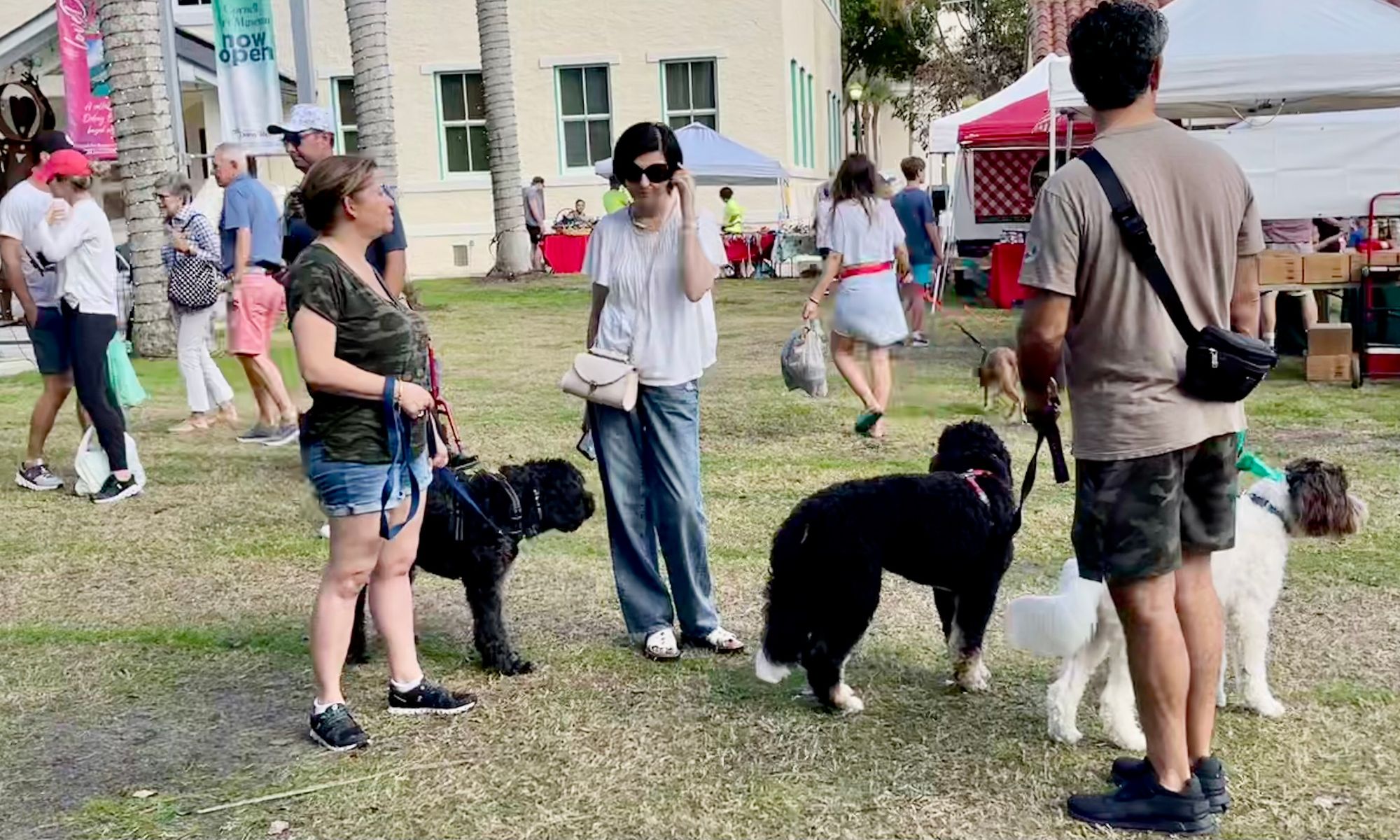
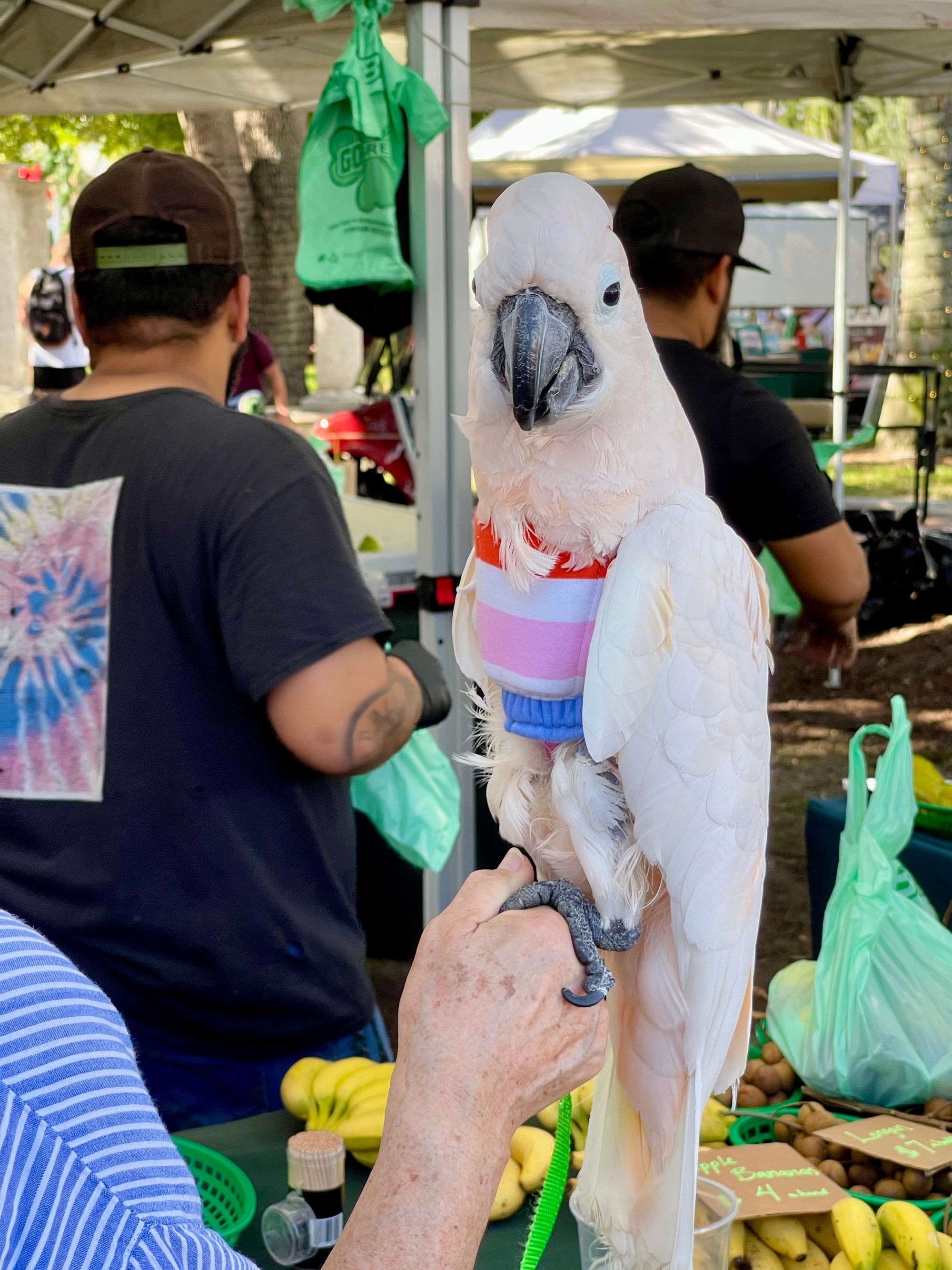
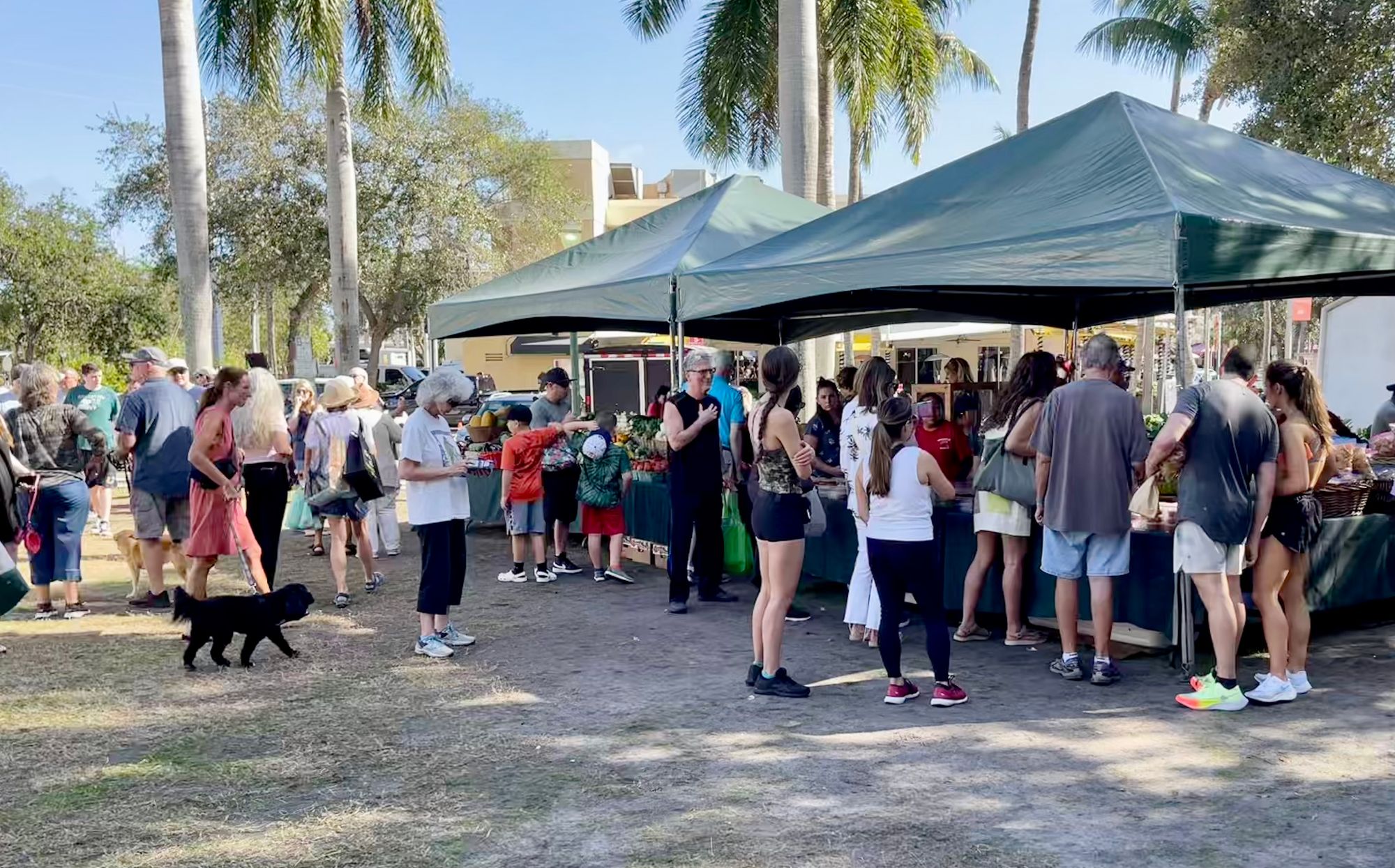
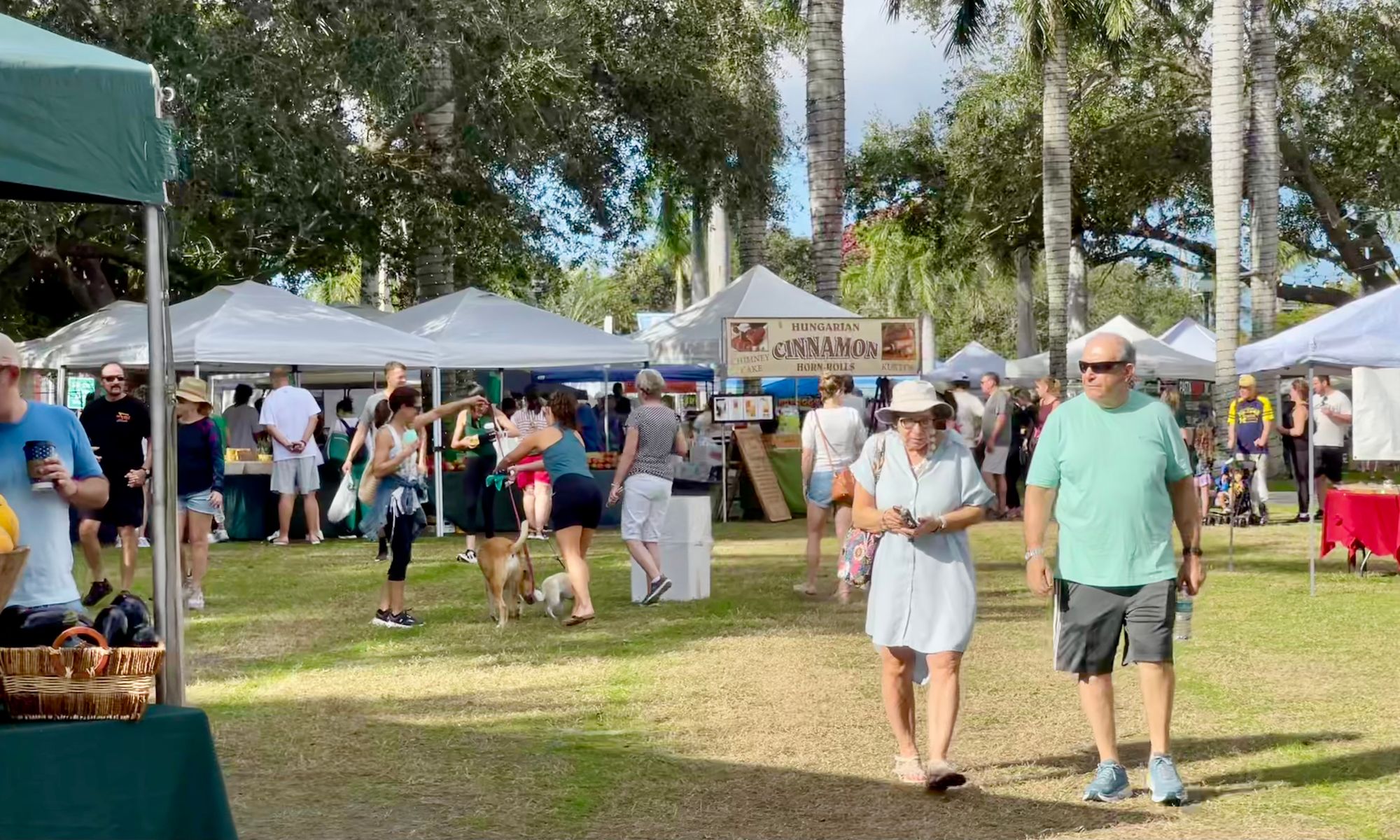
A New Market, COCO Monthly Health Market, in Veterans Park
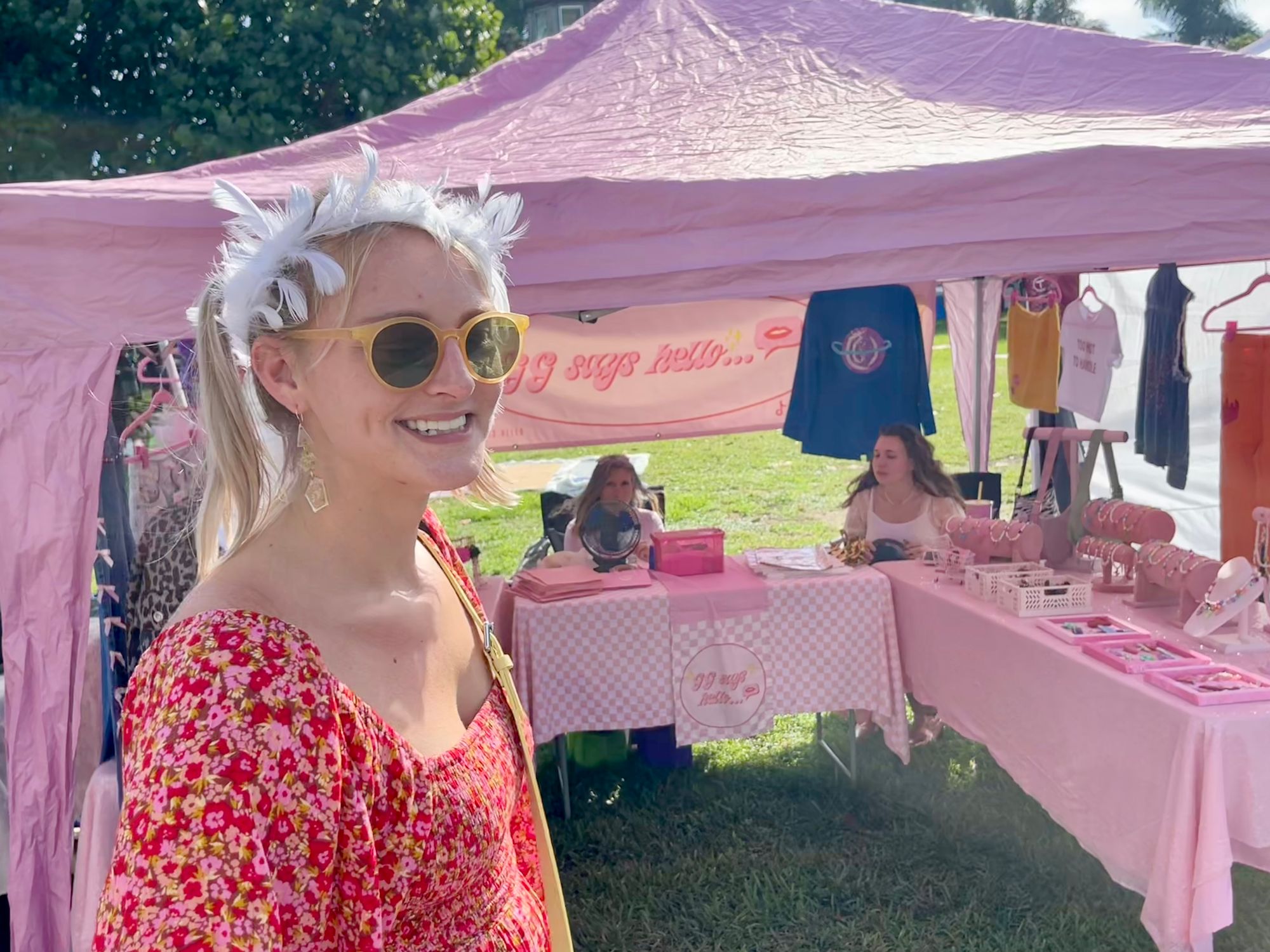
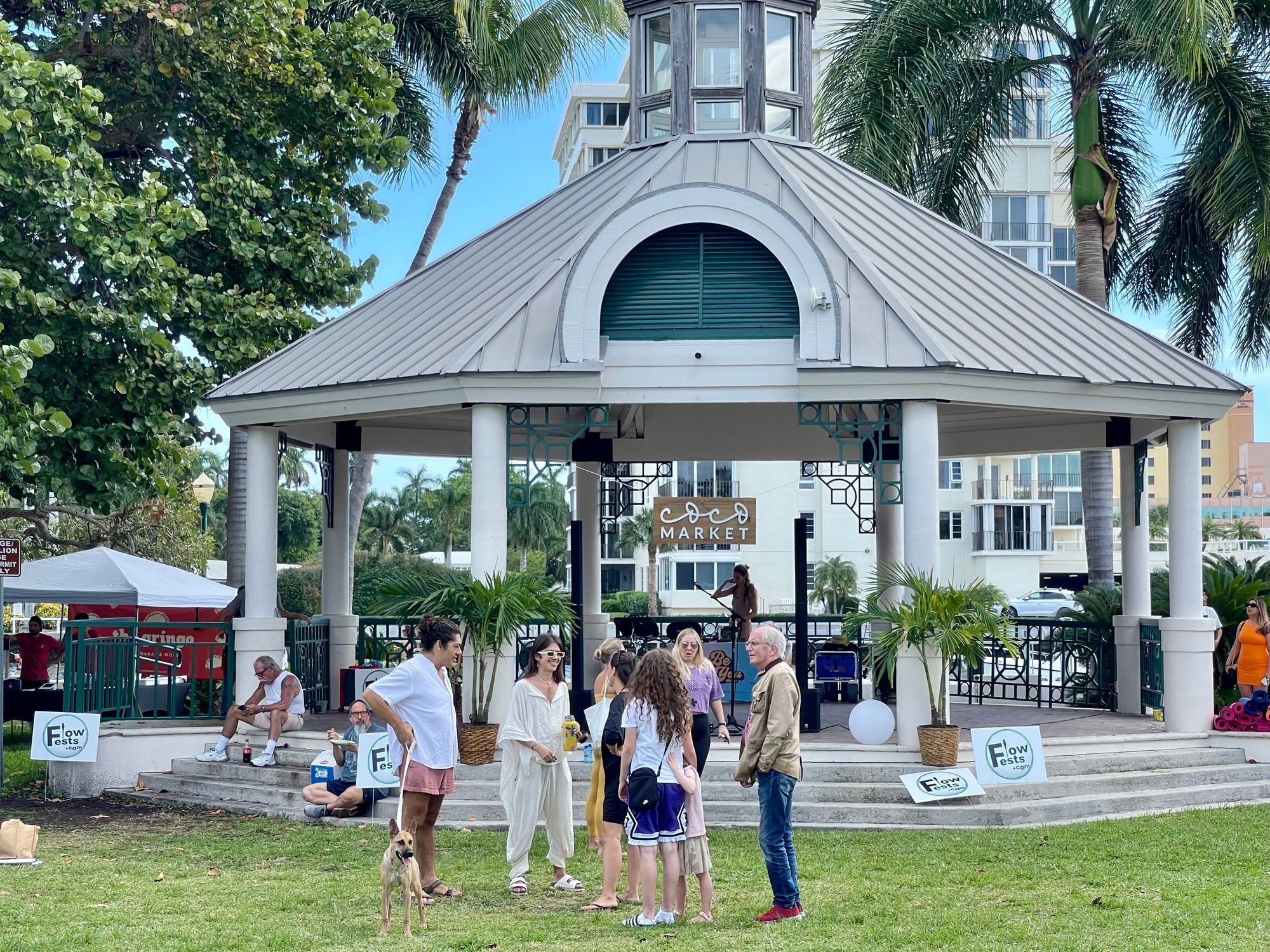
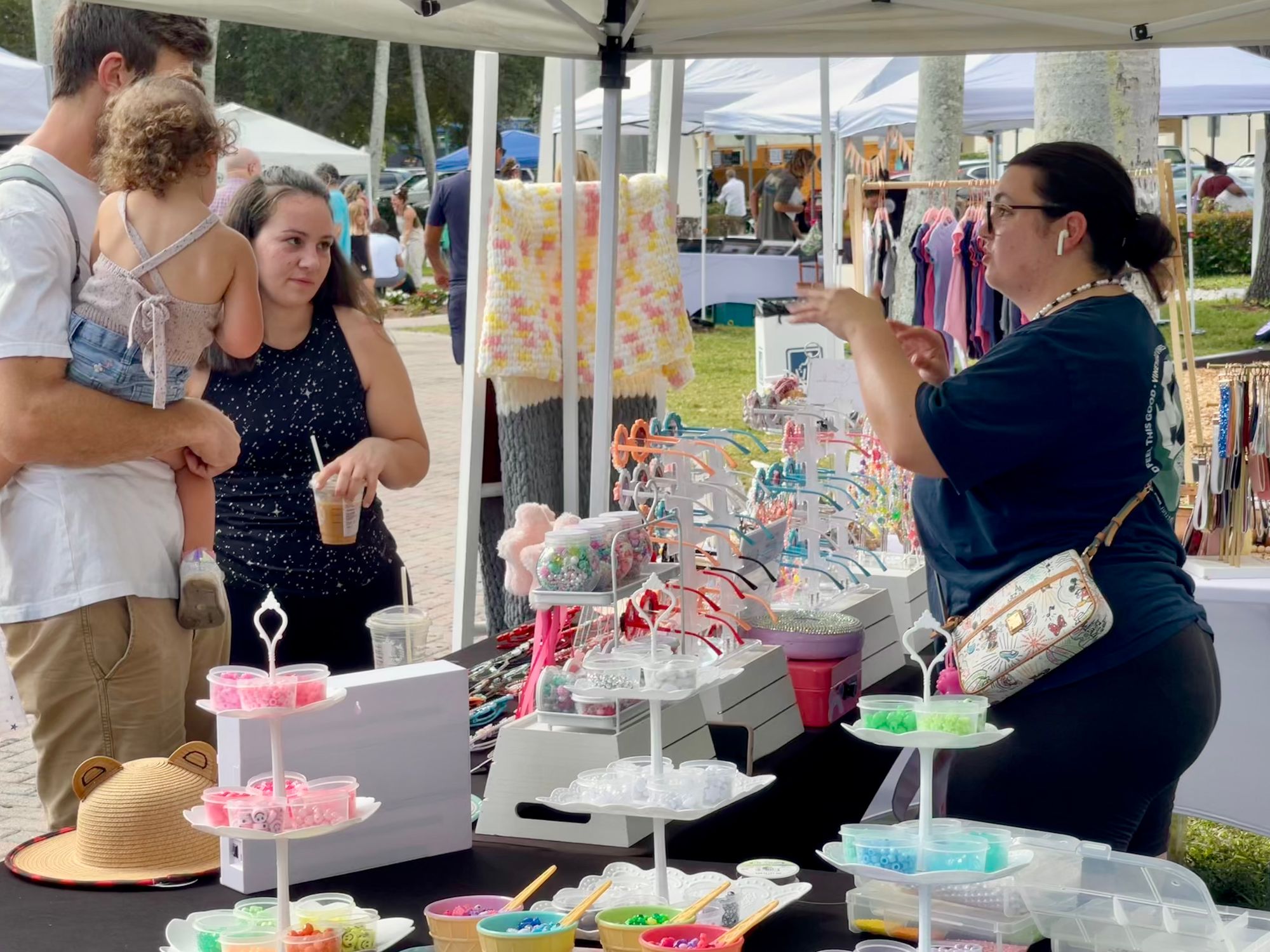
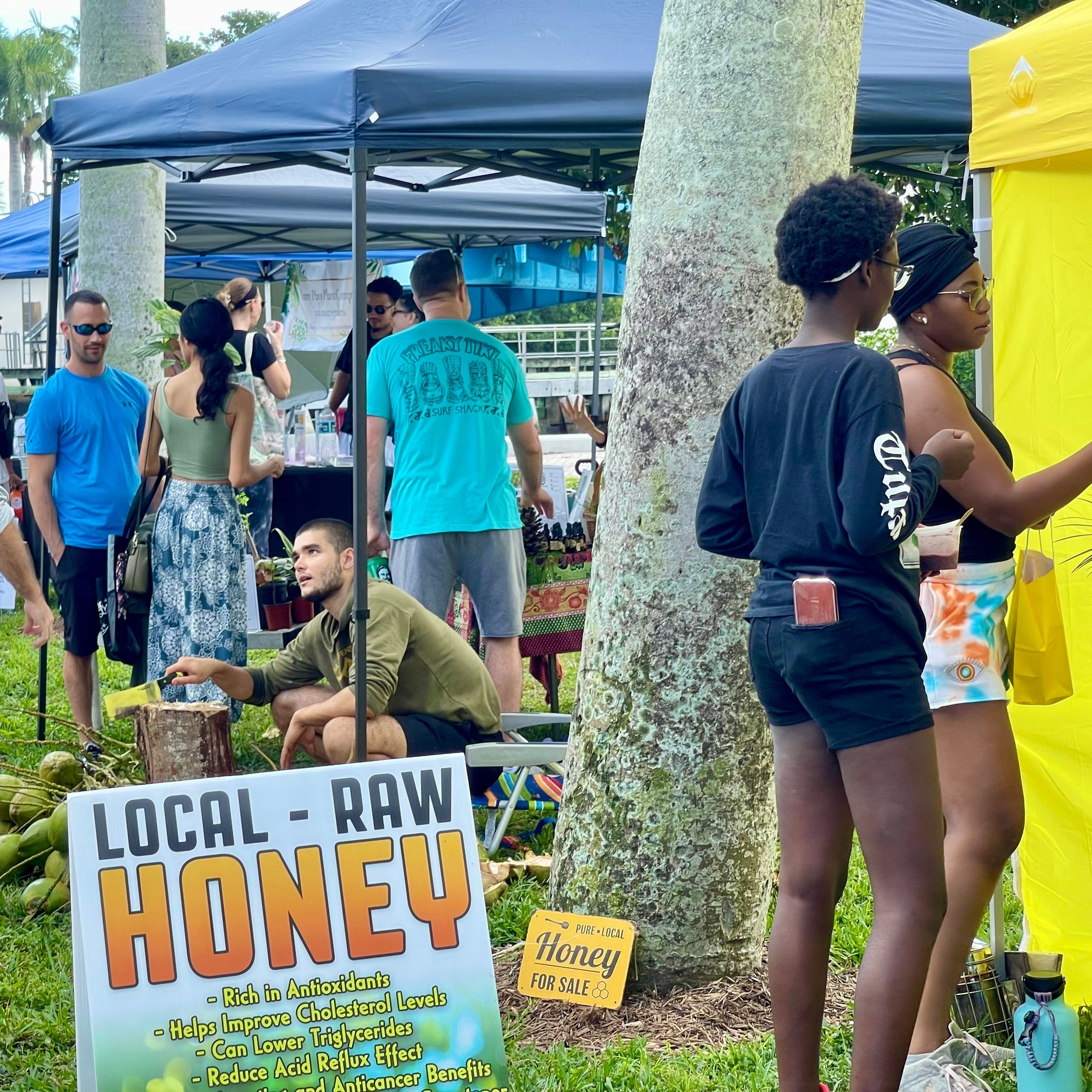
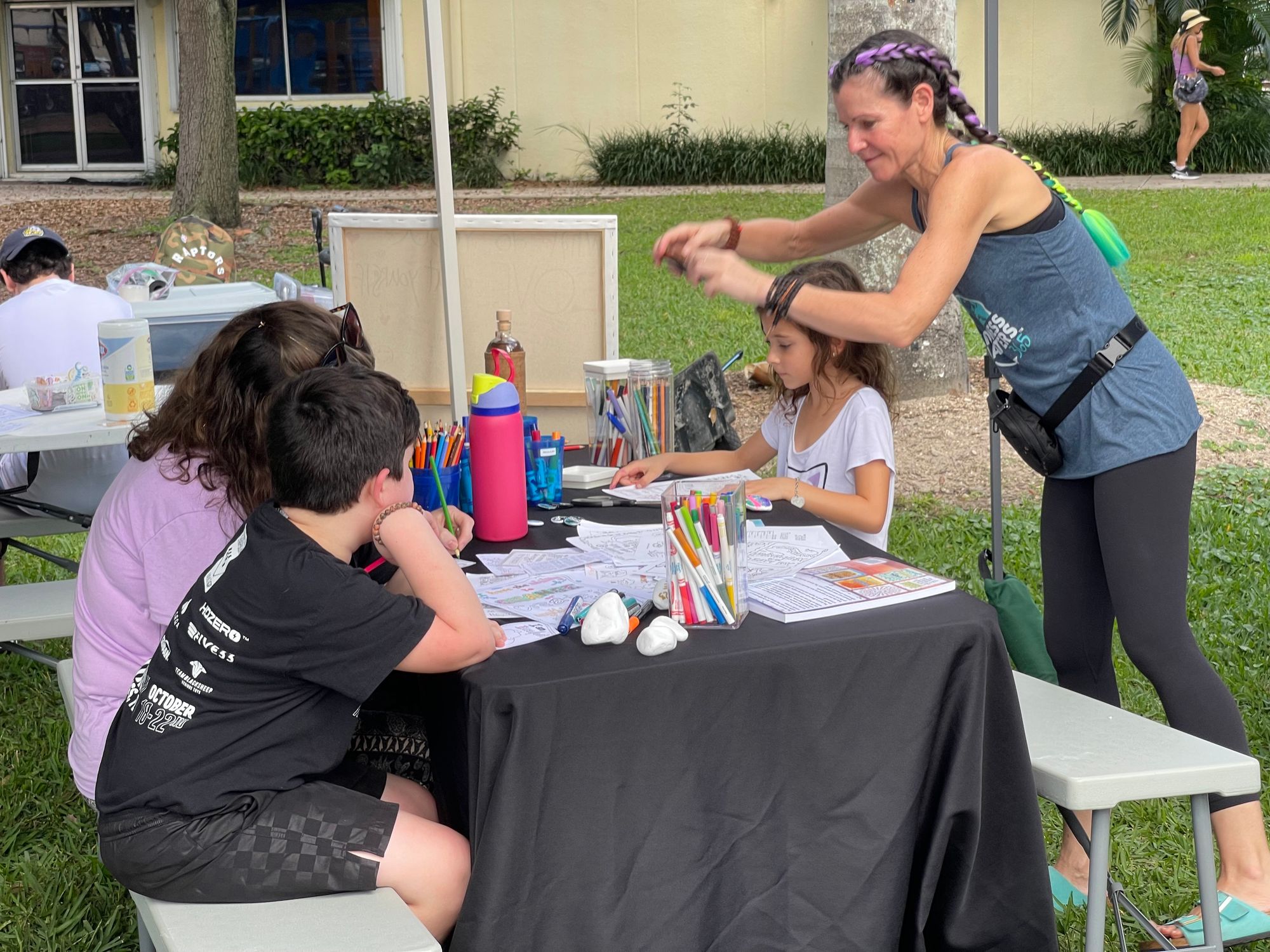
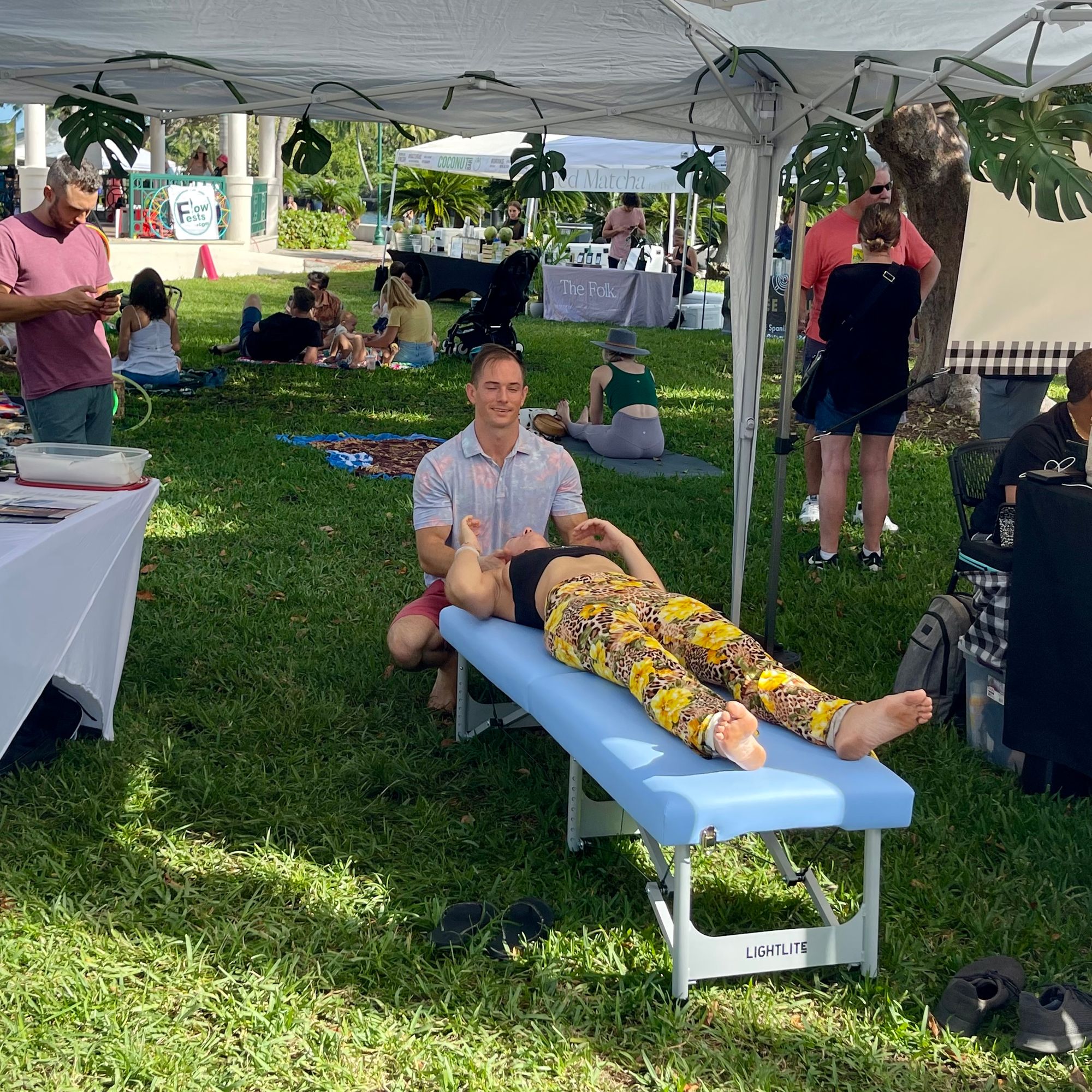
Lots of wonderful places to eat
There are so many wonderful places to eat in Delray. Two we like very much are the Farm House Restaurant and J&J Seafood, both on Atlantic Avenue.
Atlantic Avenue - Farm House Restaurant SE 2nd Street
We like the Farm House restaurant for a number of reasons. It is on the busiest corner on Atlantic Avenue; it has a corner table where we must sit as we see an amazing world of people pass by. It is entertainment at its best.
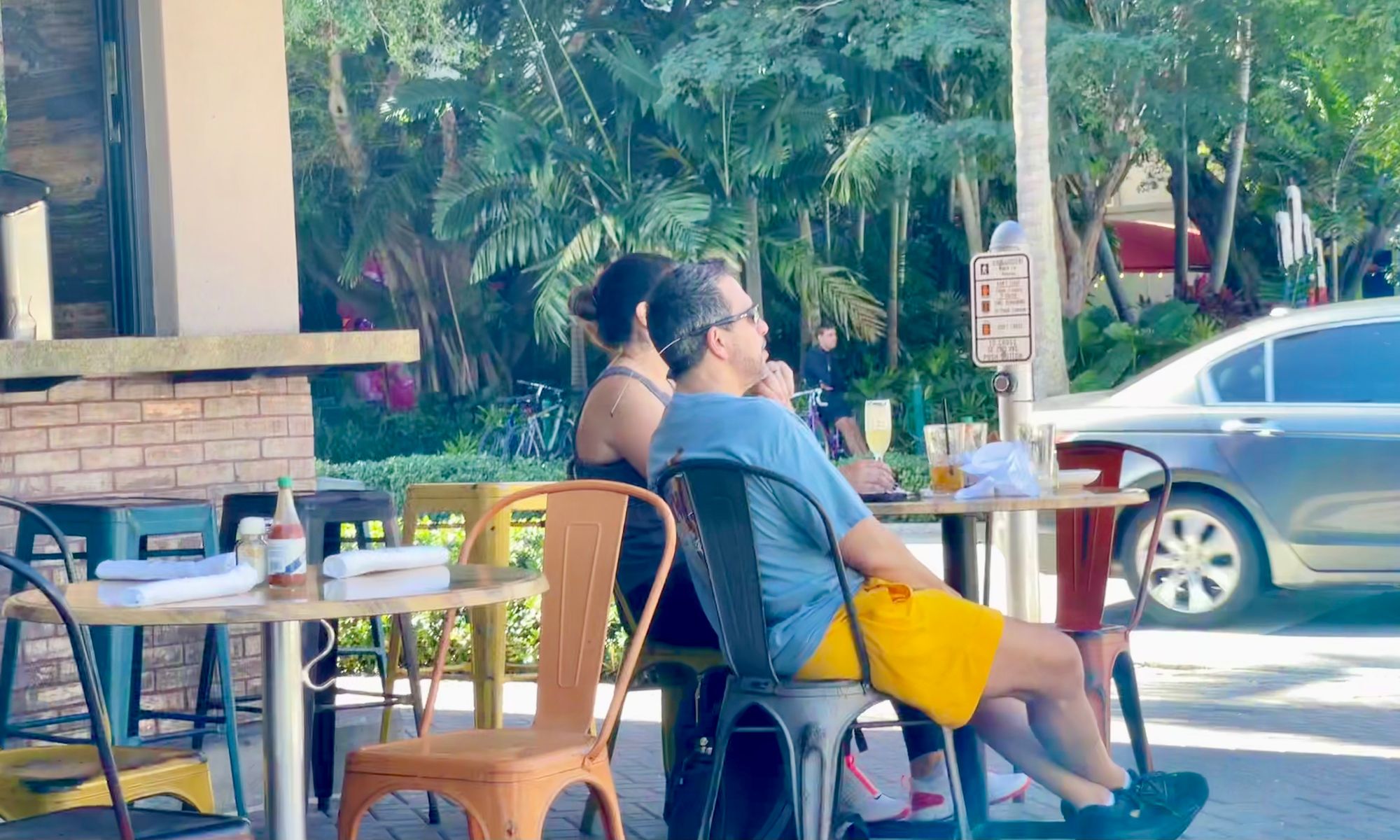
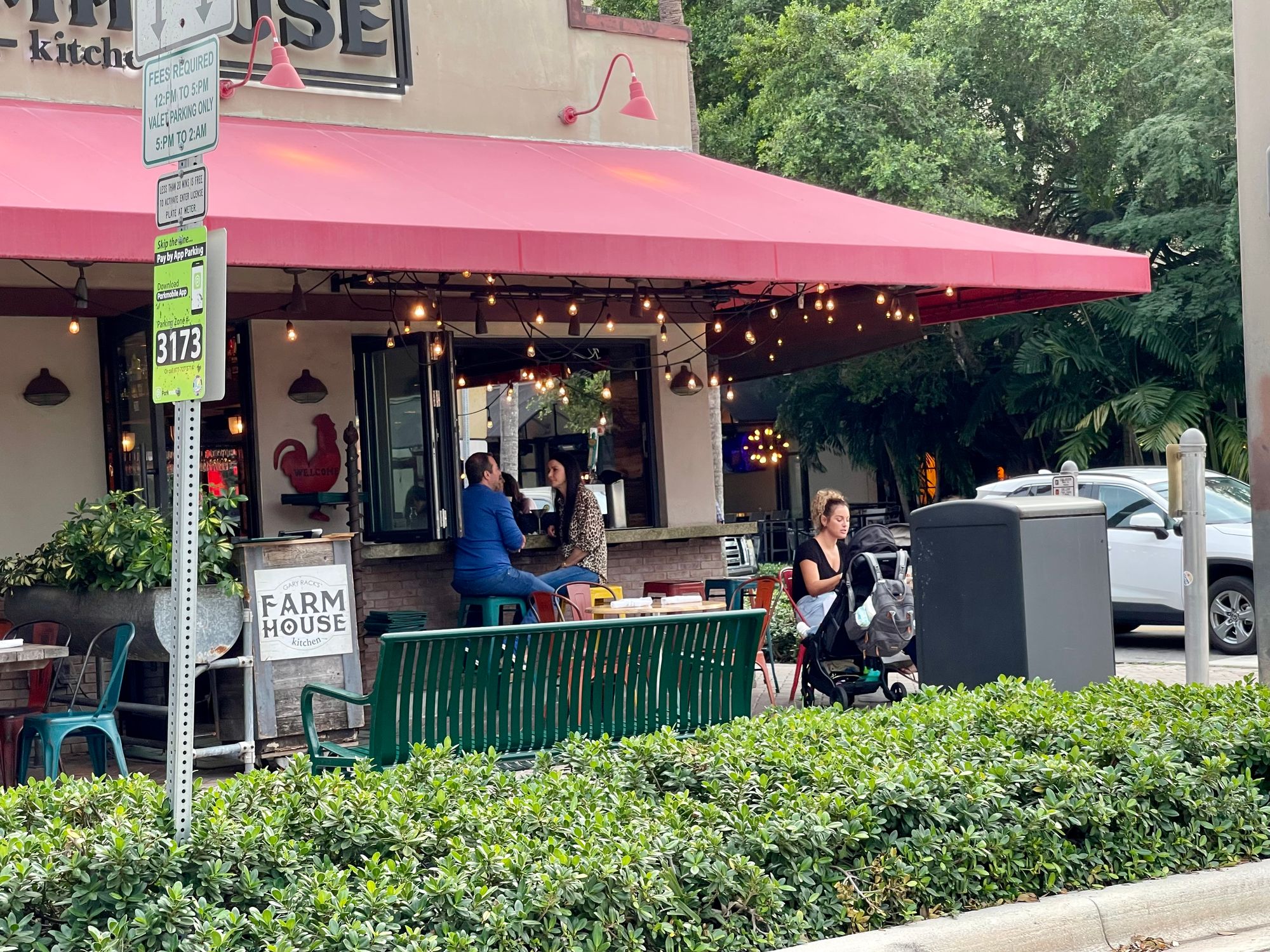
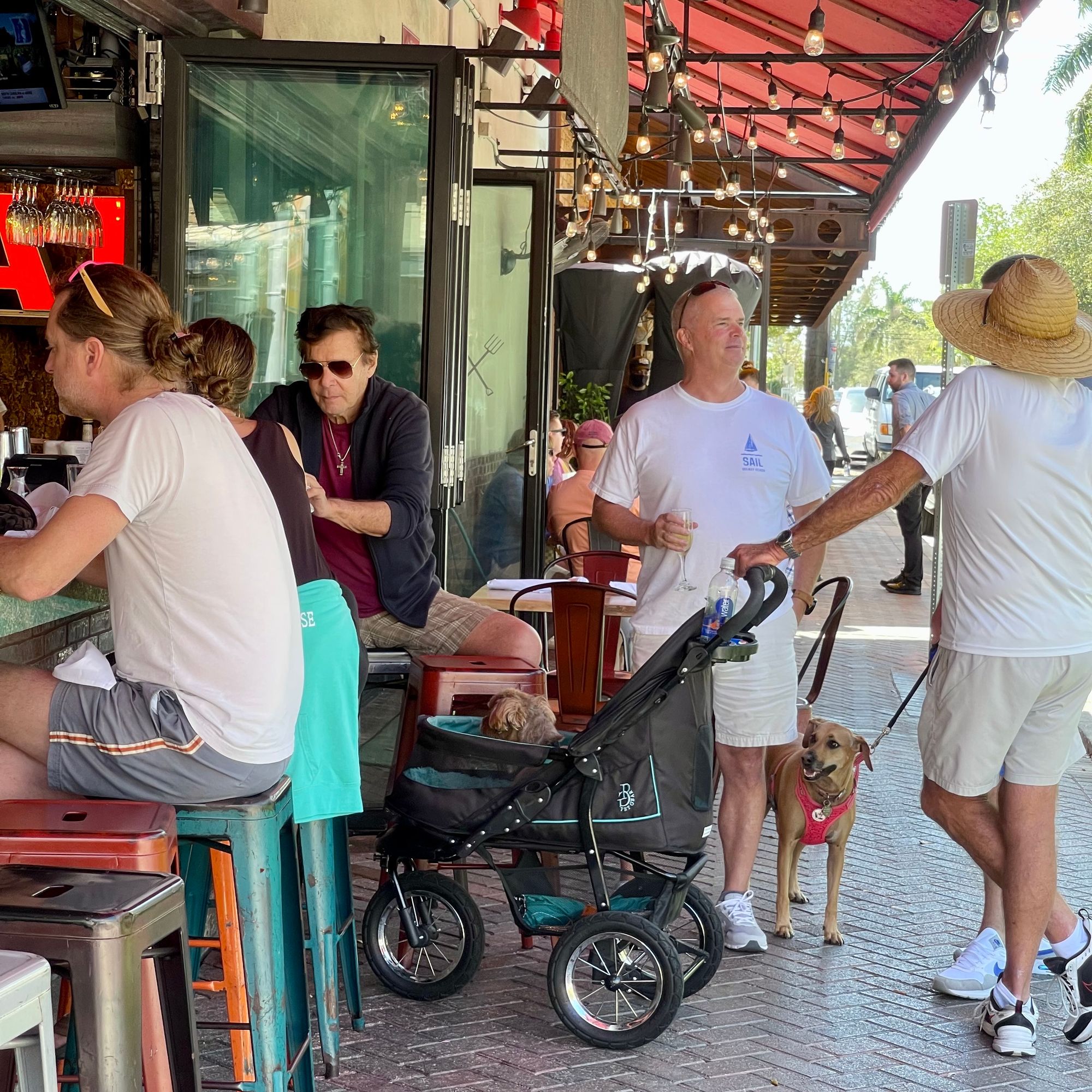
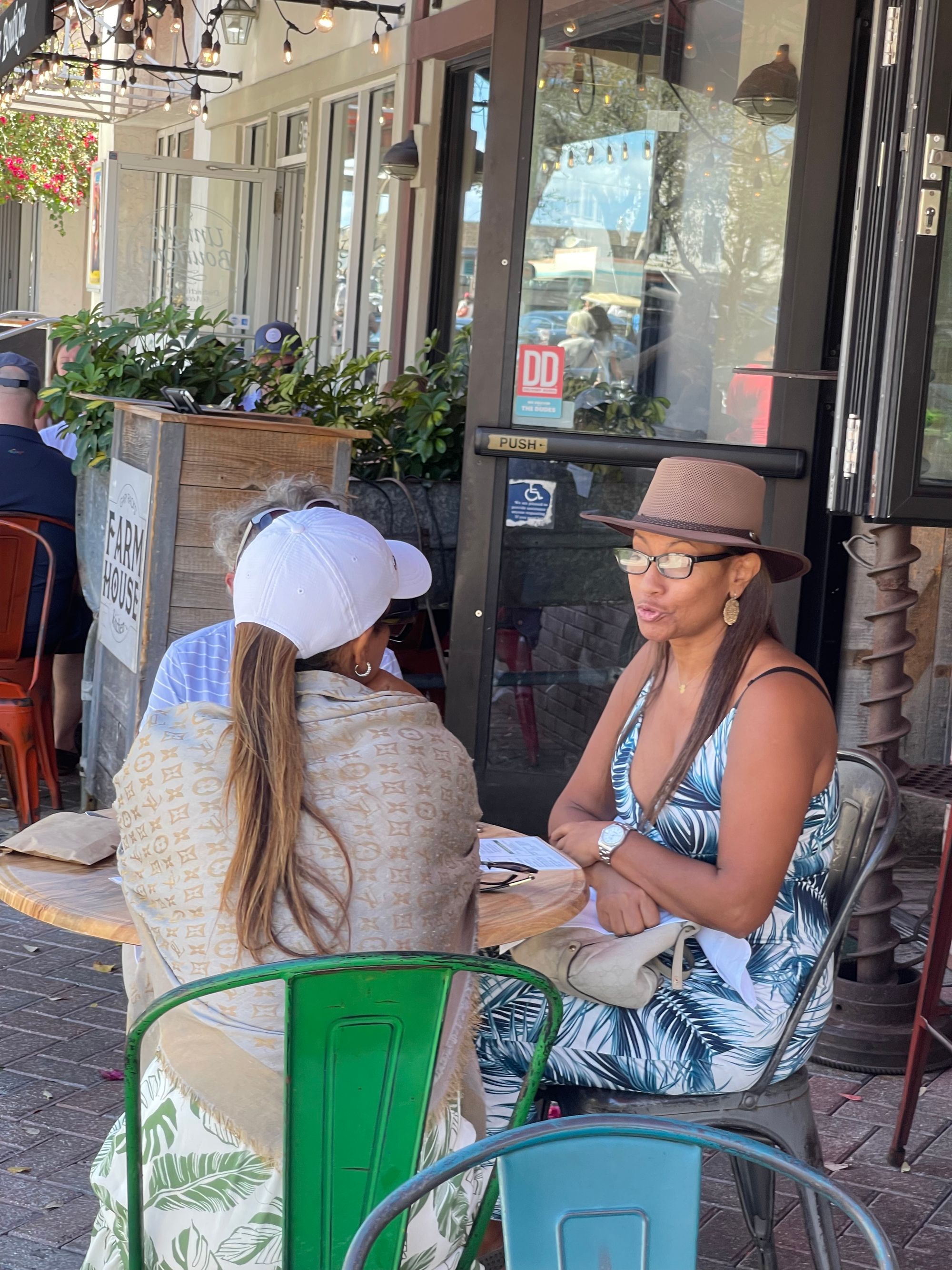
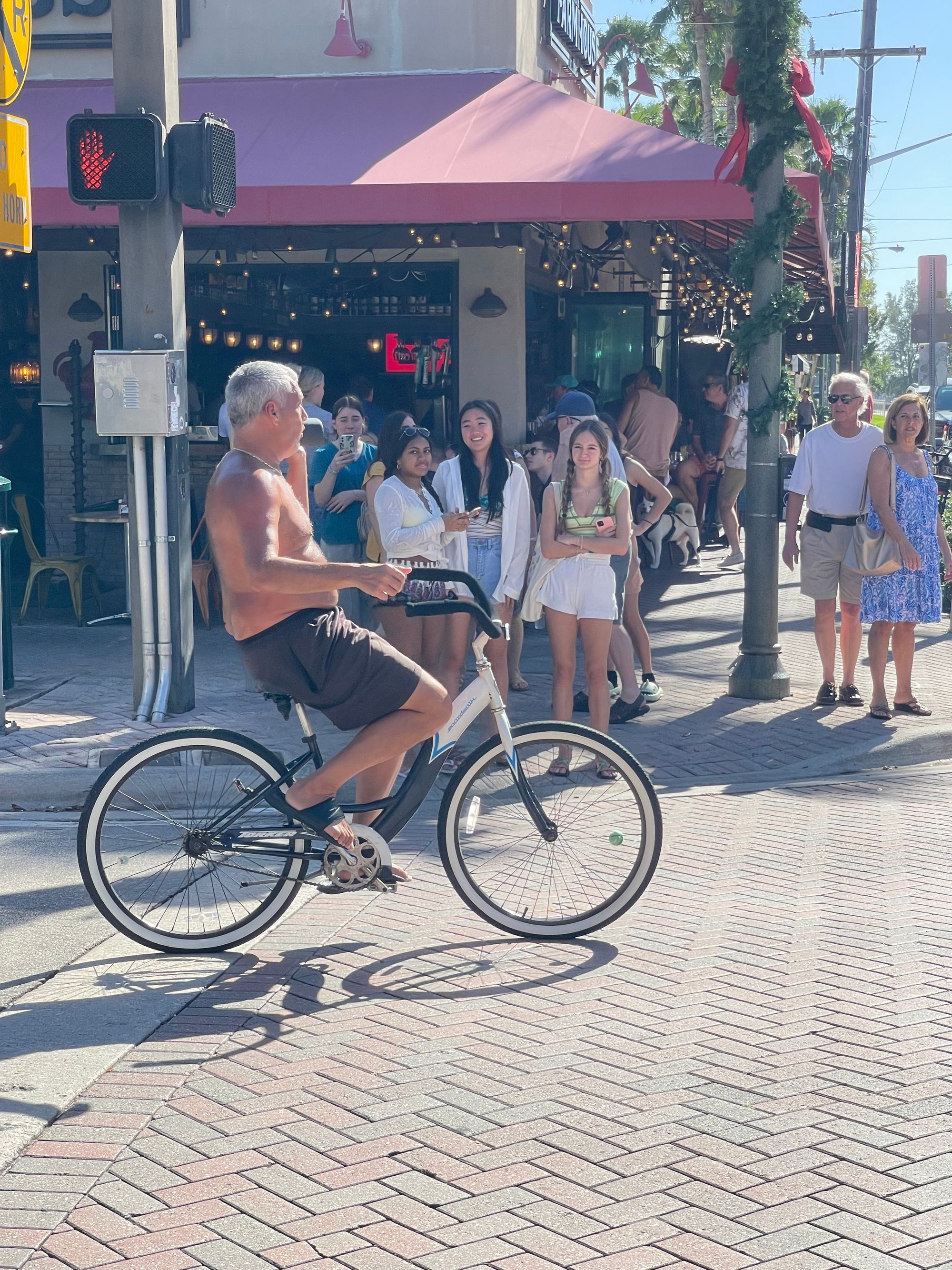
J&J Seafood Restaurant Between Federal and SE 7th Street on Atlantic Avenue
Our other favorite place is J&J seafood. It is one of the best seafood restaurants we have ever been to, but it has the narrowest and worst sidewalk on Atlantic Avenue. It's a shame because the food is wonderful.
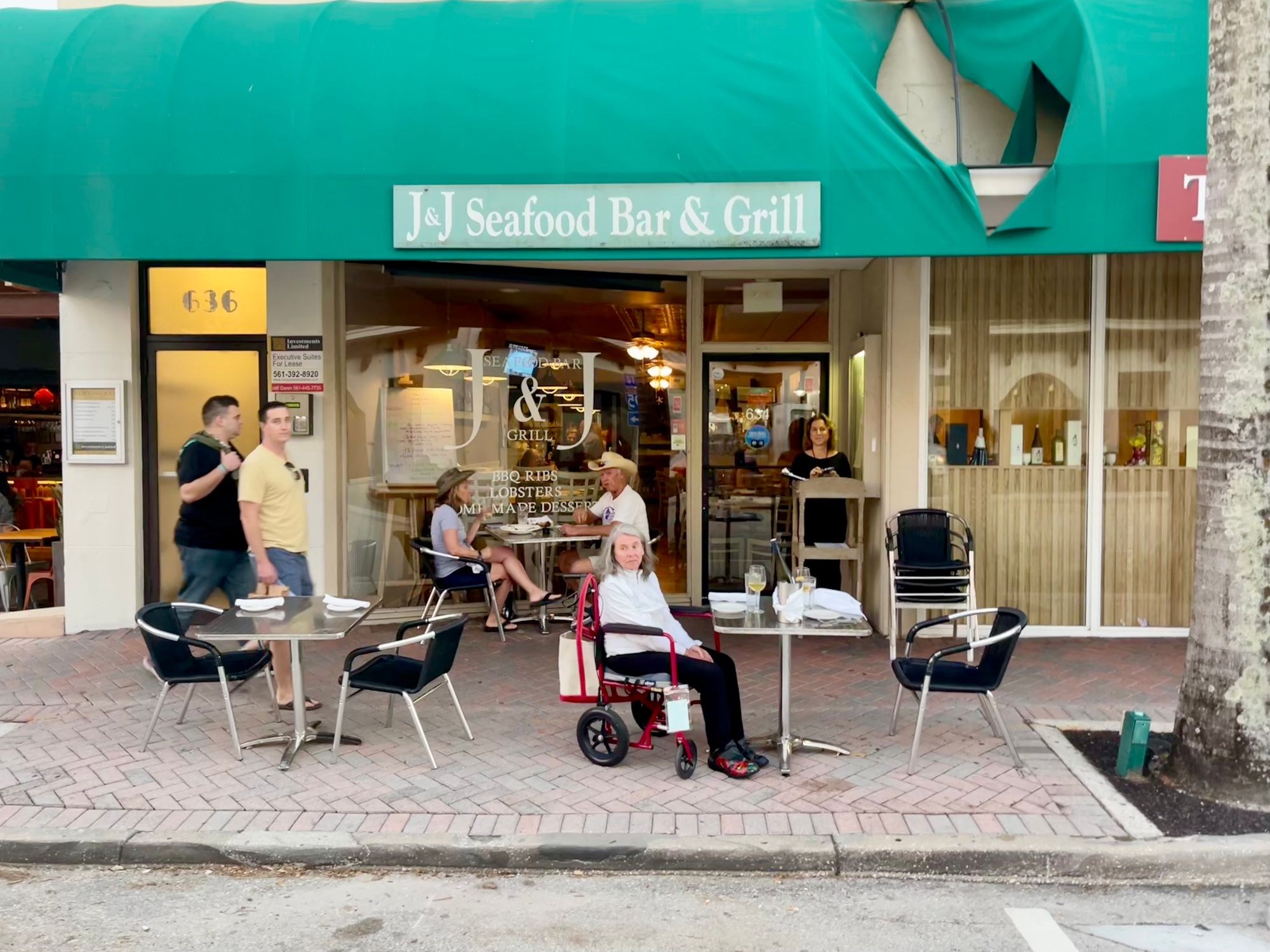
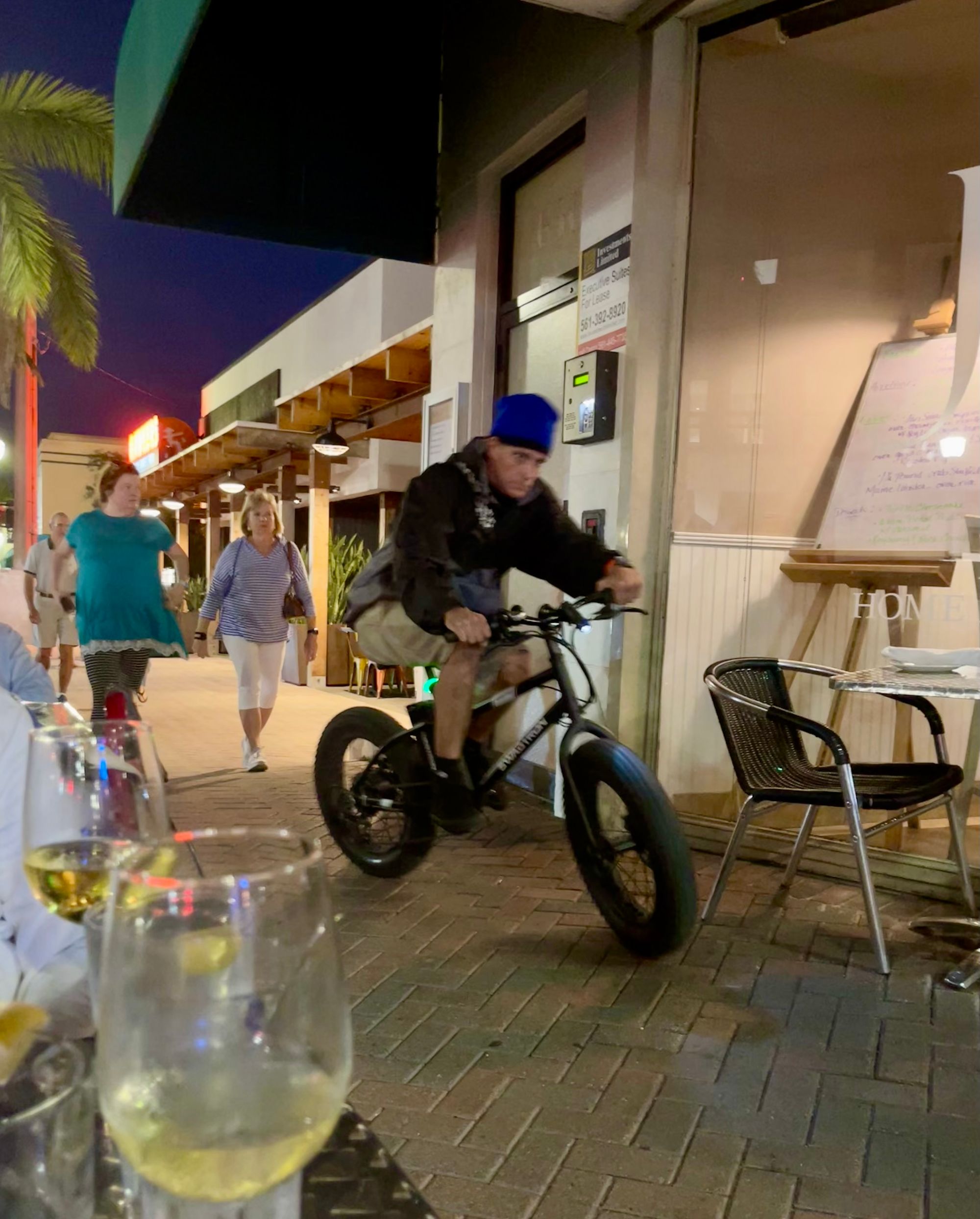
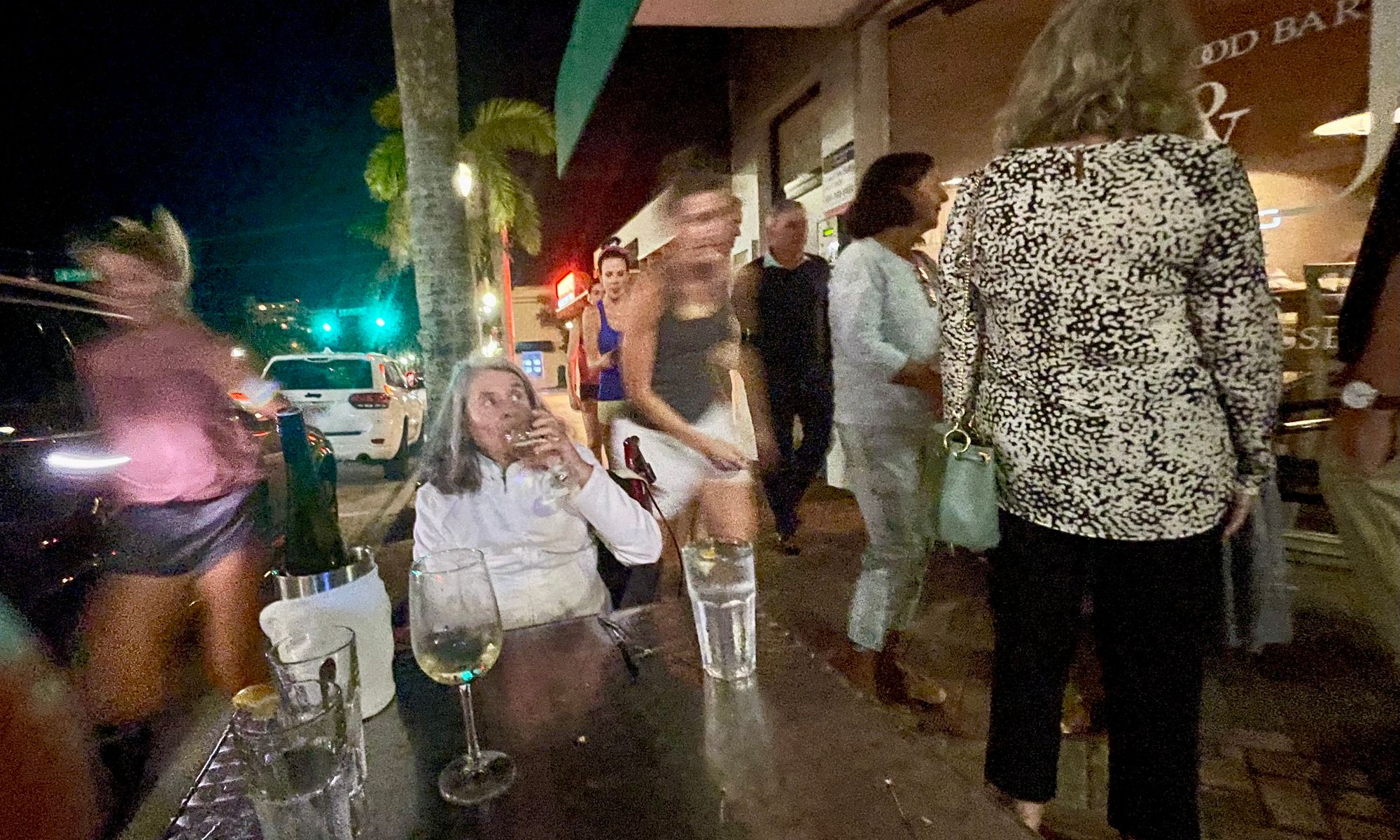
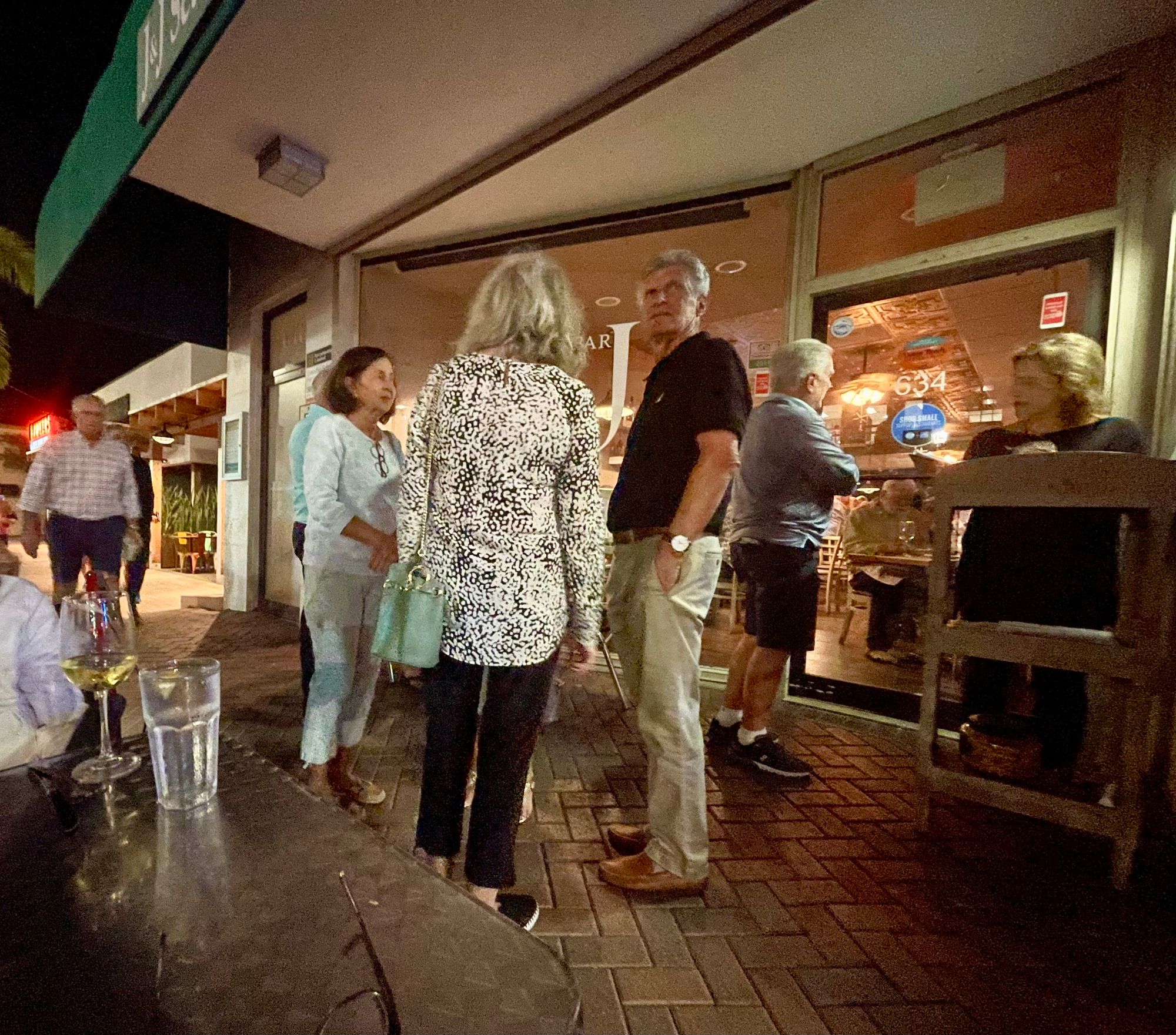
Delray at night
Delray comes alive at night with its colorful lights. Even when the sun goes down, the streets are full of people enjoying the weather, energy, and each other's company.
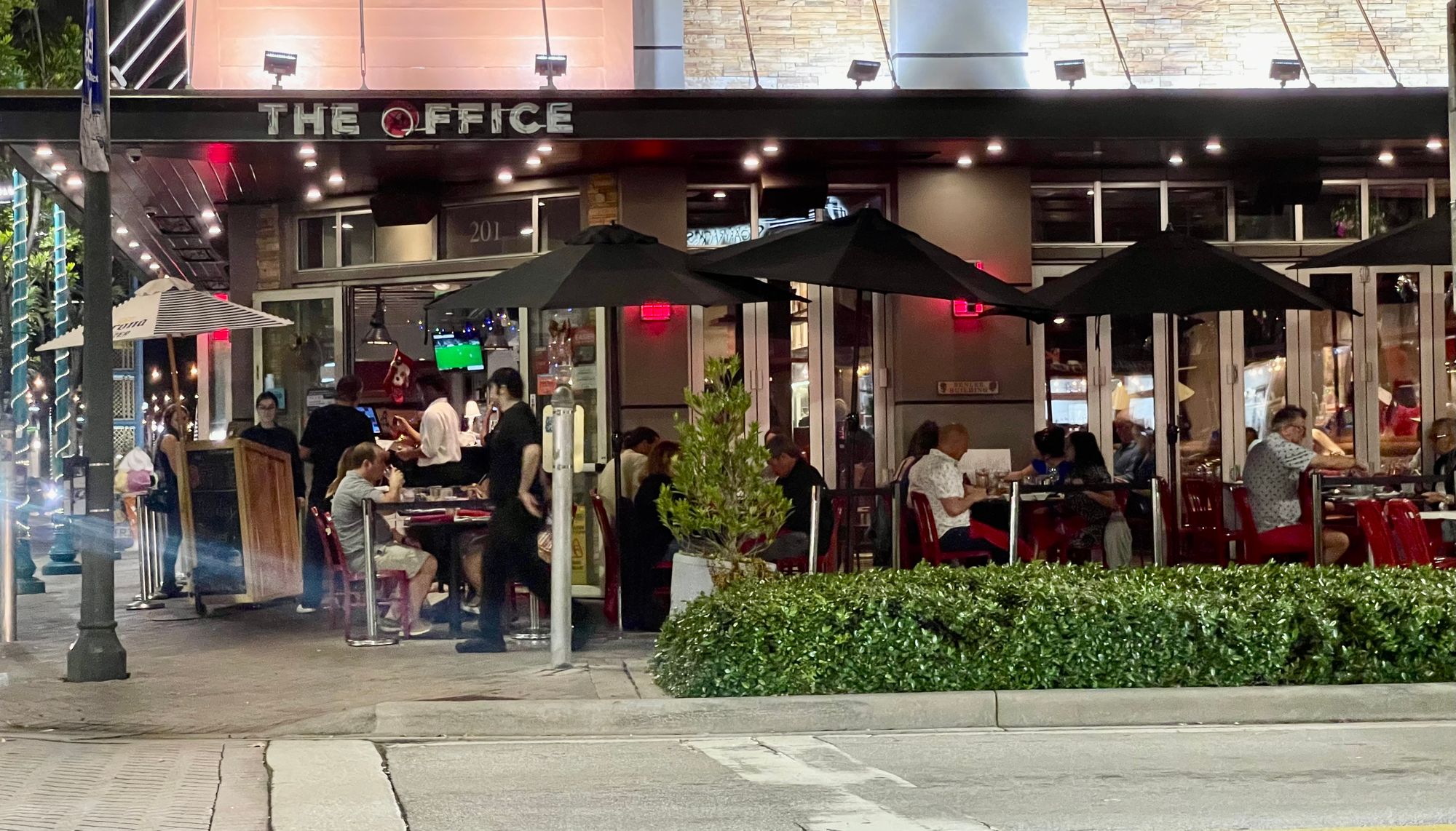
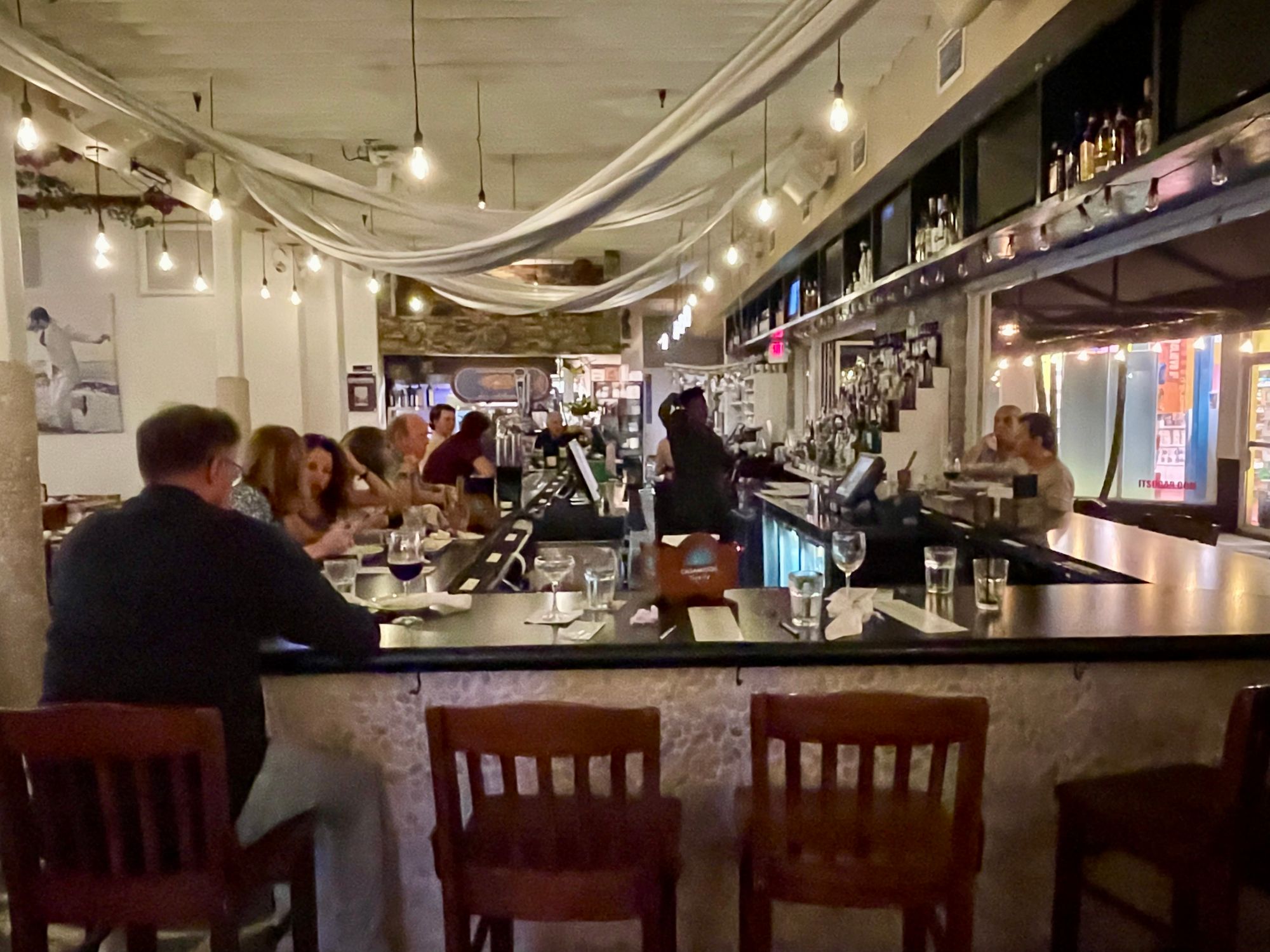
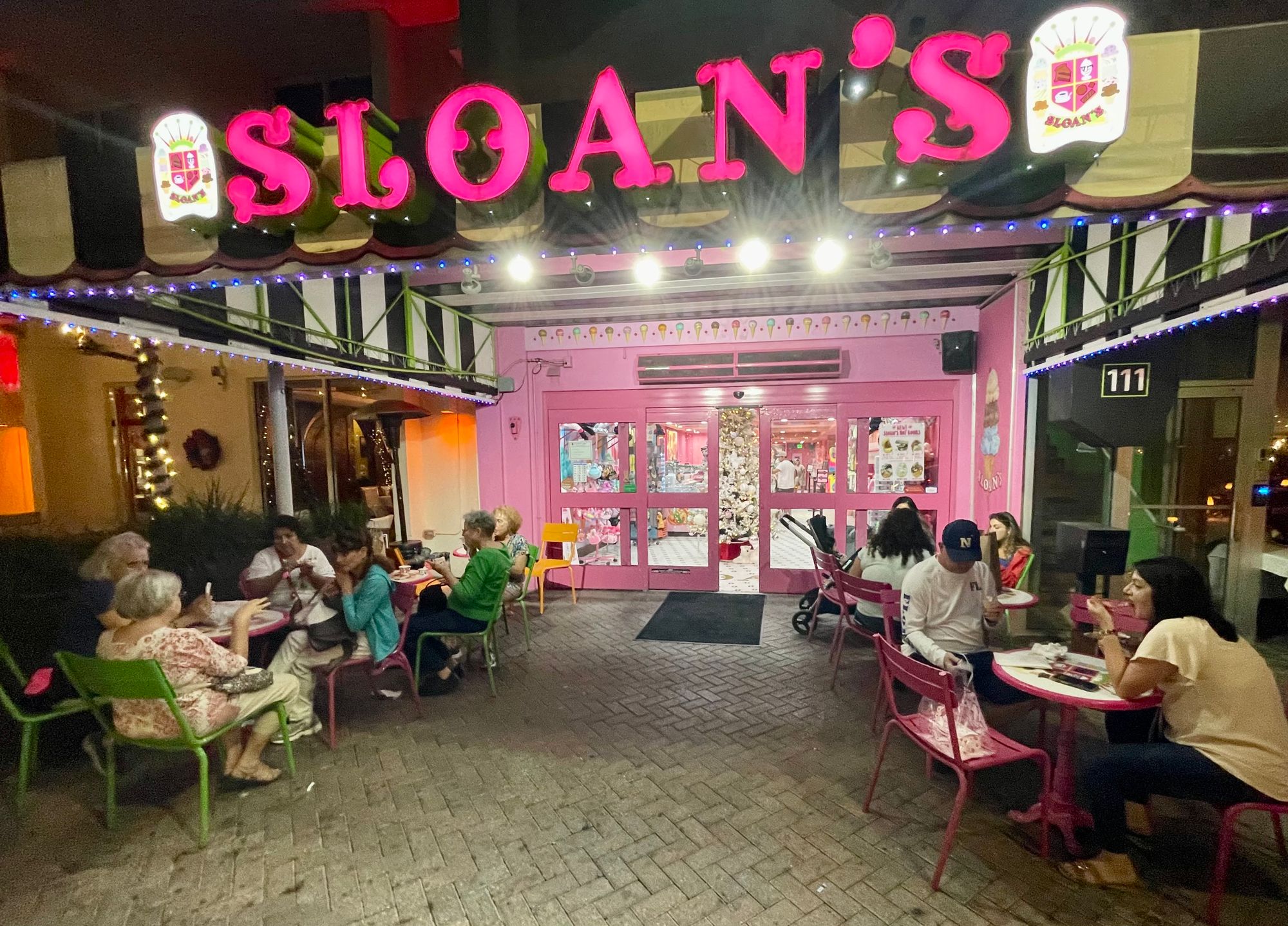
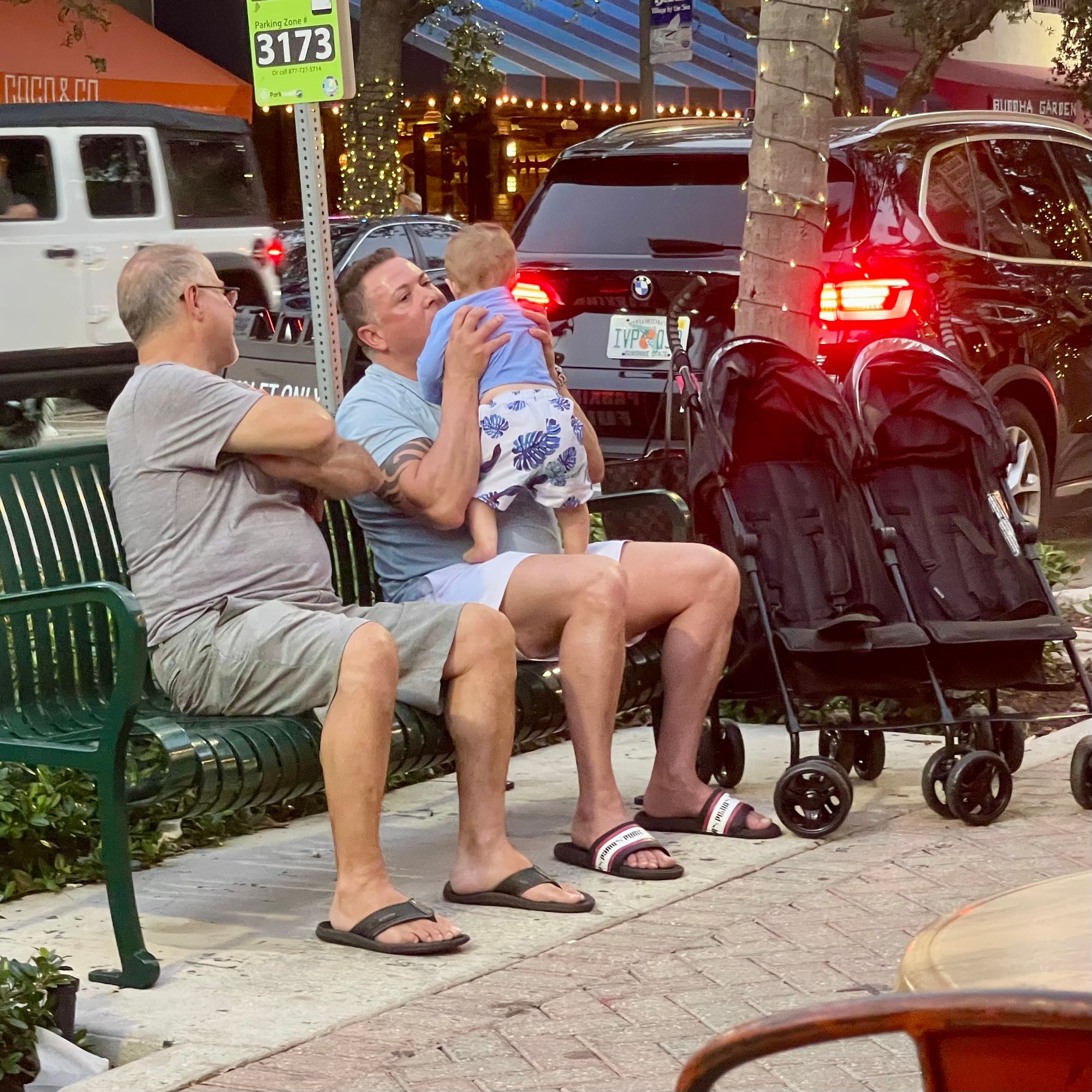
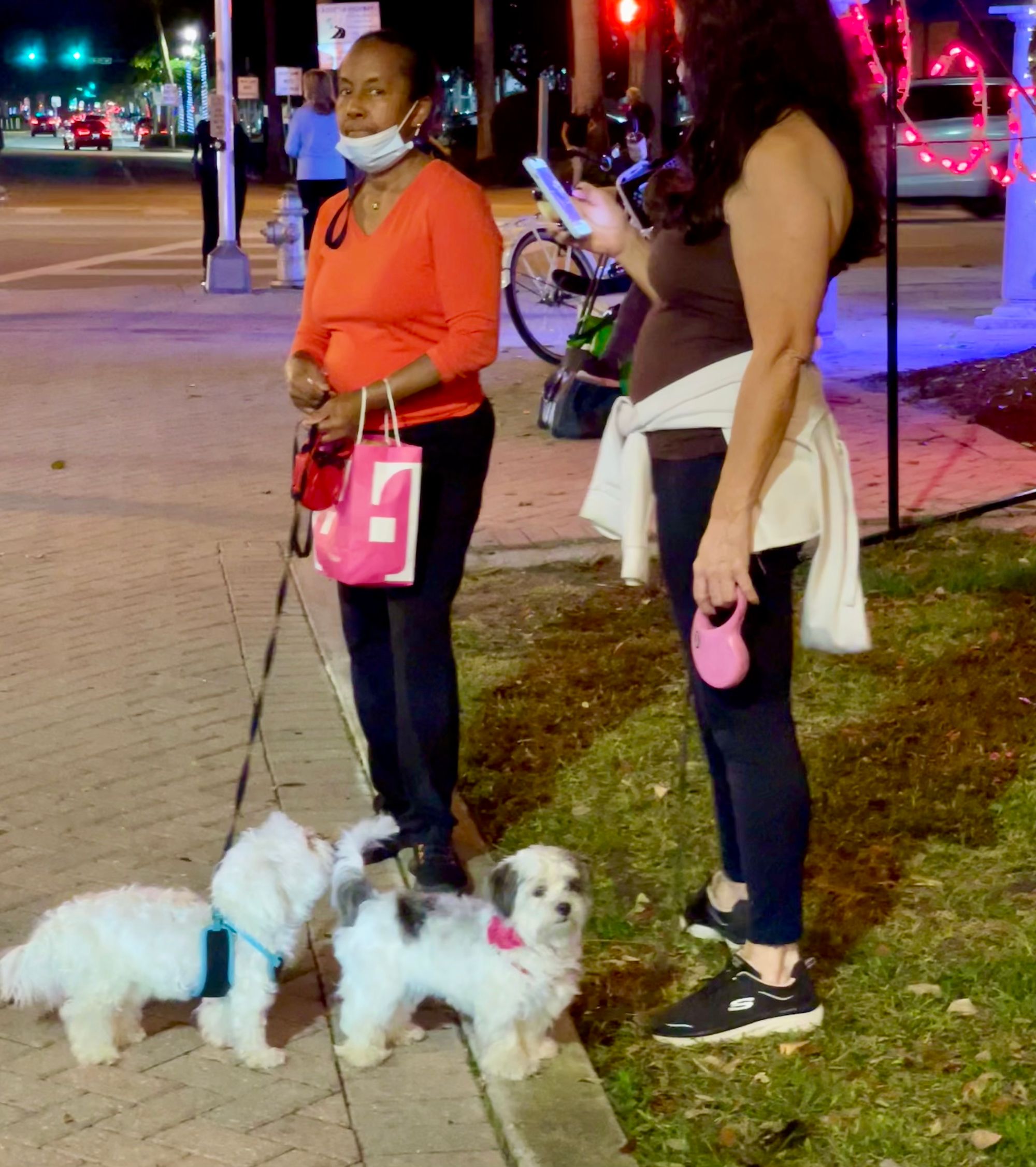
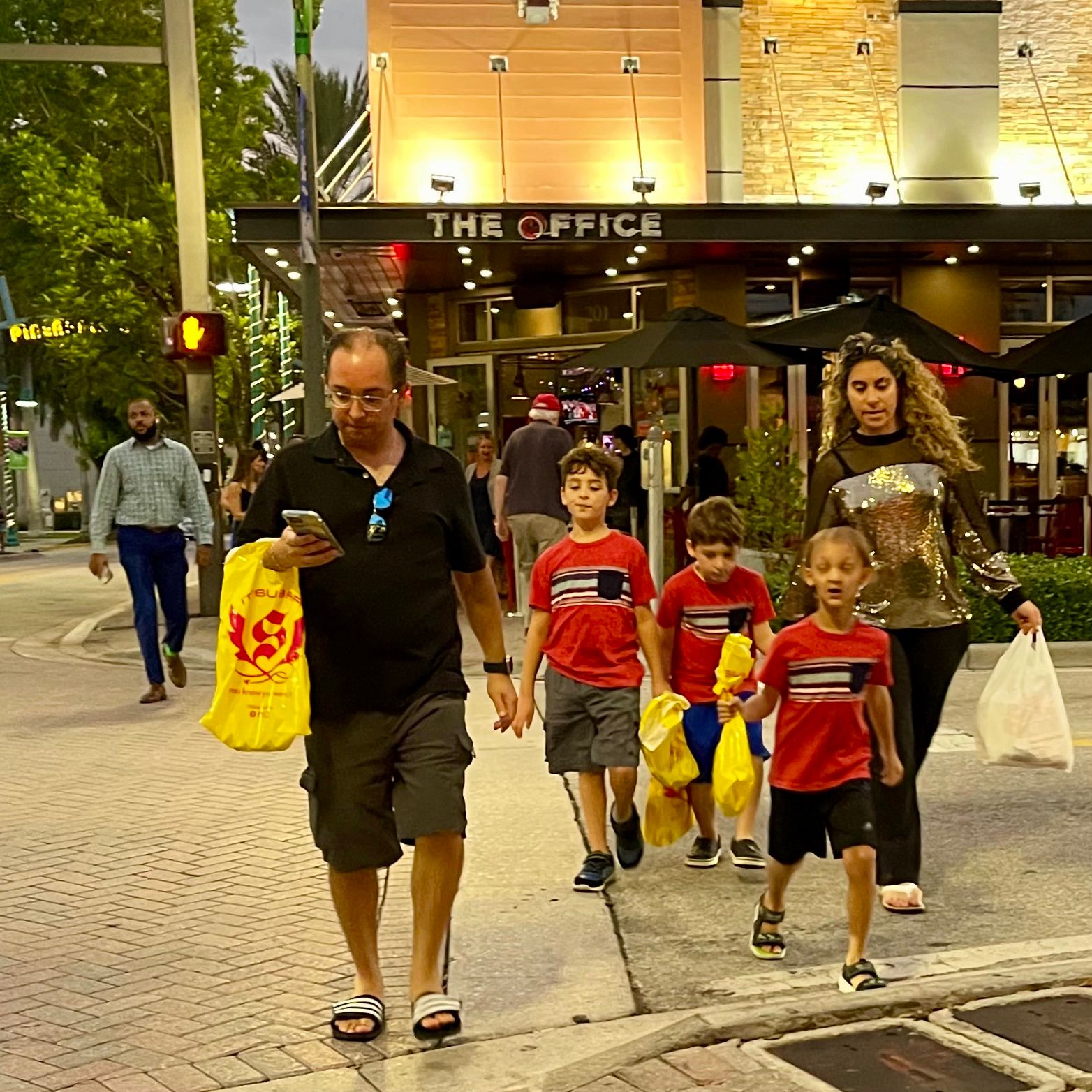
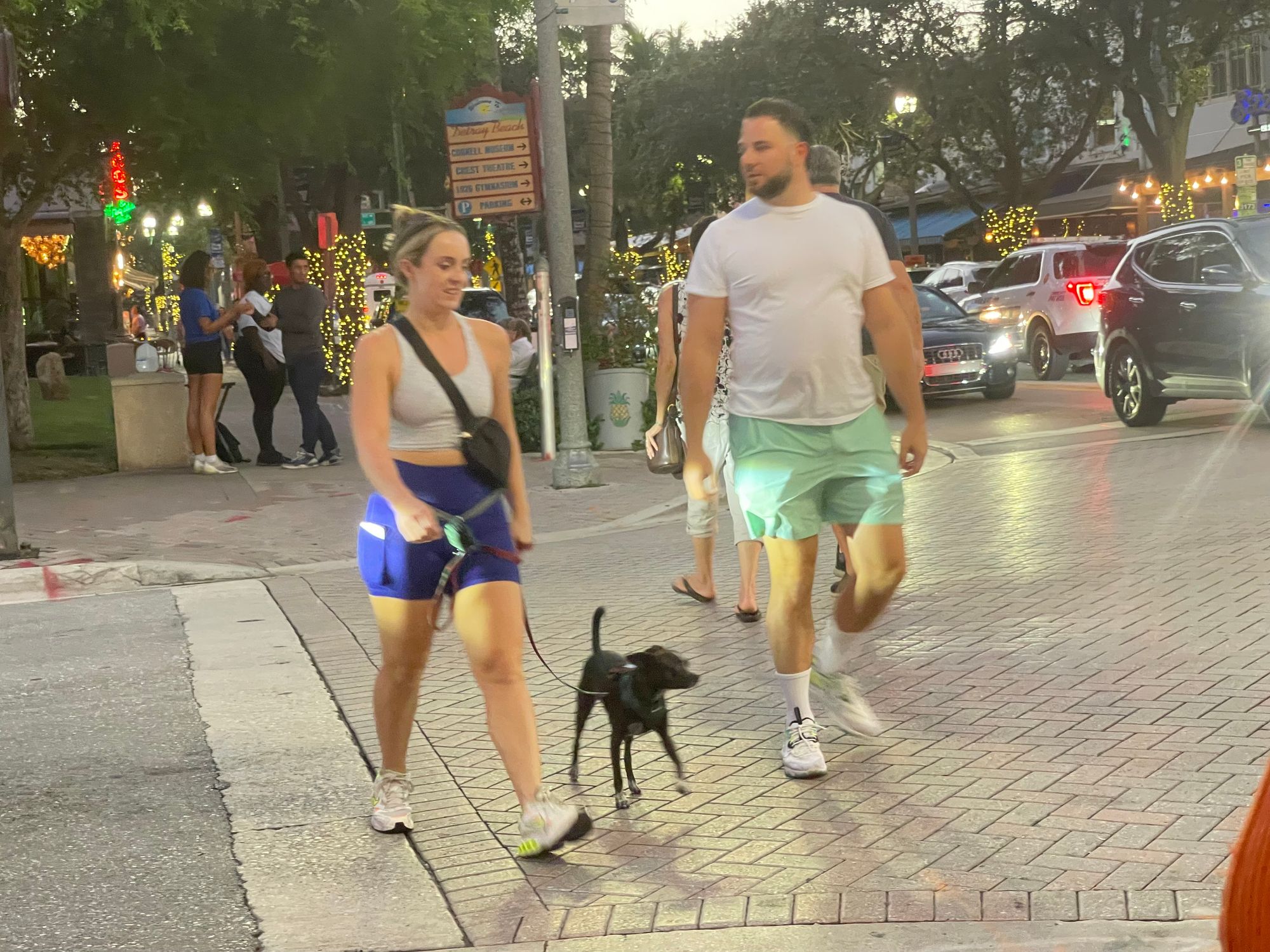
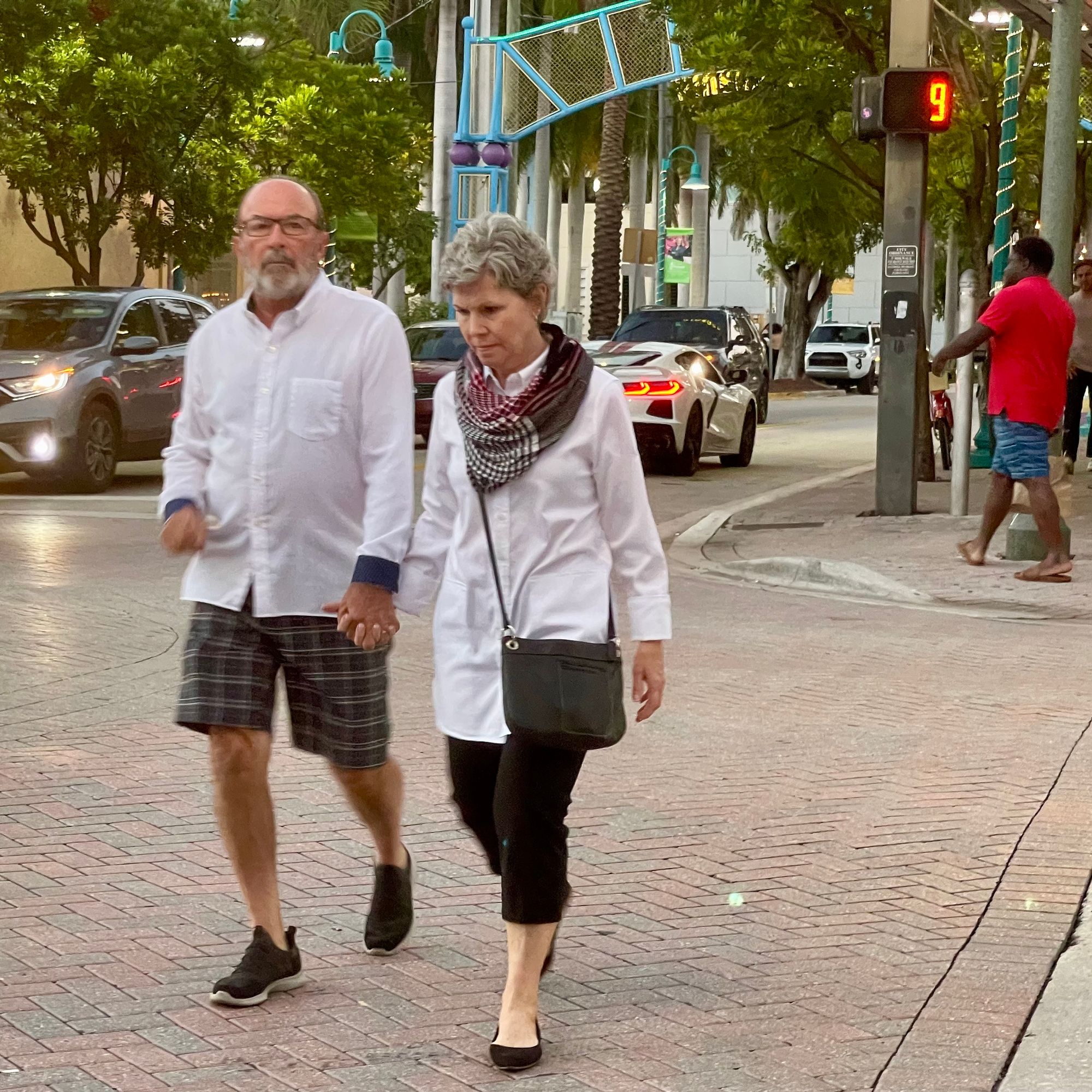
More of What We Love in Photos
The Annual Christmas Boat Parade
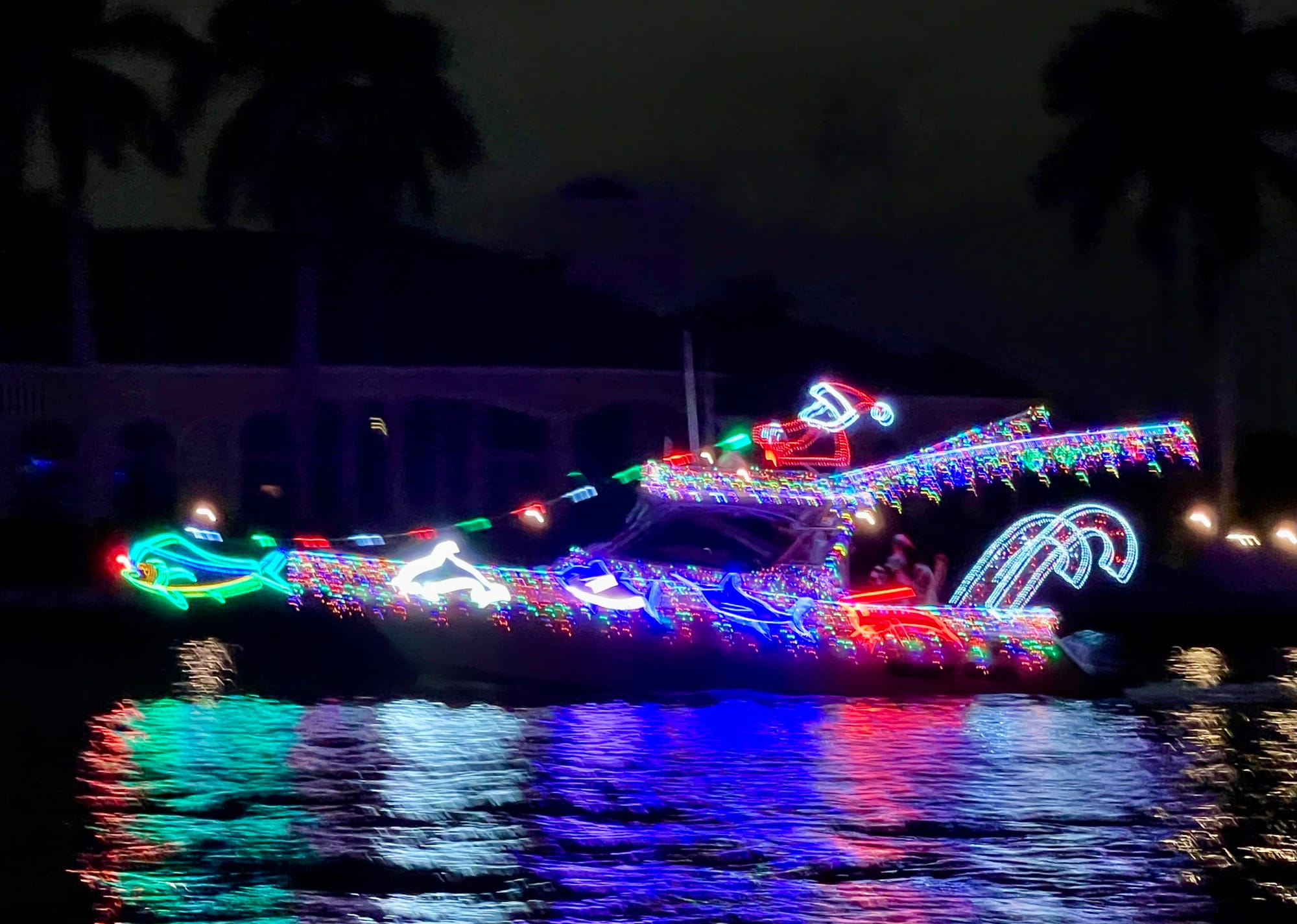
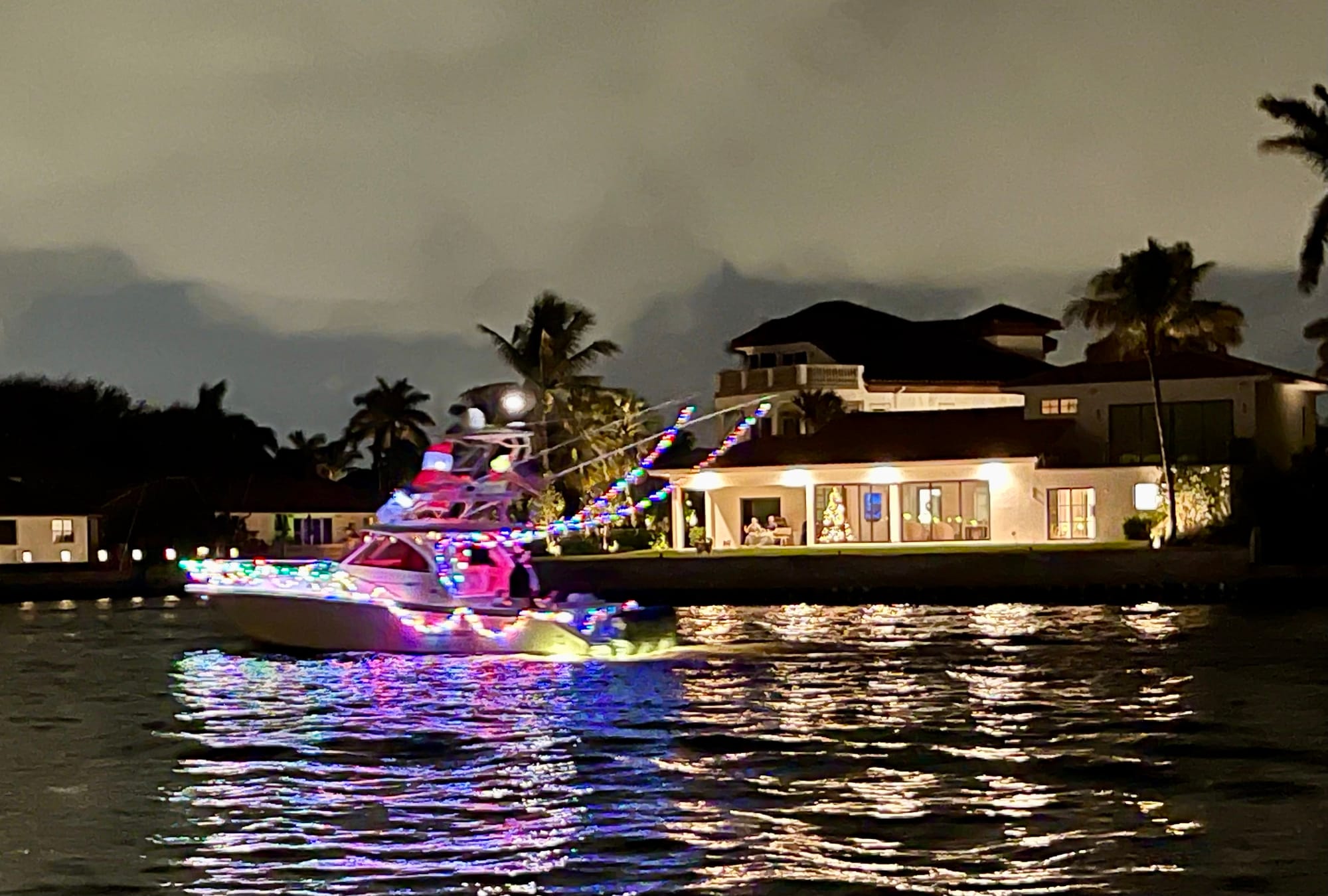
"BOYS" and Clay's
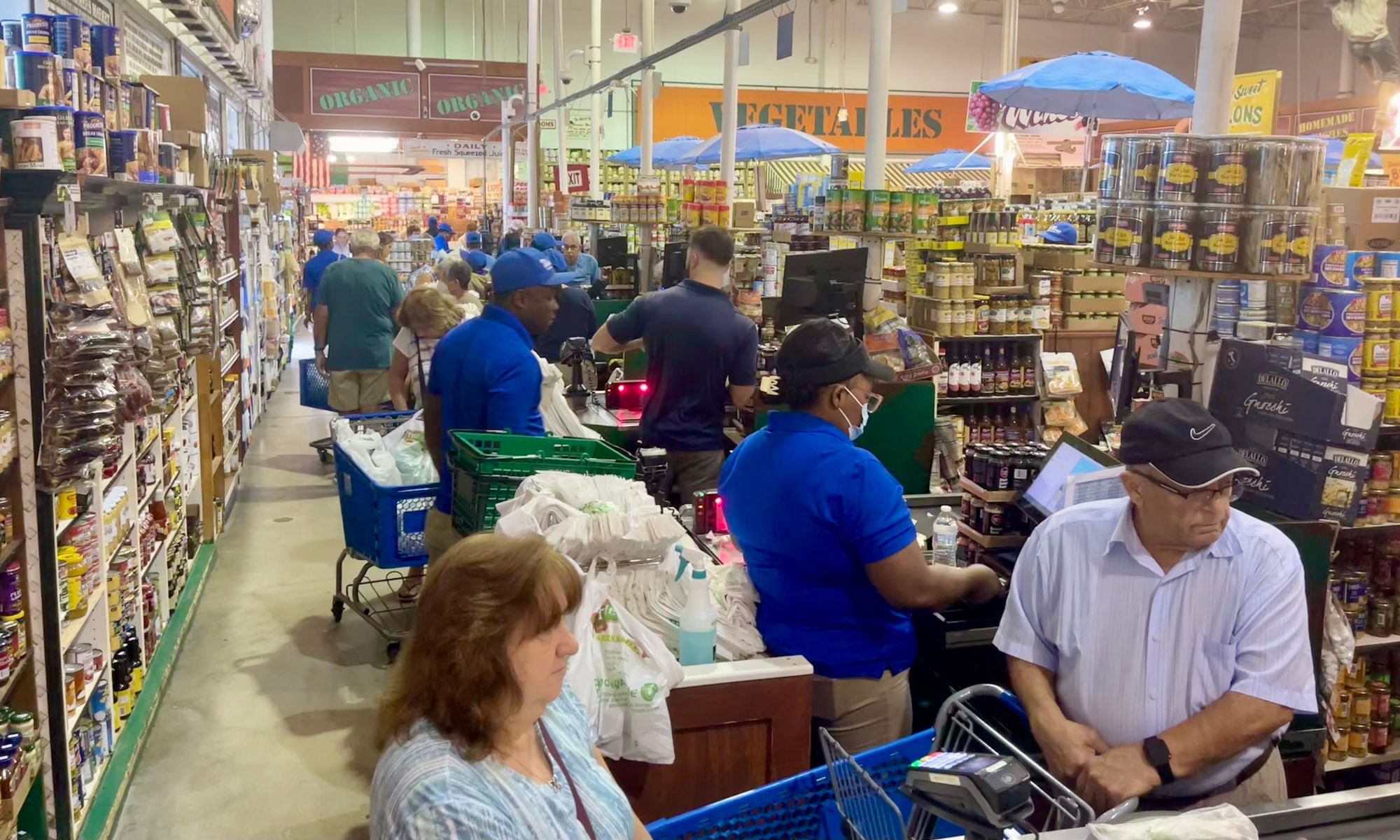

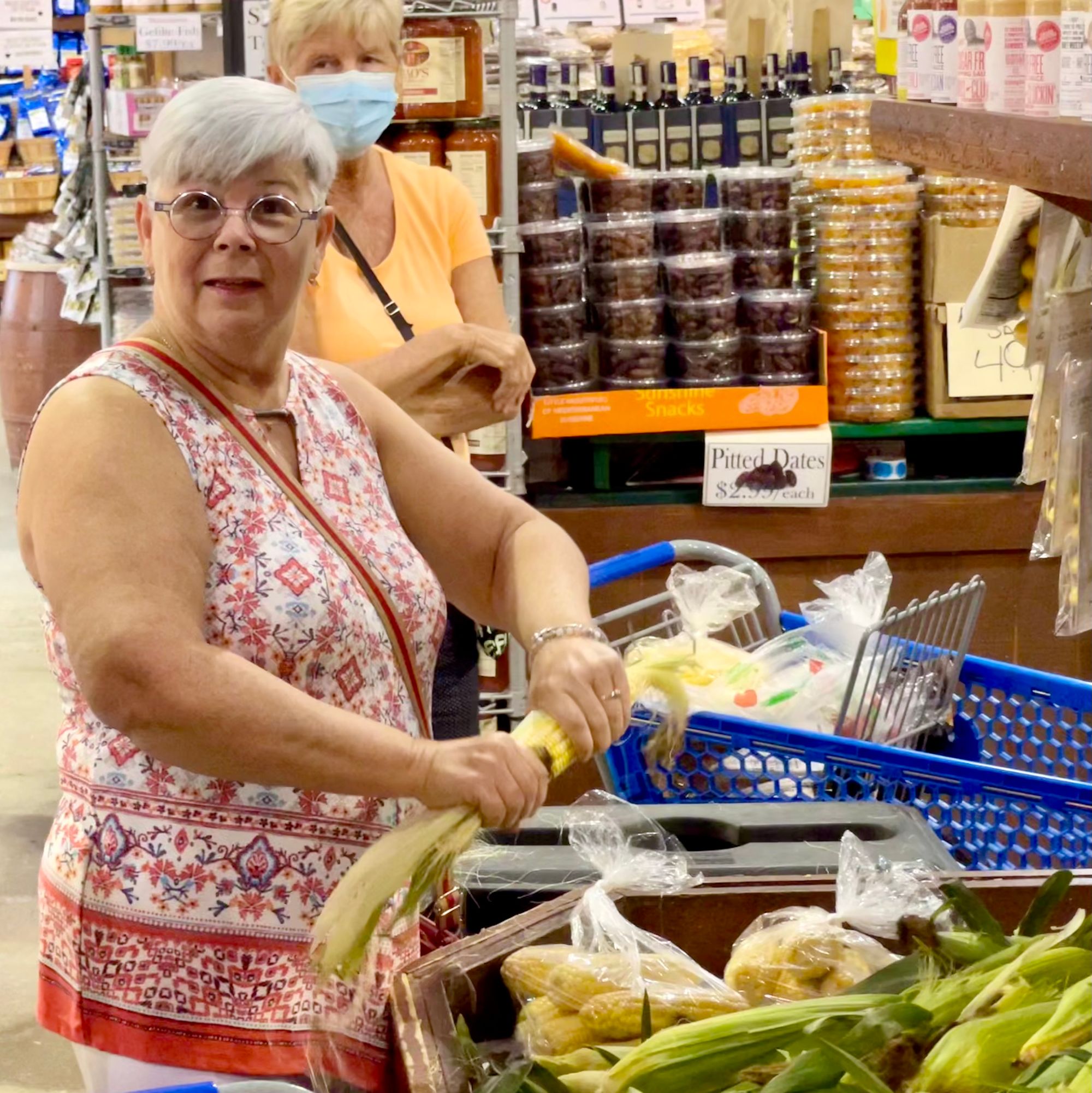
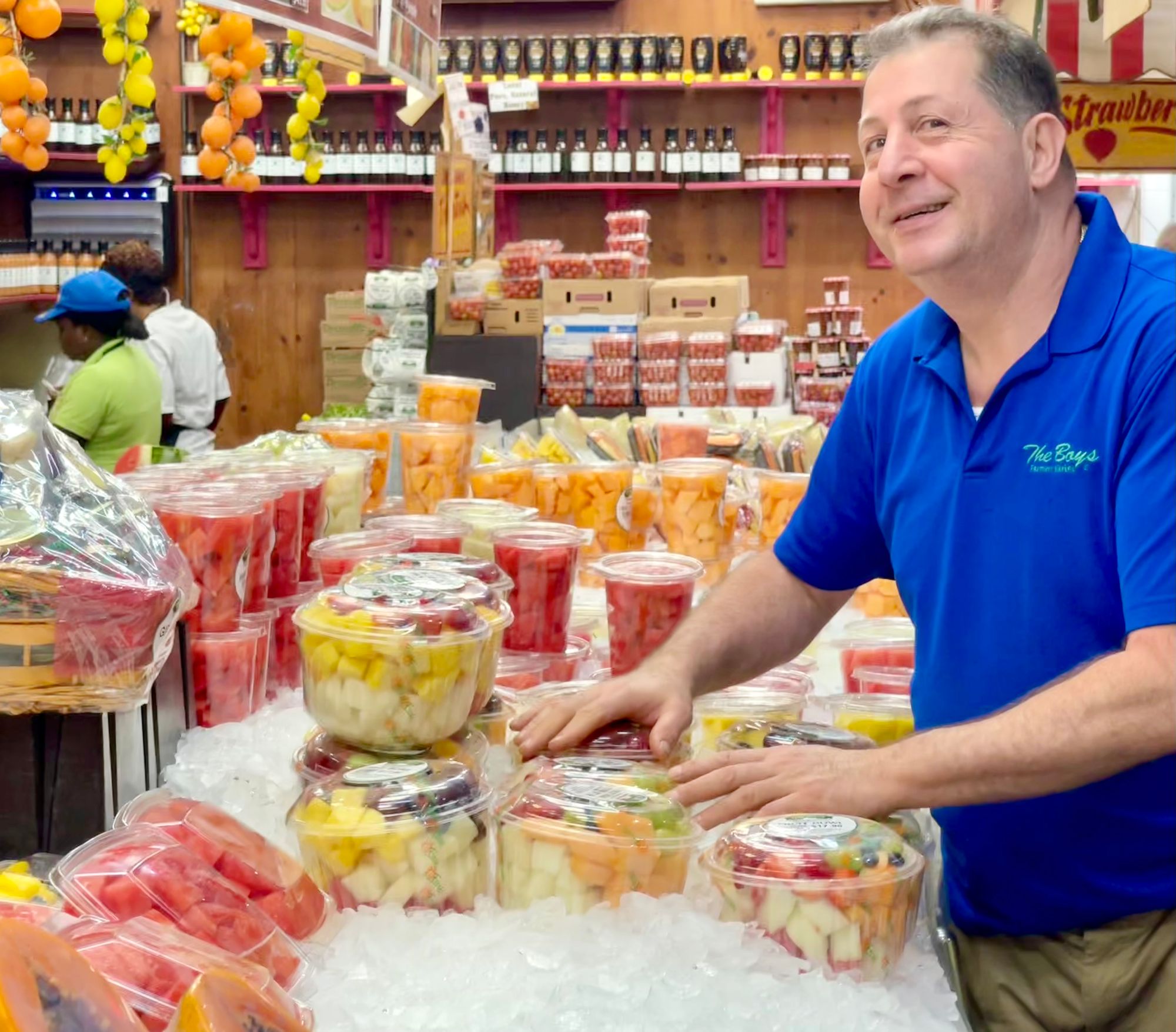
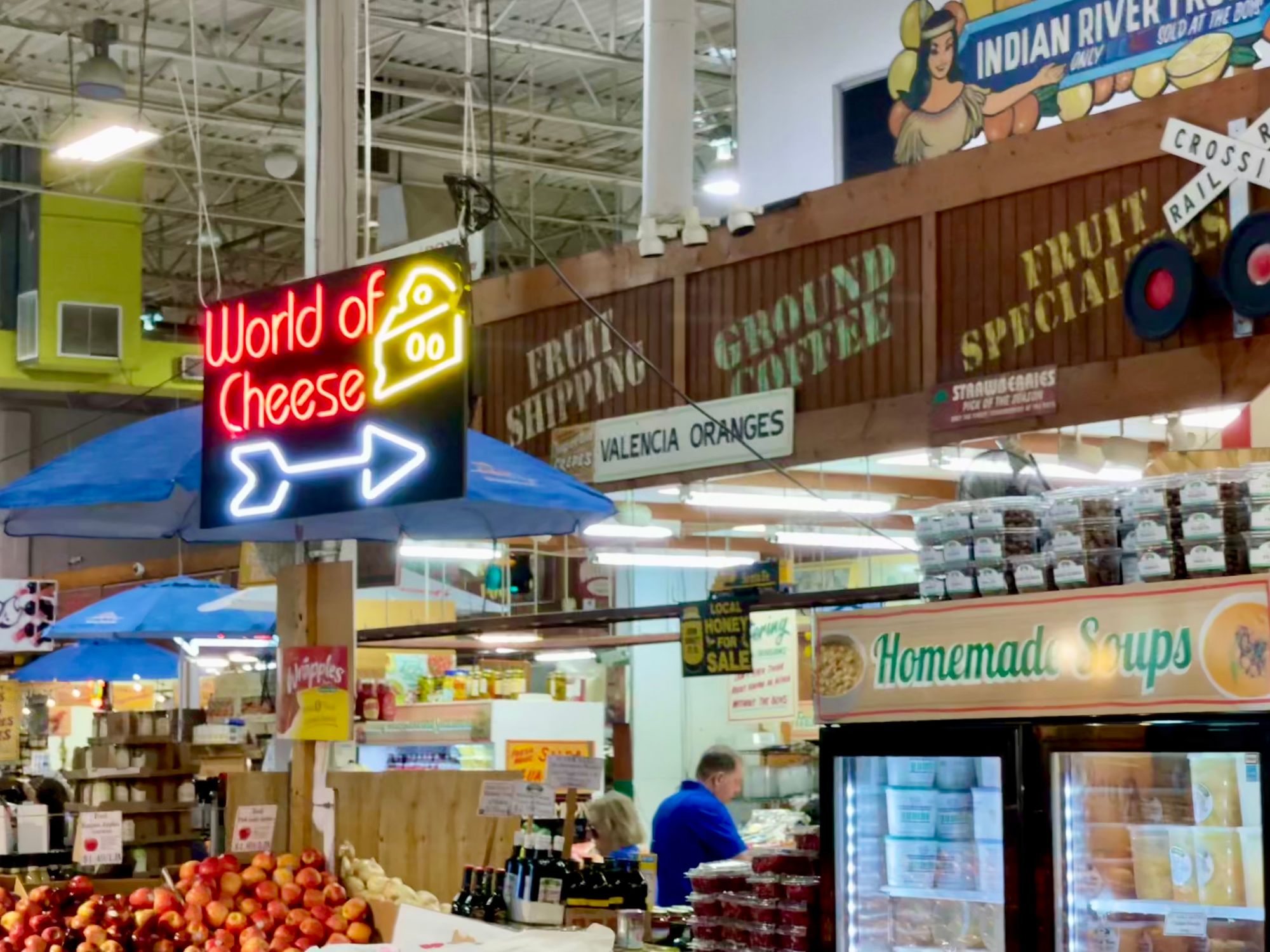
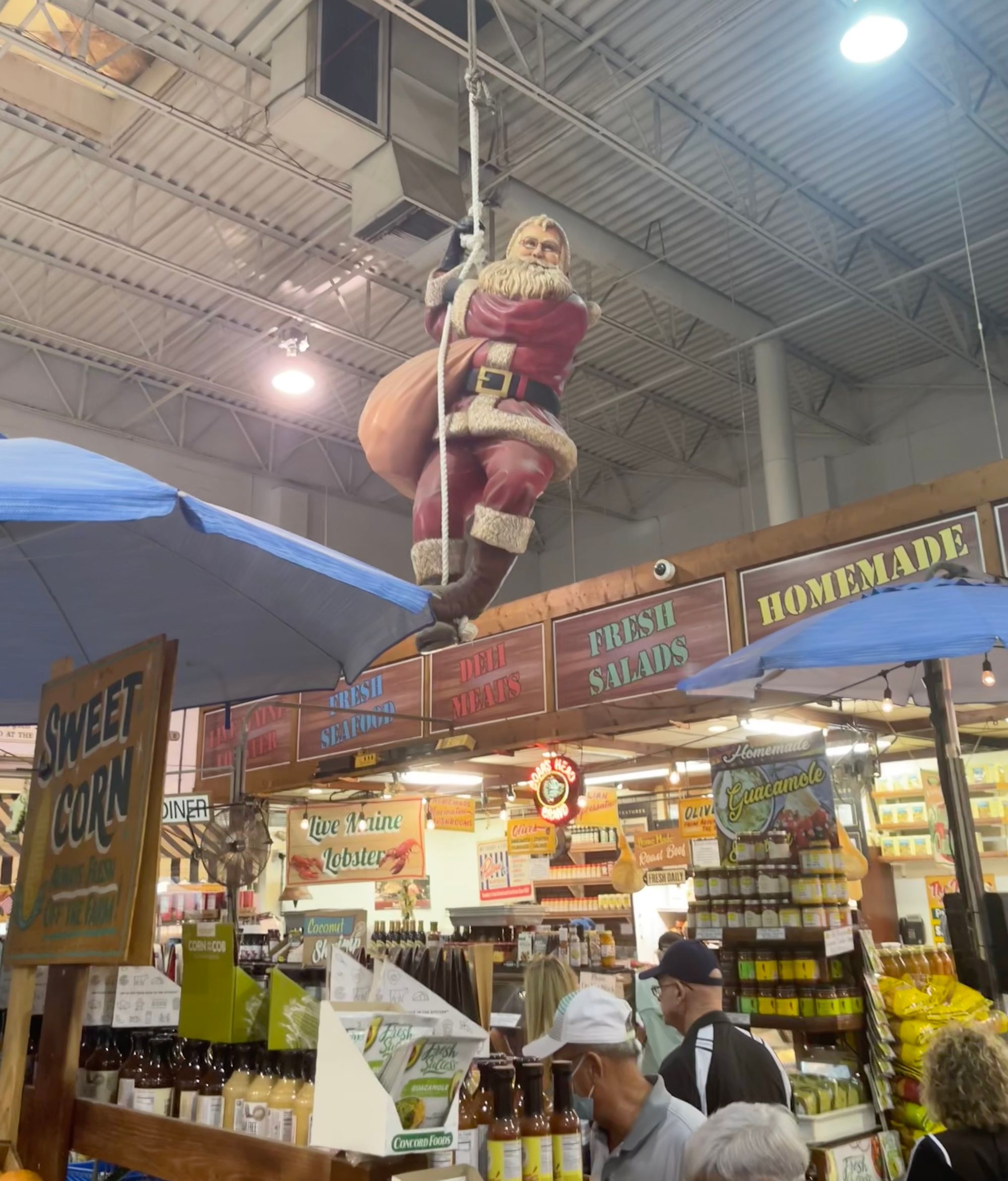
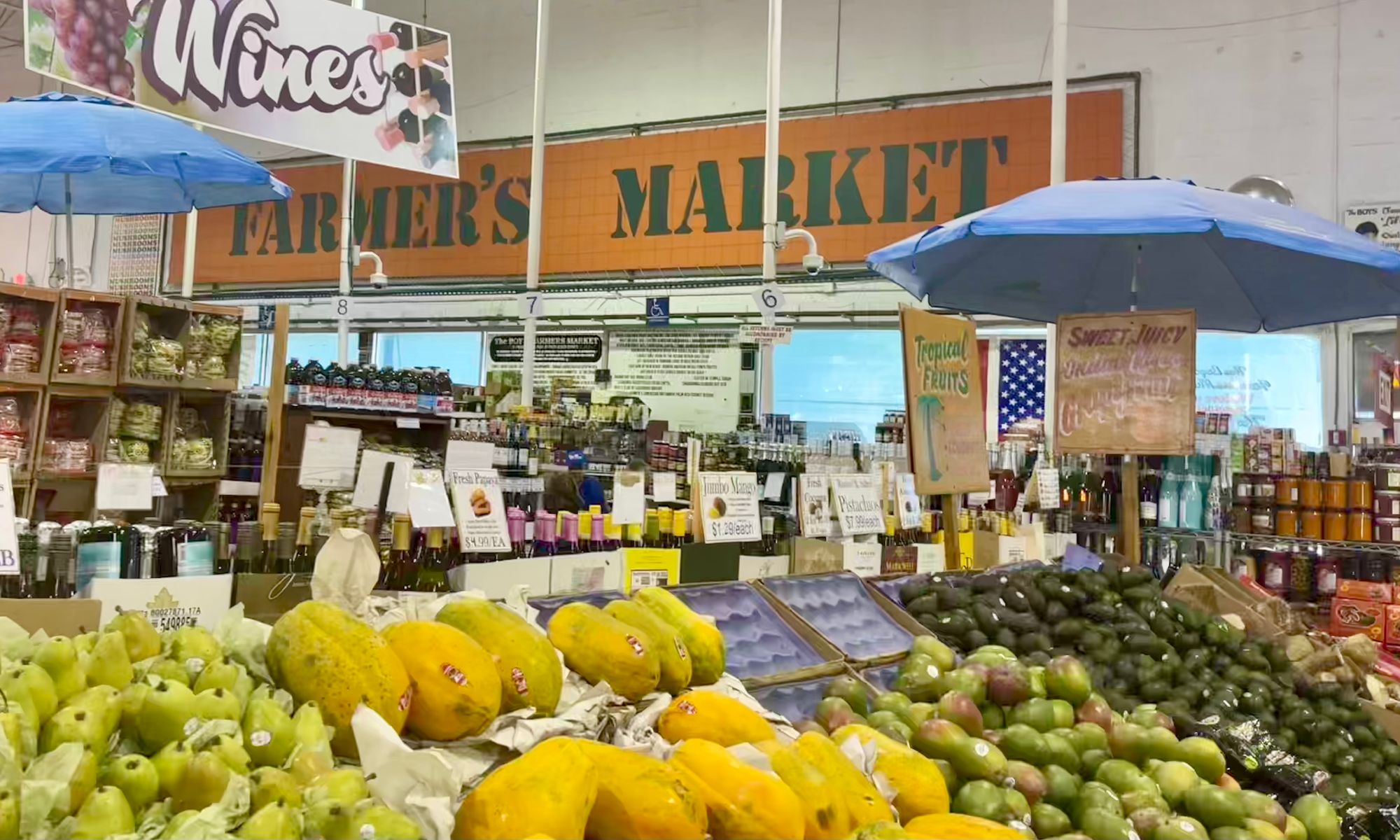
Clay and Sons
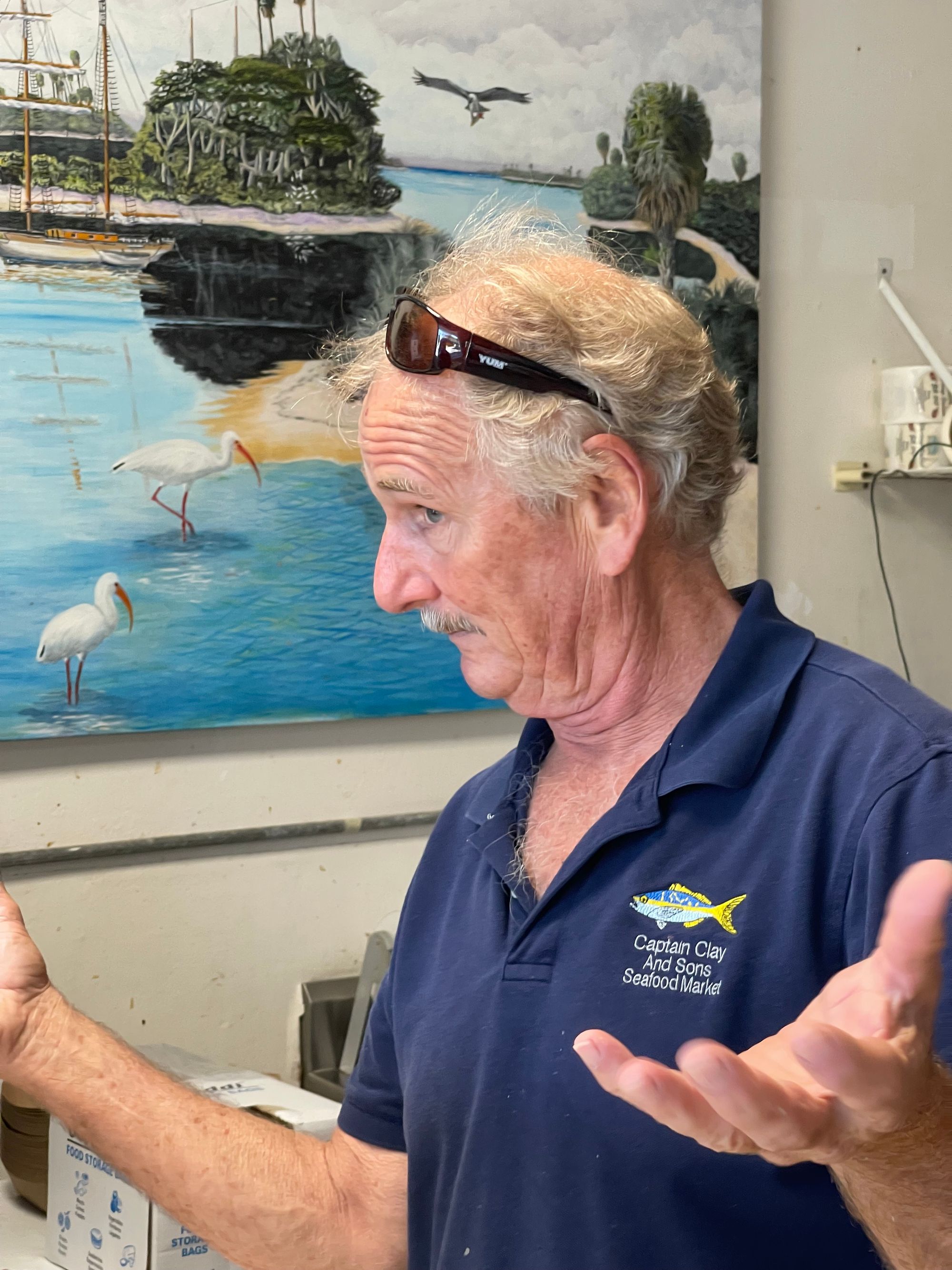
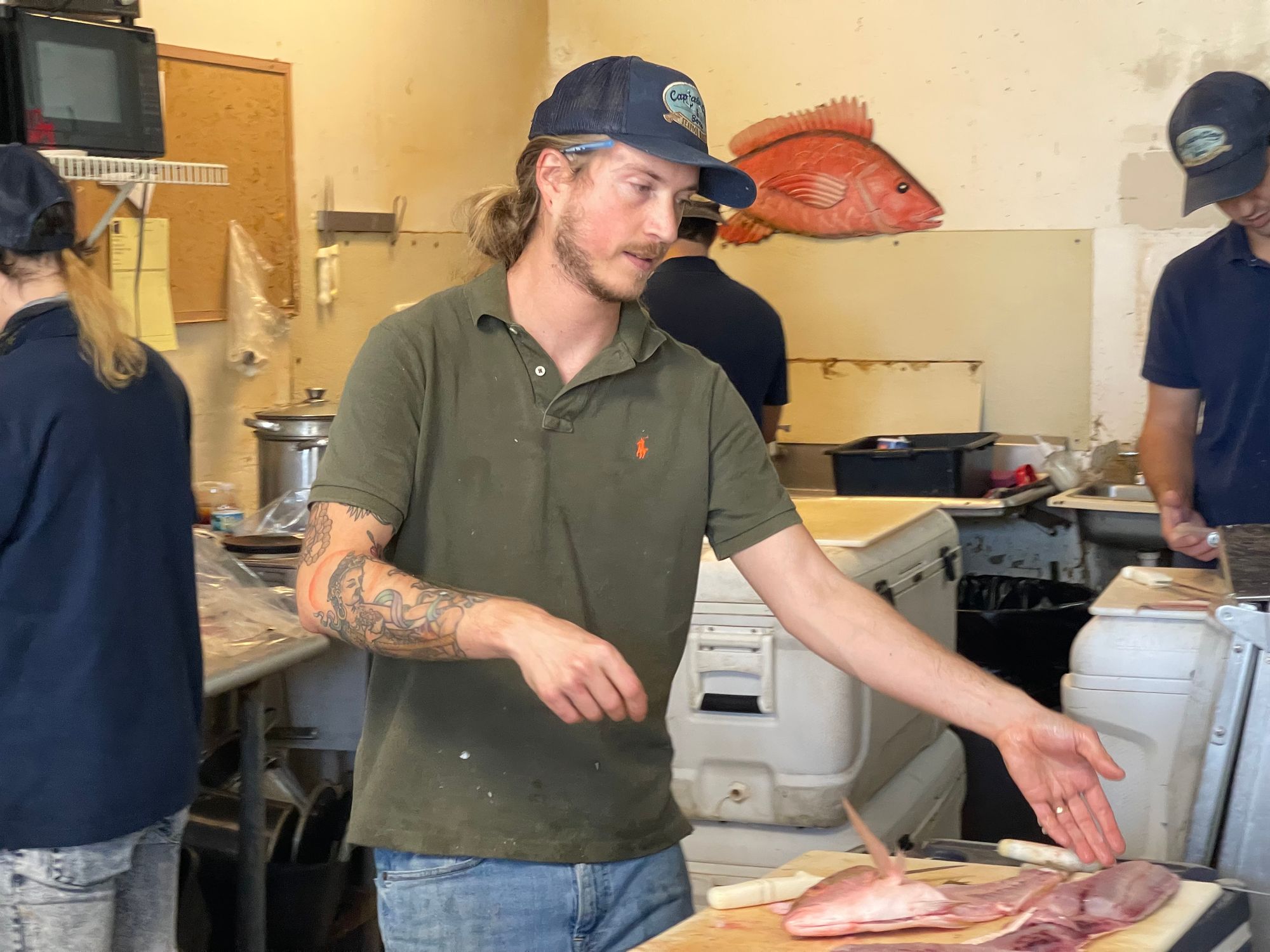
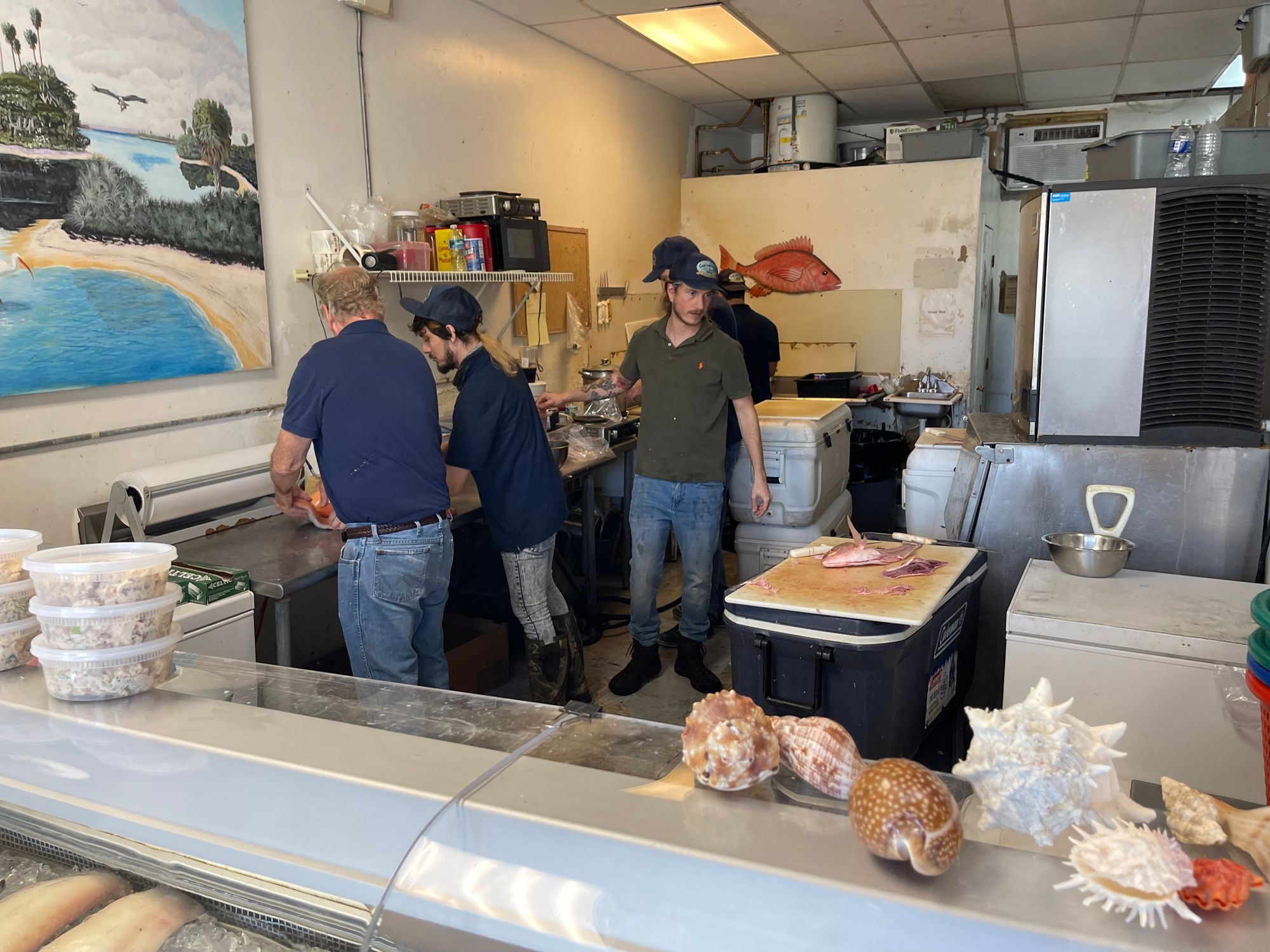
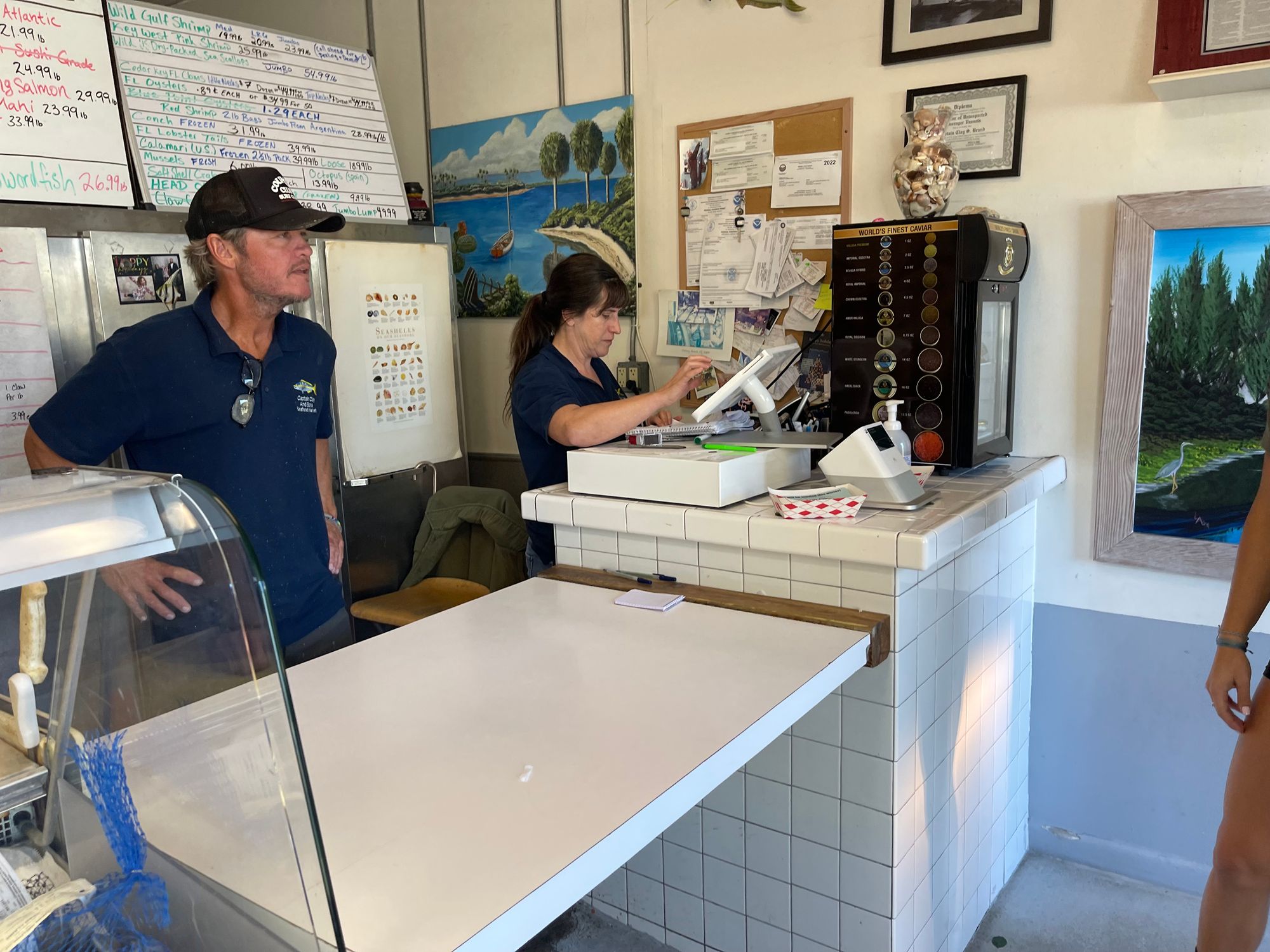
Annual Events on Atlantic
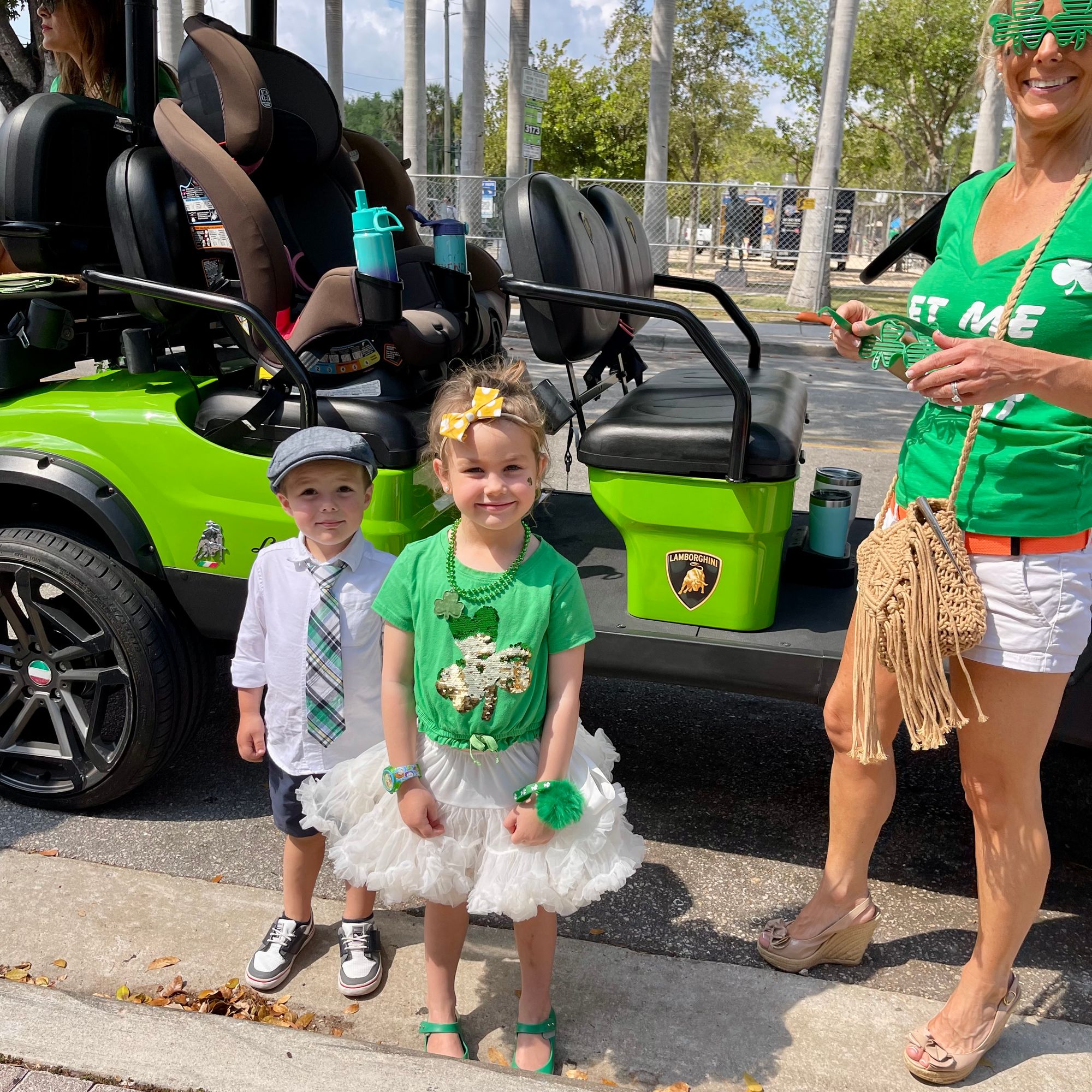
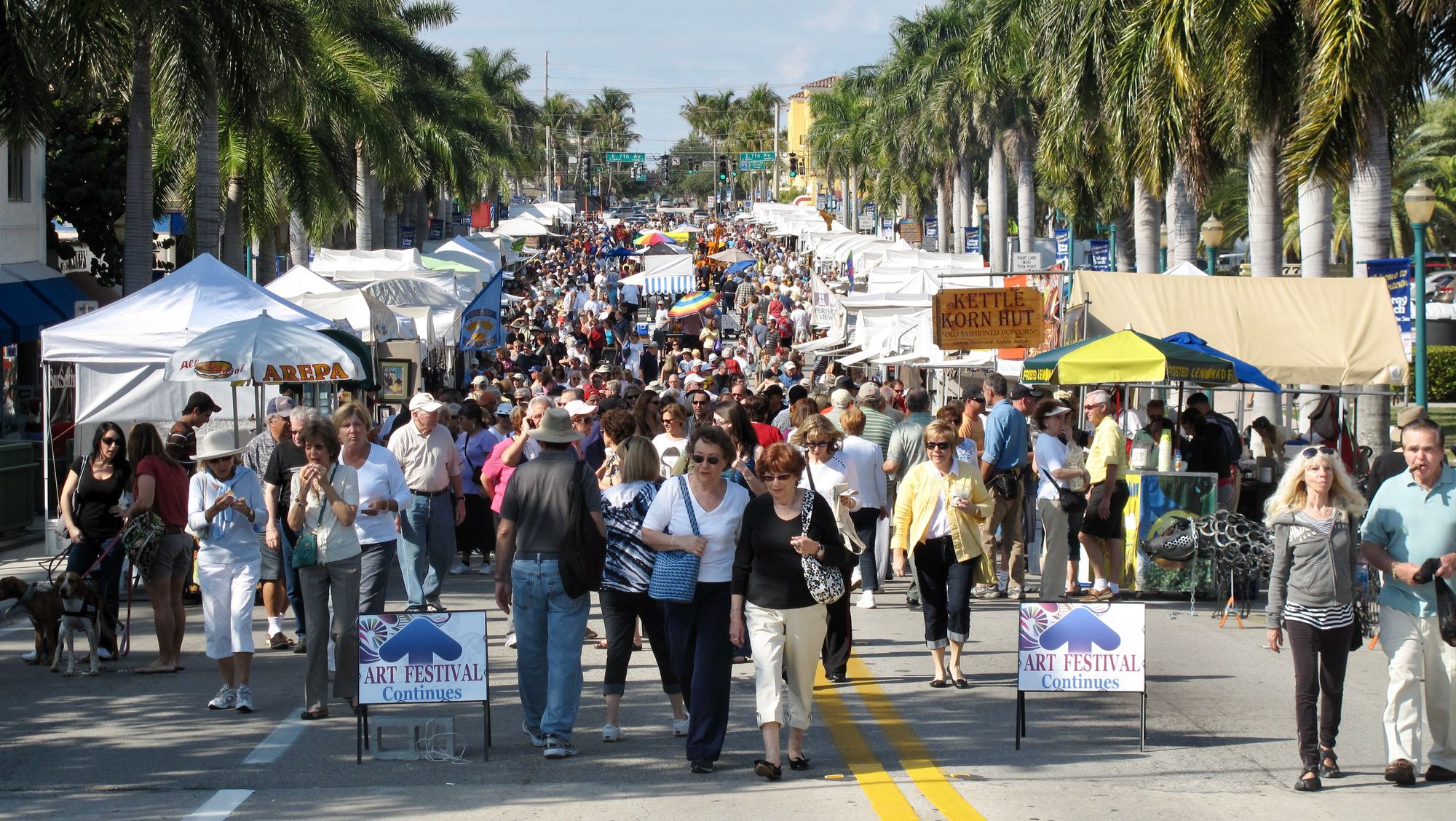
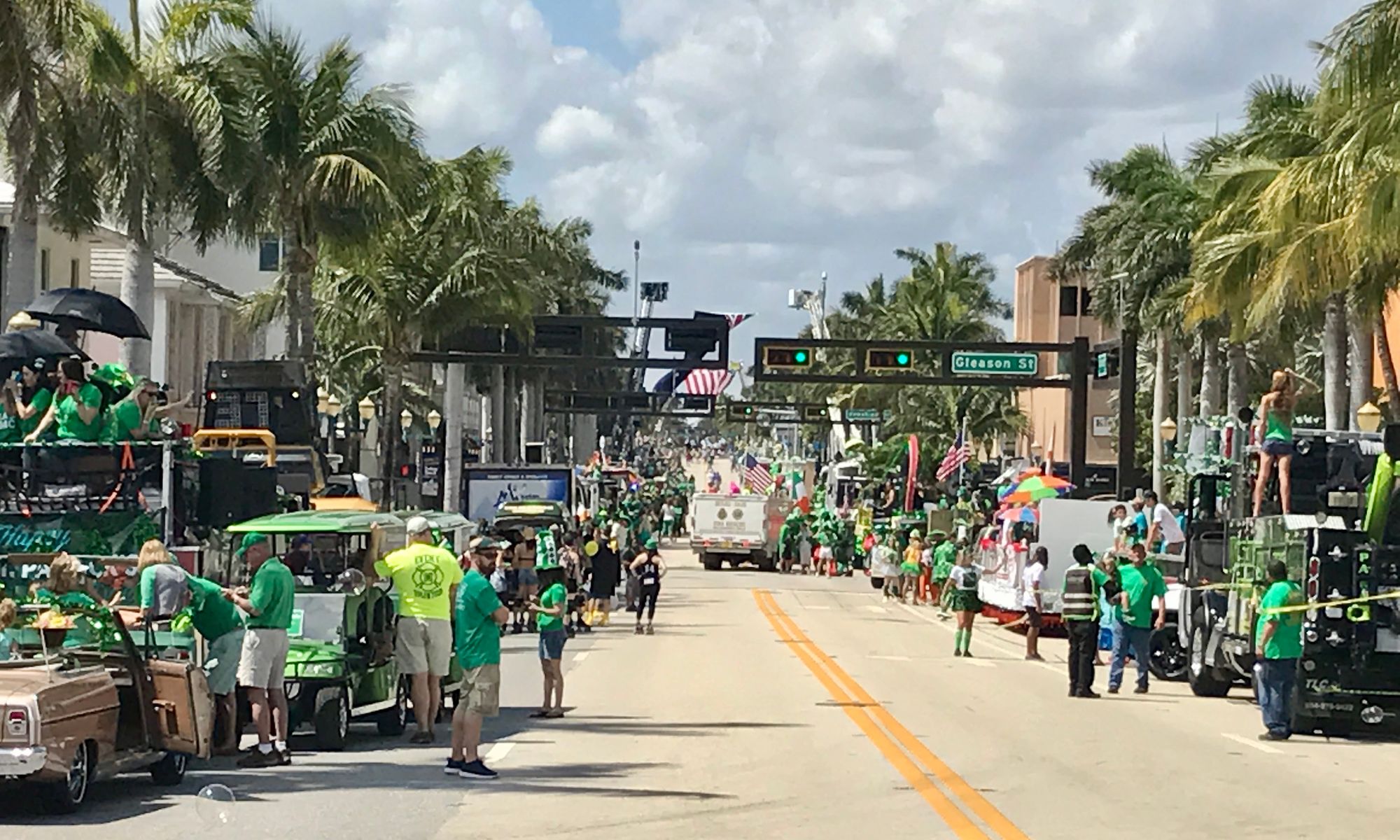
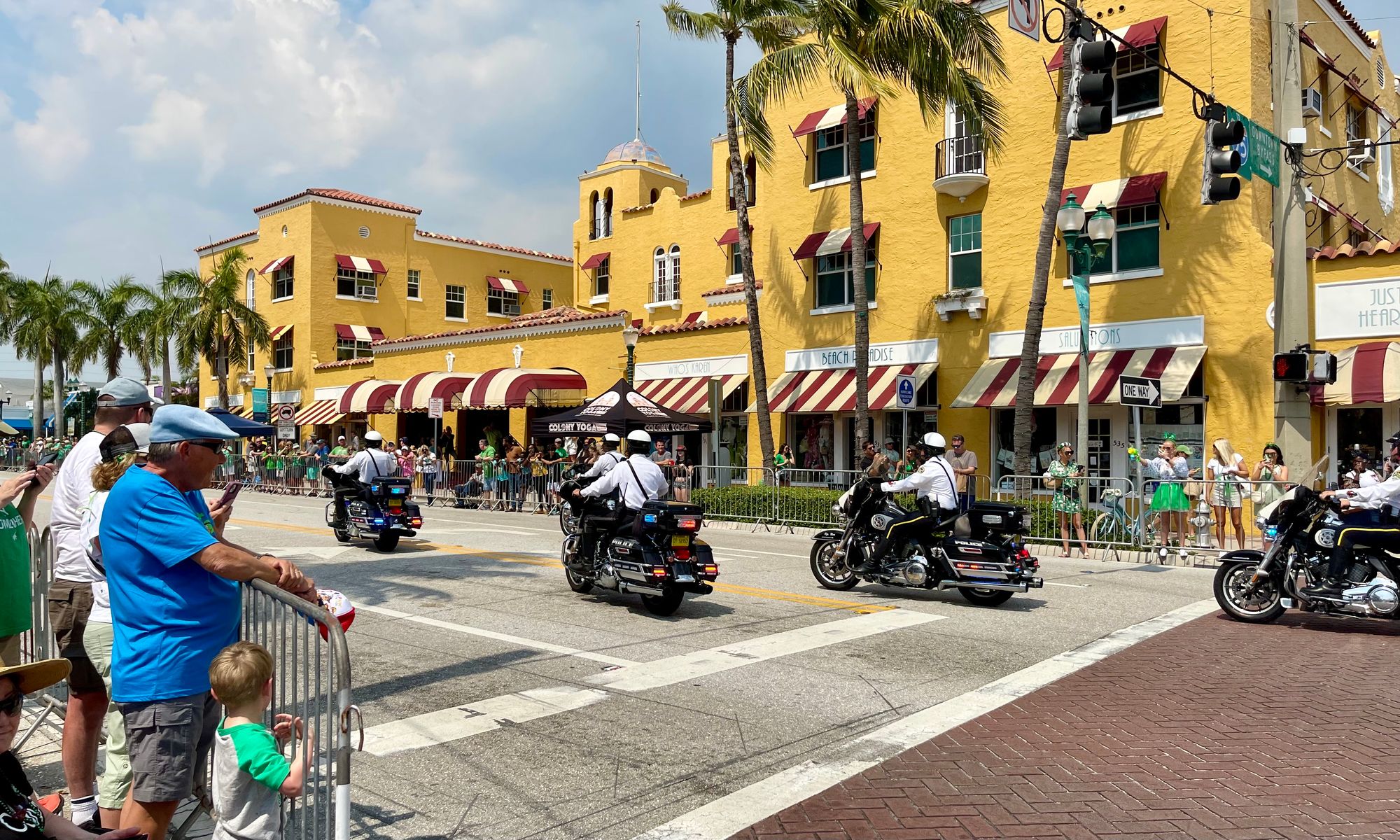
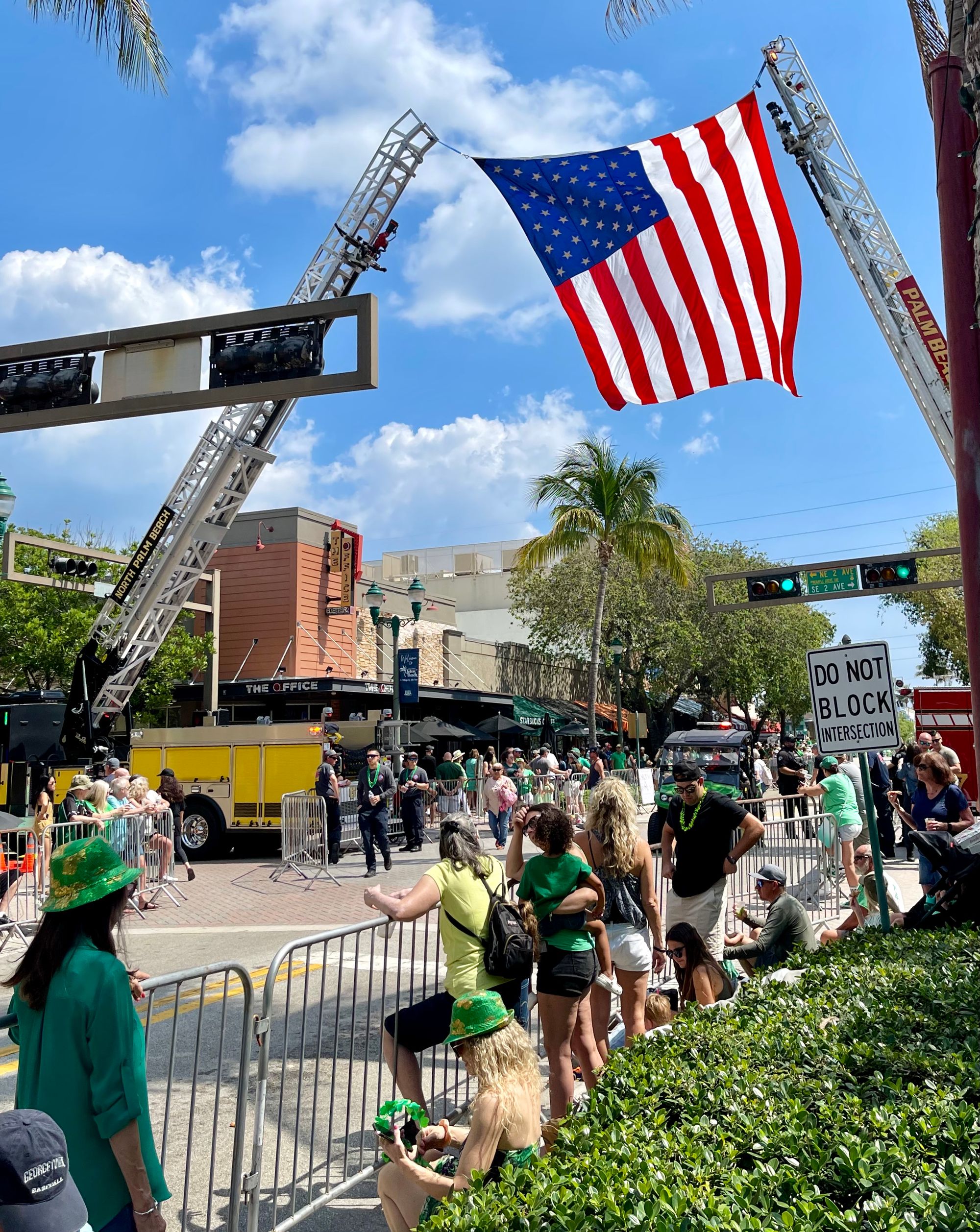
What We Have Lost
The shift towards car-centric design has taken much from Delray and many other towns and cities like it. It was only recently, the last 5 or so years, that we have lost some of our most precious assets. Car culture has made streets wider and sidewalks narrower, it has favored big box stores over local businesses, it has turned precious public spaces into parking lots, it has transformed historic neighborhoods full of charming, unique houses into chains of generic buildings dominated by garage doors. Car culture feels reminiscent of a cancer that gradually grows and destroys healthy, thriving, community life. If we don't make an effort to limit and reverse its expansion, it may kill everything we hold dear.
Below are a few precious places we have already lost.
Newsstand and Trouser Shop
Nancy and Dick were the mainstay on Main Street. They knew everyone and everything that was going on. They were a Delray treasure. They can't be replaced.
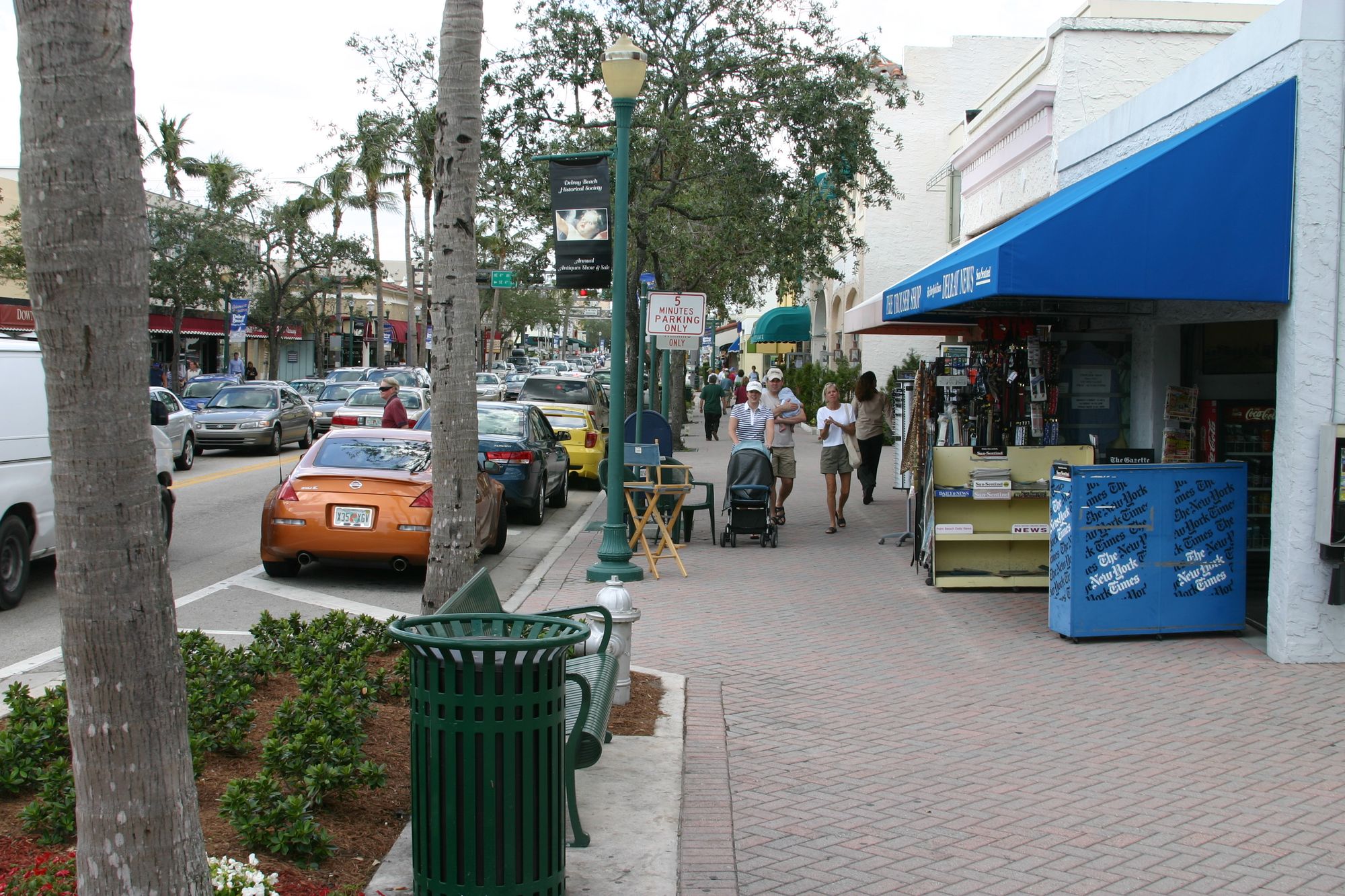
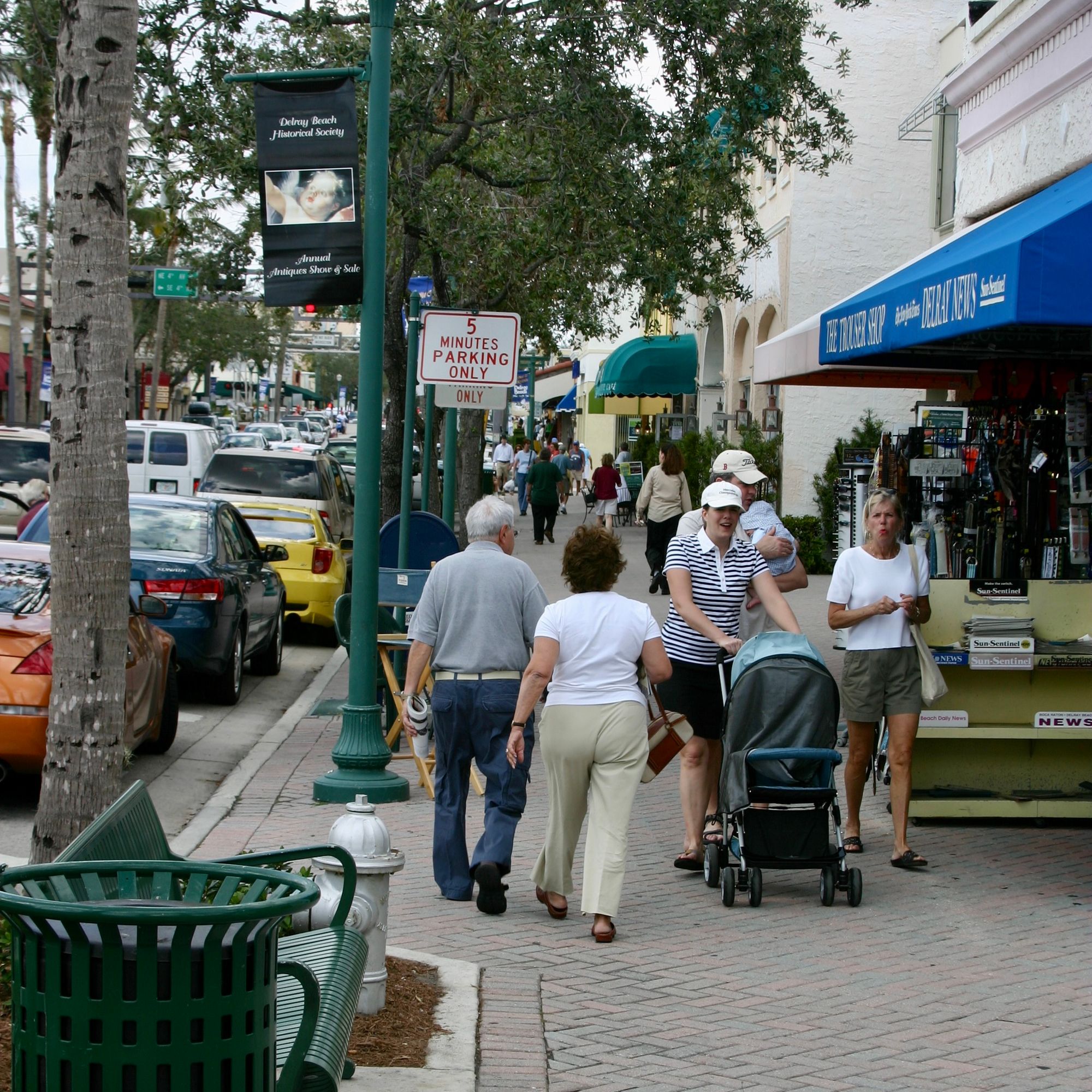
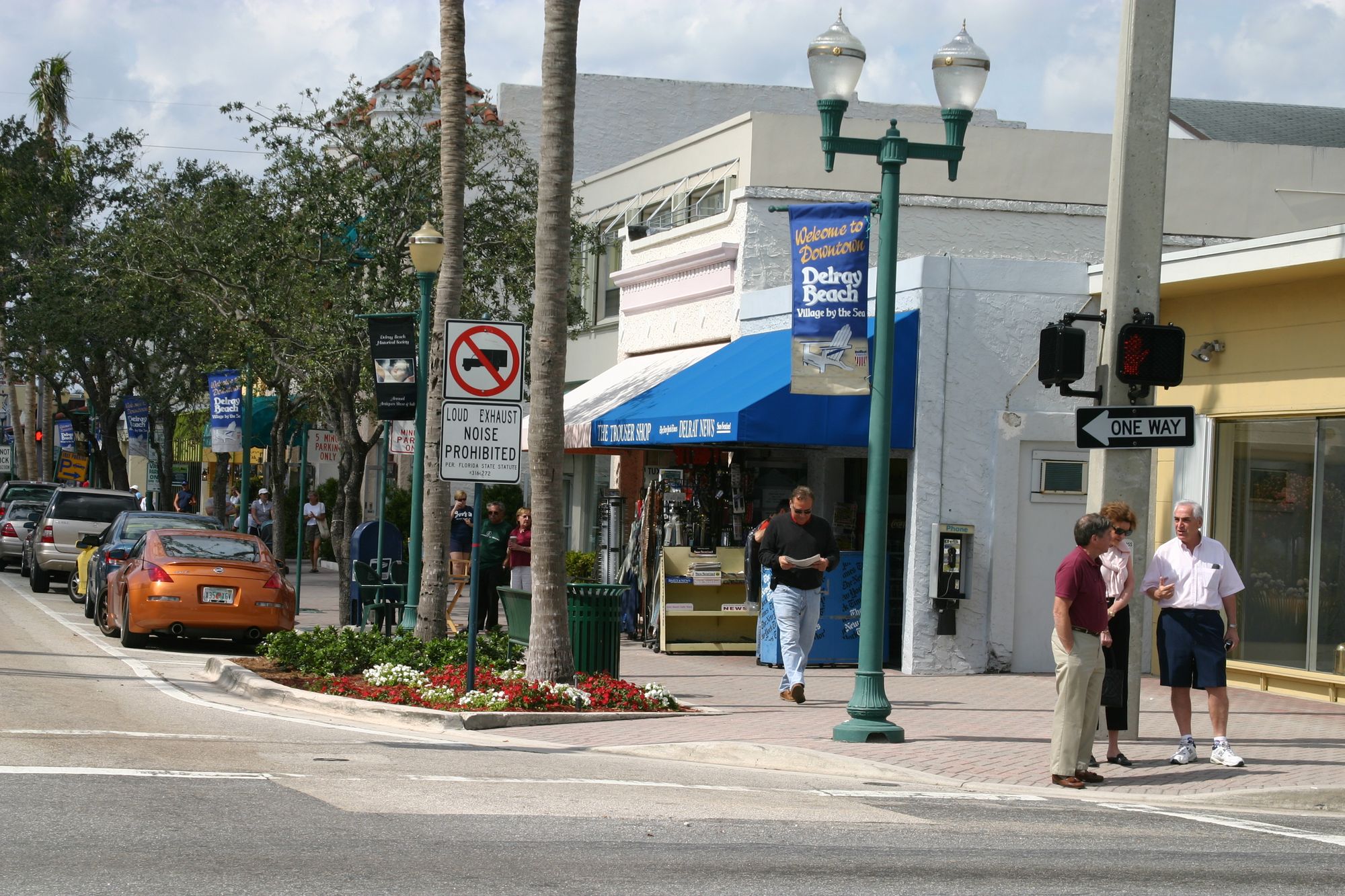
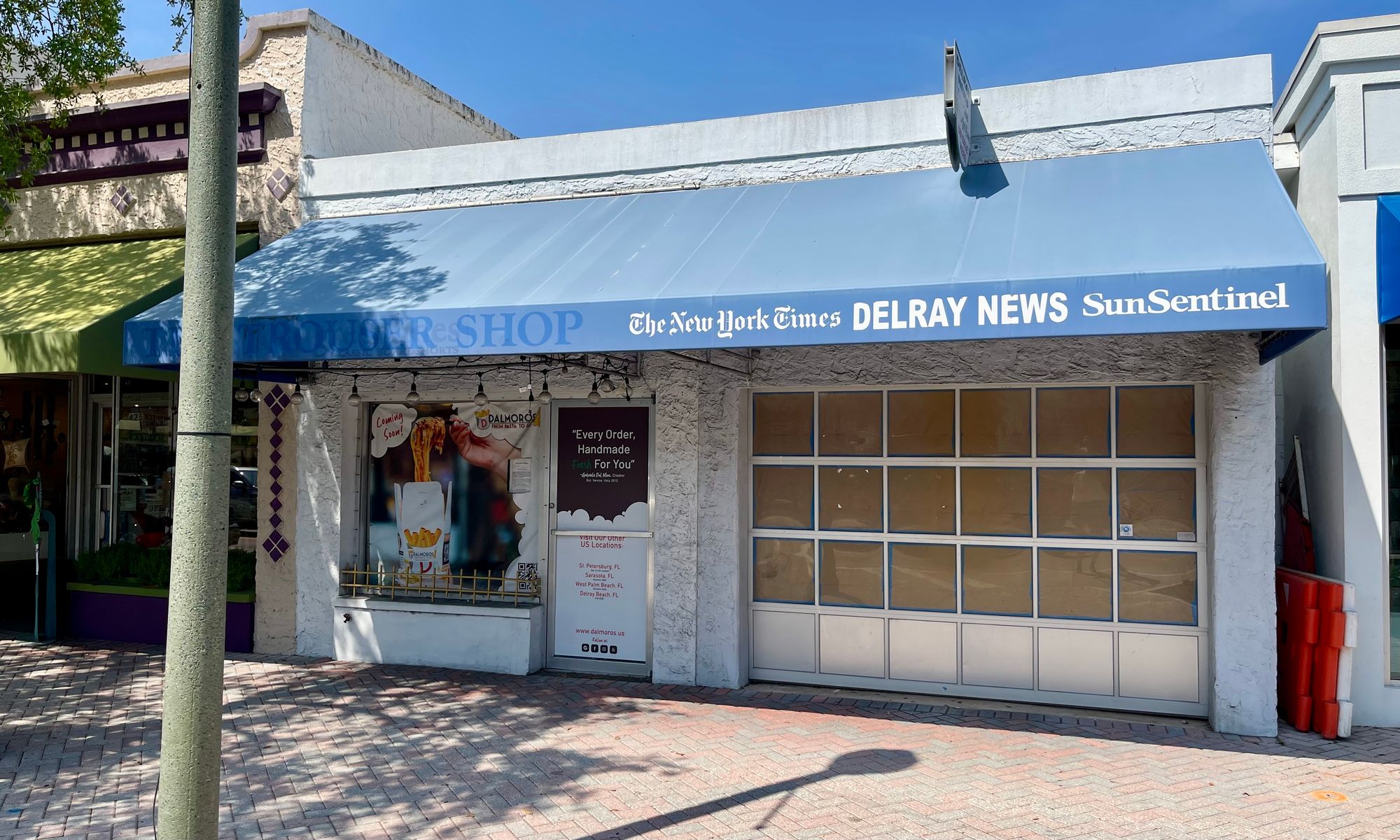
Ace hardware store
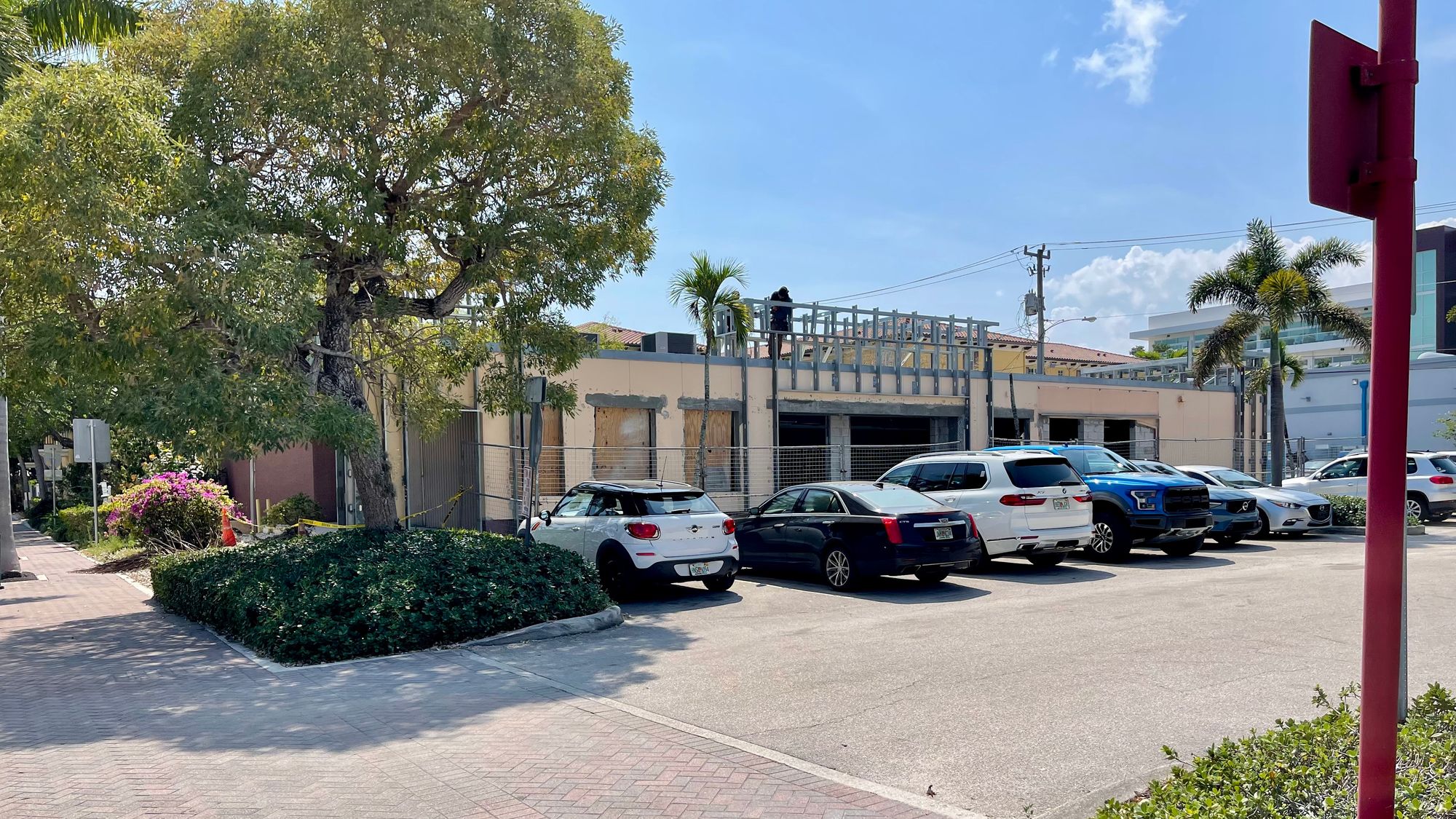
Book Store
Mystery Book Store On Atlantic and previously in Pineapple Grove were beloved destinations. Now there are no bookstores or newsstands in downtown.
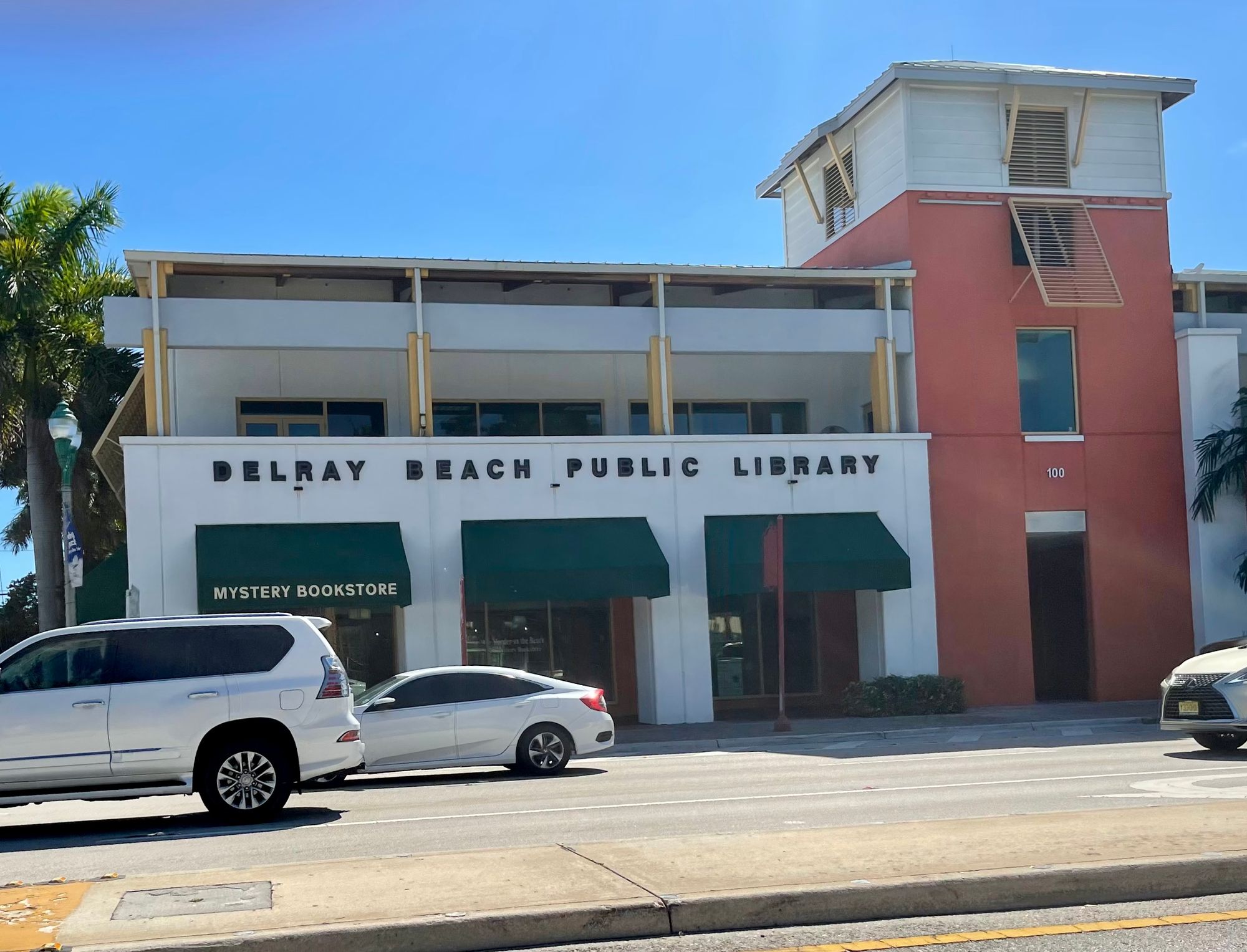
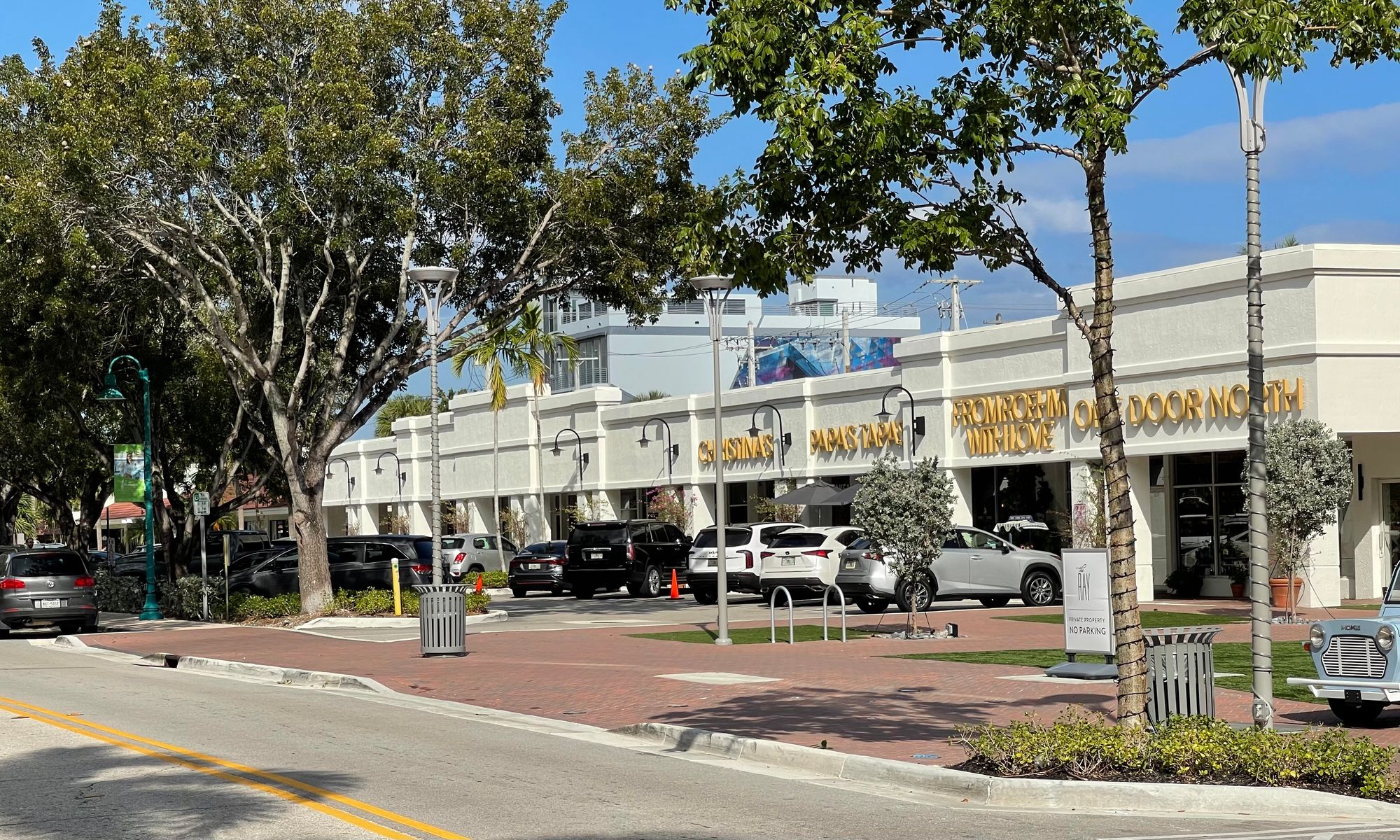
These were sad losses for us. We would ride our bikes downtown to get the paper and our daily fish from Clay's and often stop by the Mystery Book store to see if any of our favorite authors had newly published books. We could get anything we needed from the "full service" hardware store. There were people standing at the entranceway to guide you to whatever you needed and more importantly tell you how to install it. Try going to one of the big box stores these days – people may be helpful, but nothing like those at a beloved local place like Ace Hardware who really understood the community.
Local businesses are so wonderful because they are run by people who care about the neighborhood and about their neighbors. Losing them means losing the soul of a place. Cars and car culture threaten to take away not only places we love but everything that makes our places valuable to us – the atmosphere, the social life, the culture. The way to protect them is to not let cars encroach beyond the bounds of what is absolutely necessary. The more space for people and the less for cars, the more communities like Delray Beach can thrive. That is what we need to work towards.
Who We Are
Kathy has been coming to Delray for 68 years and Fred for 25. Delray Beach is our second home. We are the founders of the Placemaking movement which has had a major impact on the revitalization of cities around the world. Using what we have learned throughout our work, we would love to help our beloved Delray move towards a bright future.
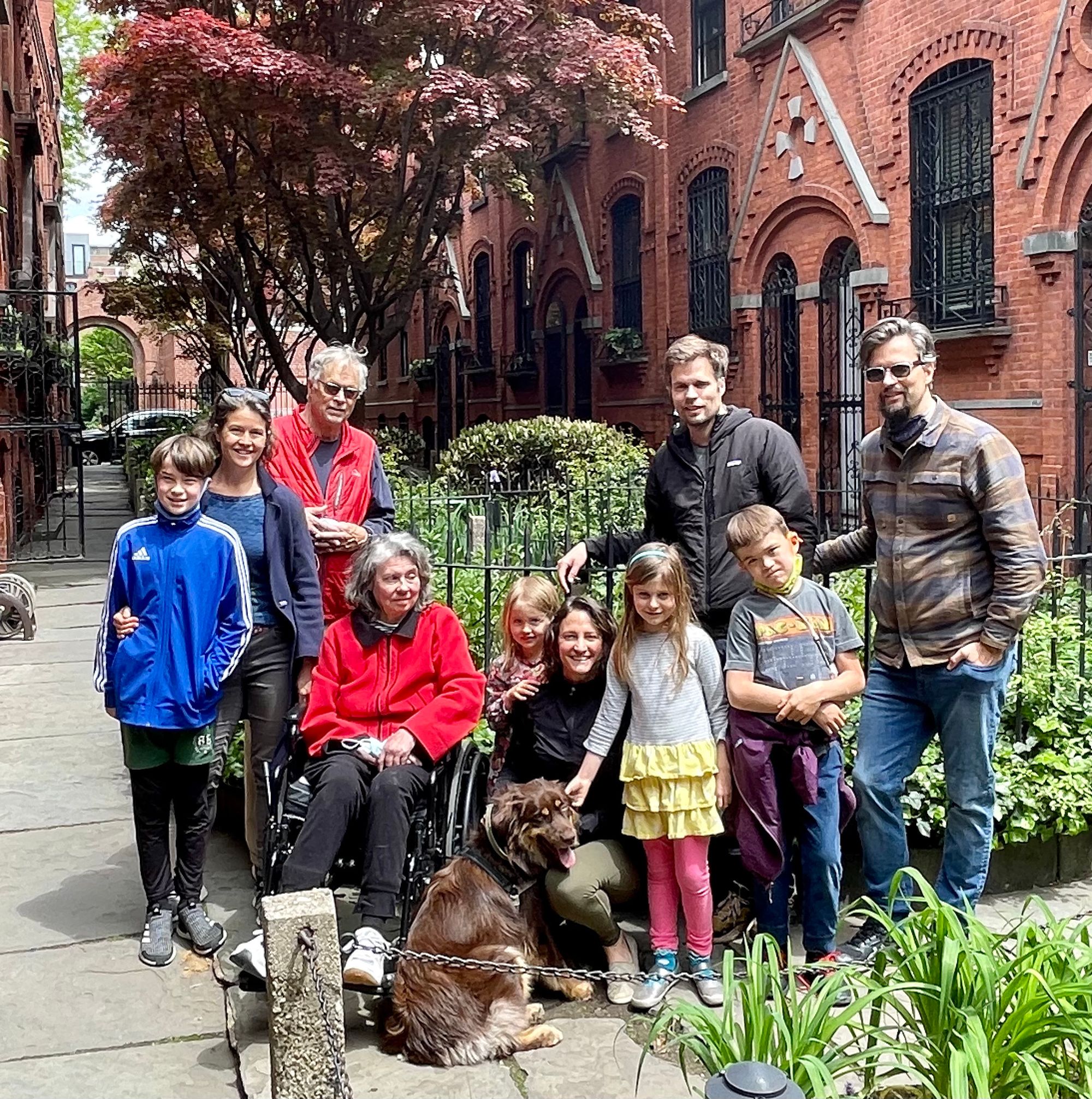
Our main home is in Brooklyn where our two sons and their families live in a walkable neighborhood, Cobble Hill and in an even smaller community within a community which is described as a "Pocket Neighborhood." Our family thinks that it is the most livable small community in a larger neighborhood which reflects the values that Delray also once embraced.
The Foundation and Future of the Placemaking Movement
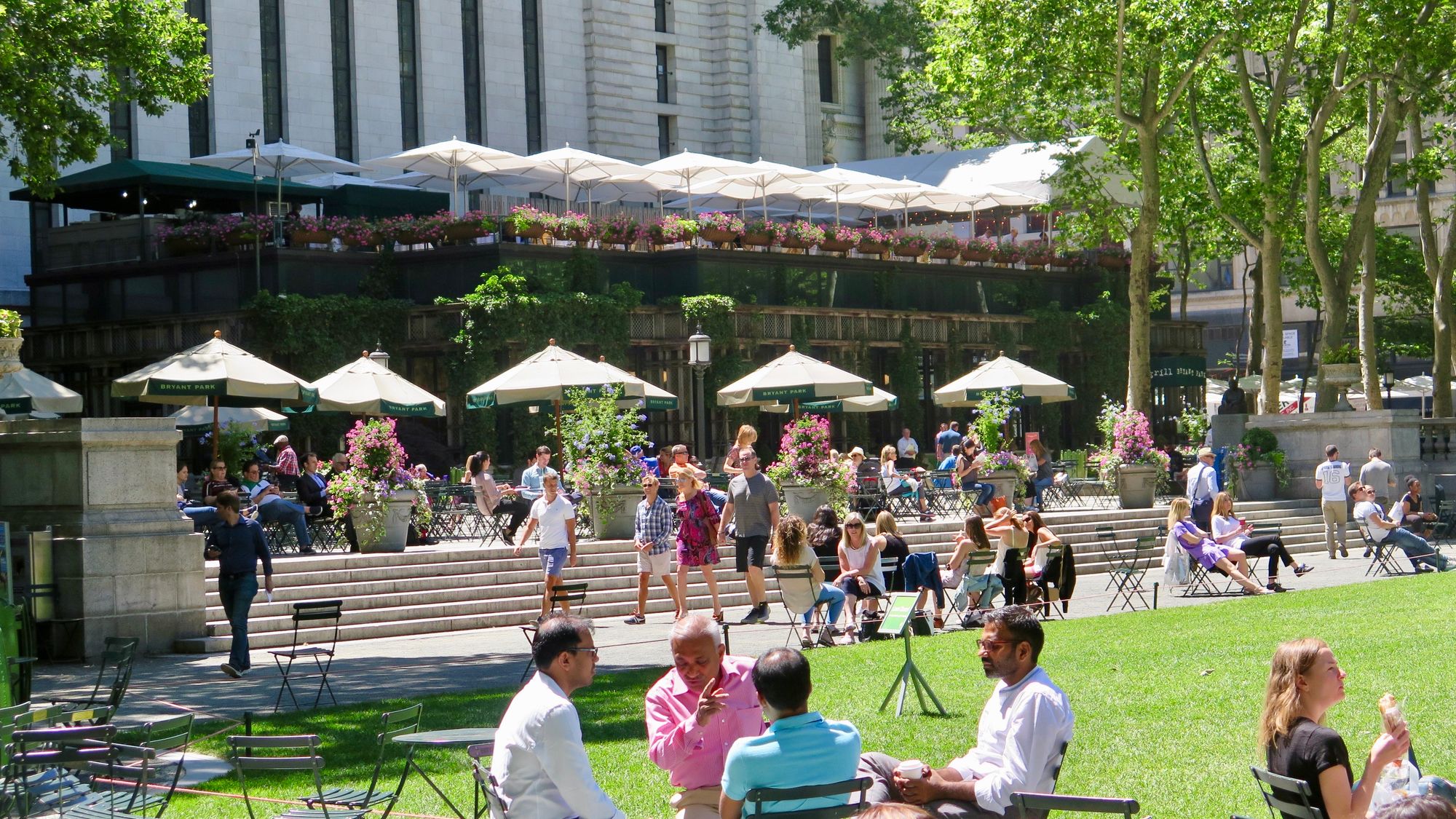
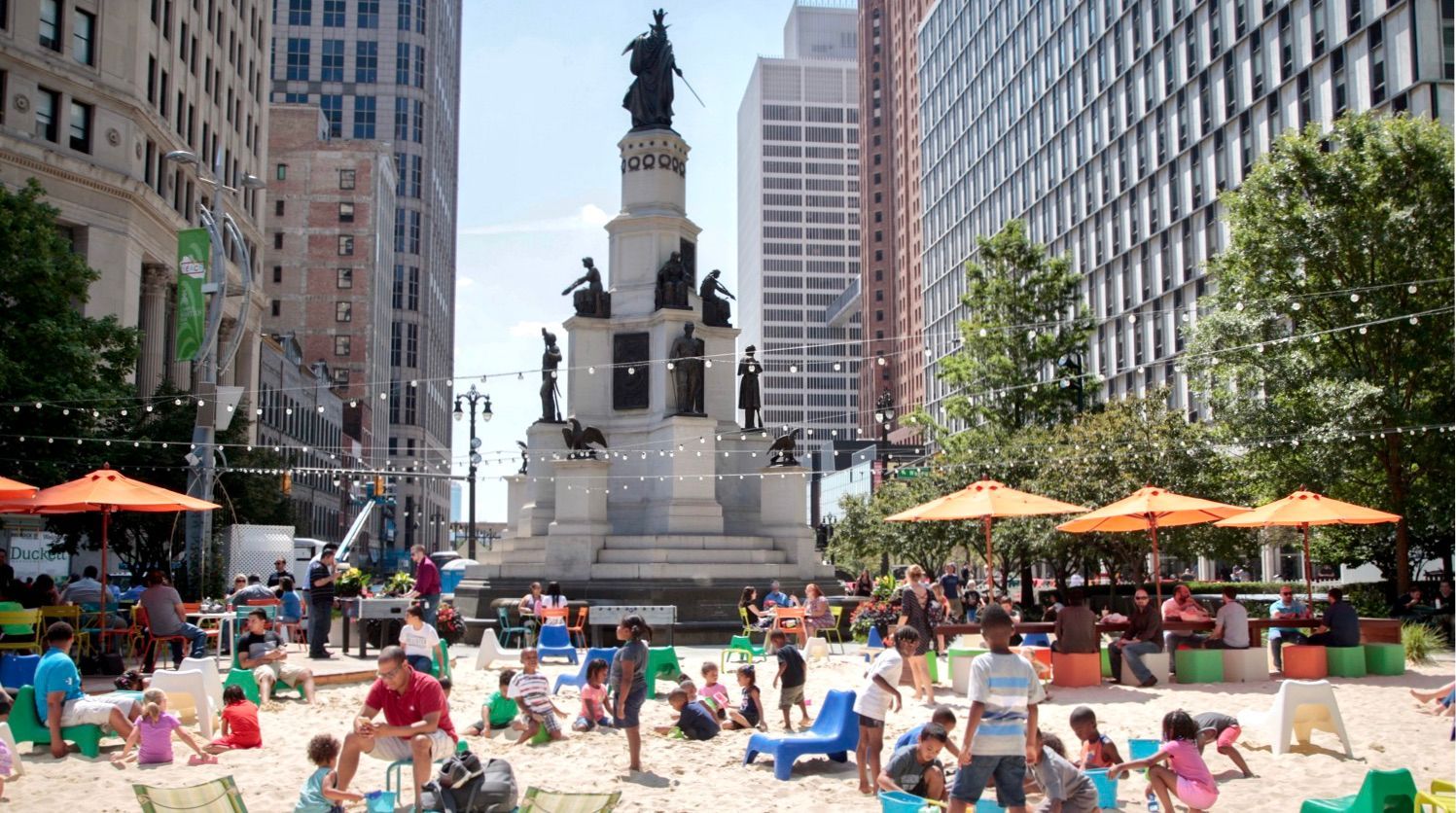
If you are interested in collaborating (articles, presentations, exhibits, projects, and more) or supporting the cause contact us.



